
Explore advanced paper sculpting techniques to create impactful, dimensional artworks inspired by nature or architecture
Dive into the world of paper art and papercraft through a comprehensive specialization that unlocks the creative and technical potential of paper as an artistic and narrative medium. Over six courses, gain expertise in sculpting, layering, cutting, and manipulating paper to craft vibrant artworks, installations, flower compositions, and immersive set designs. This program is perfect for artists, illustrators, crafters, and visual storytellers eager to master various techniques and build three-dimensional pieces, books, and decorative compositions—all using paper.
Learn from an array of talented instructors, including Jeffrey Nishinaka, Sarah Louise Matthews, Adrian & Gidi, Eileen Ng, Helen Friel, and Karishma Chugani. Each course offers a unique perspective and specialized skills, from creating stunning sculptures to designing whimsical set pieces. Ultimately, apply your newfound knowledge to create a cohesive collection of paper artworks or props that tell a story or evoke a theme. Embark on this creative journey and explore the endless possibilities of paper as an expressive medium.
What will you learn in this specialization?
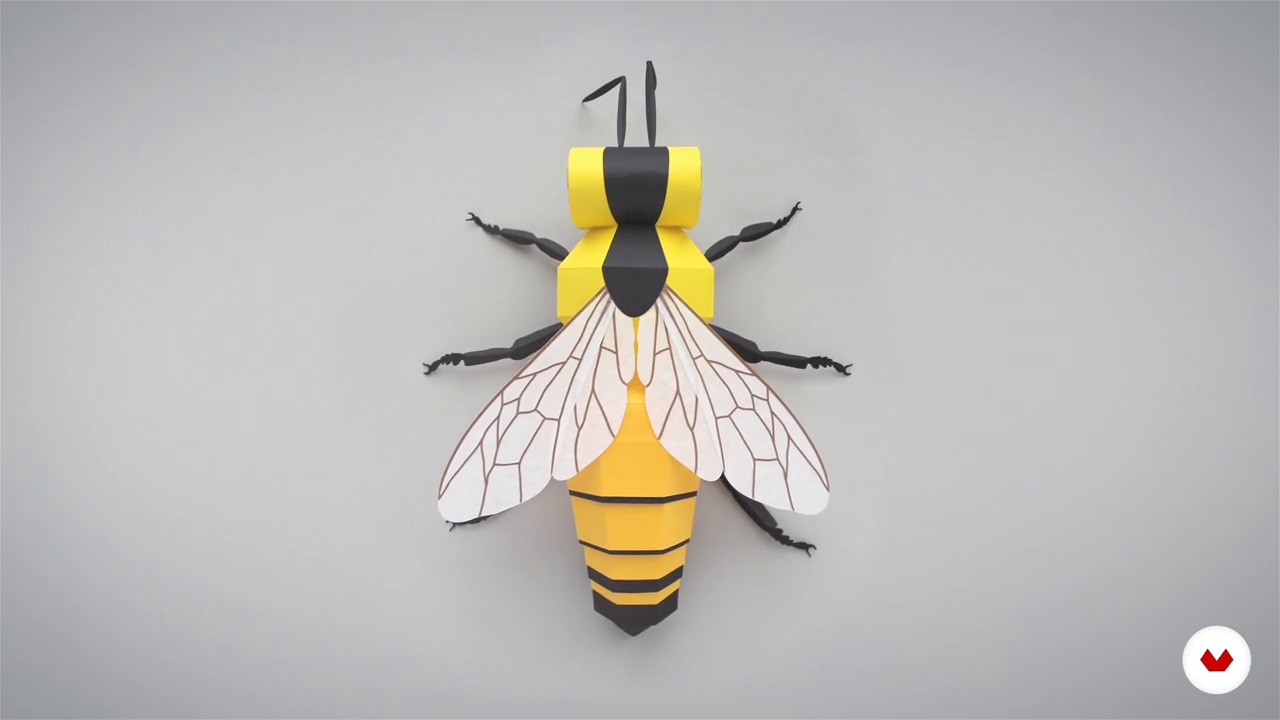

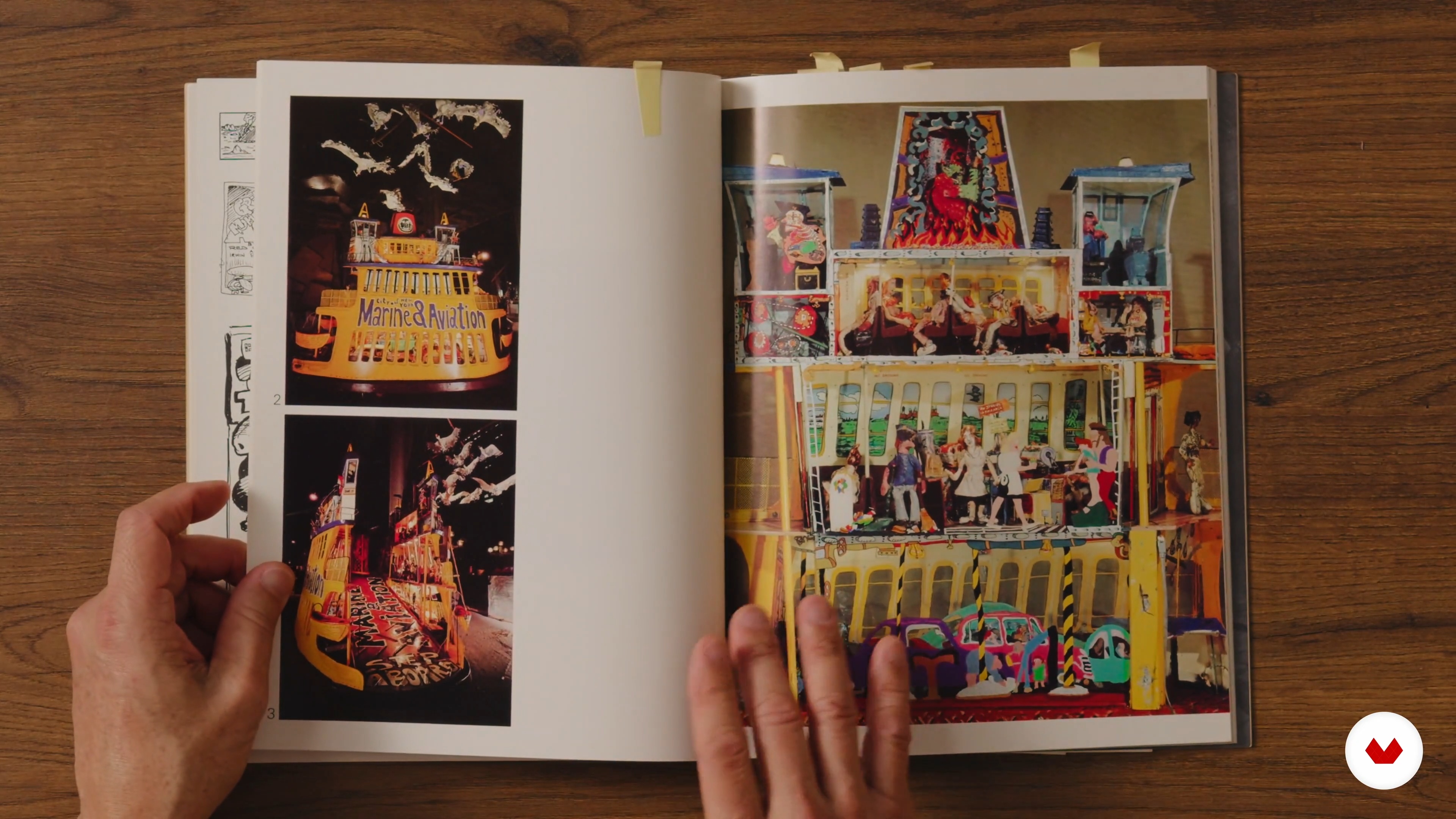
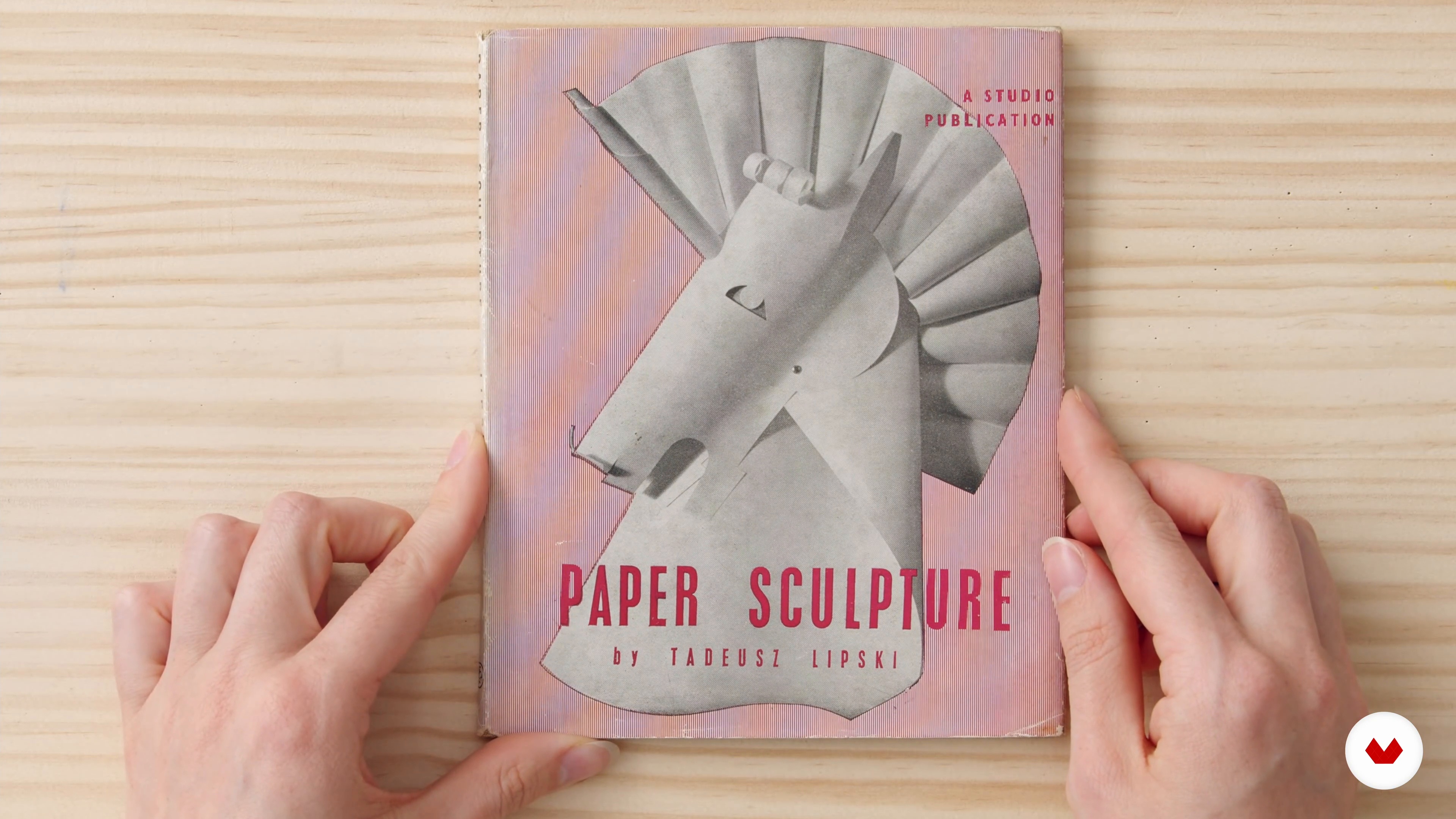
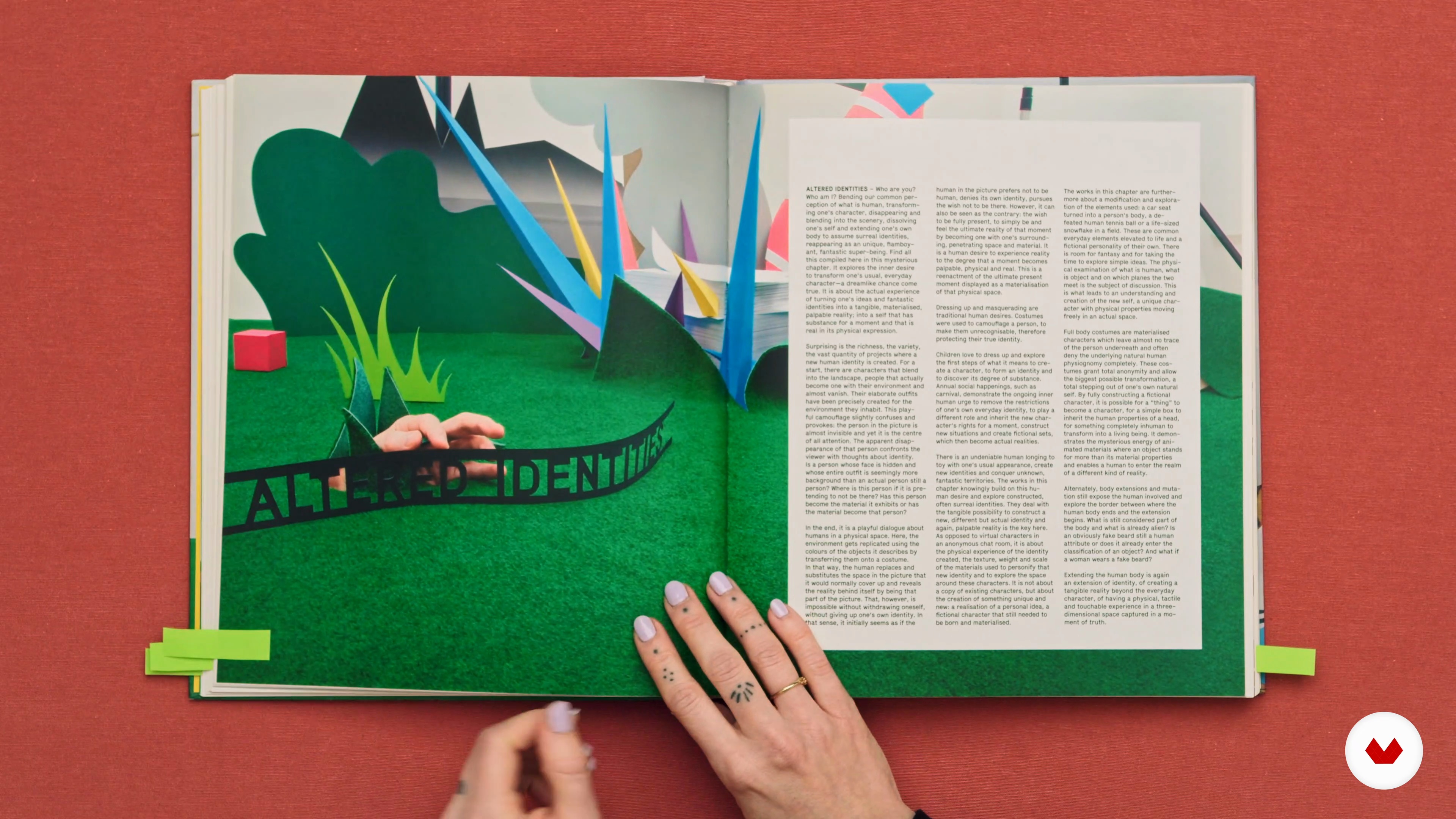
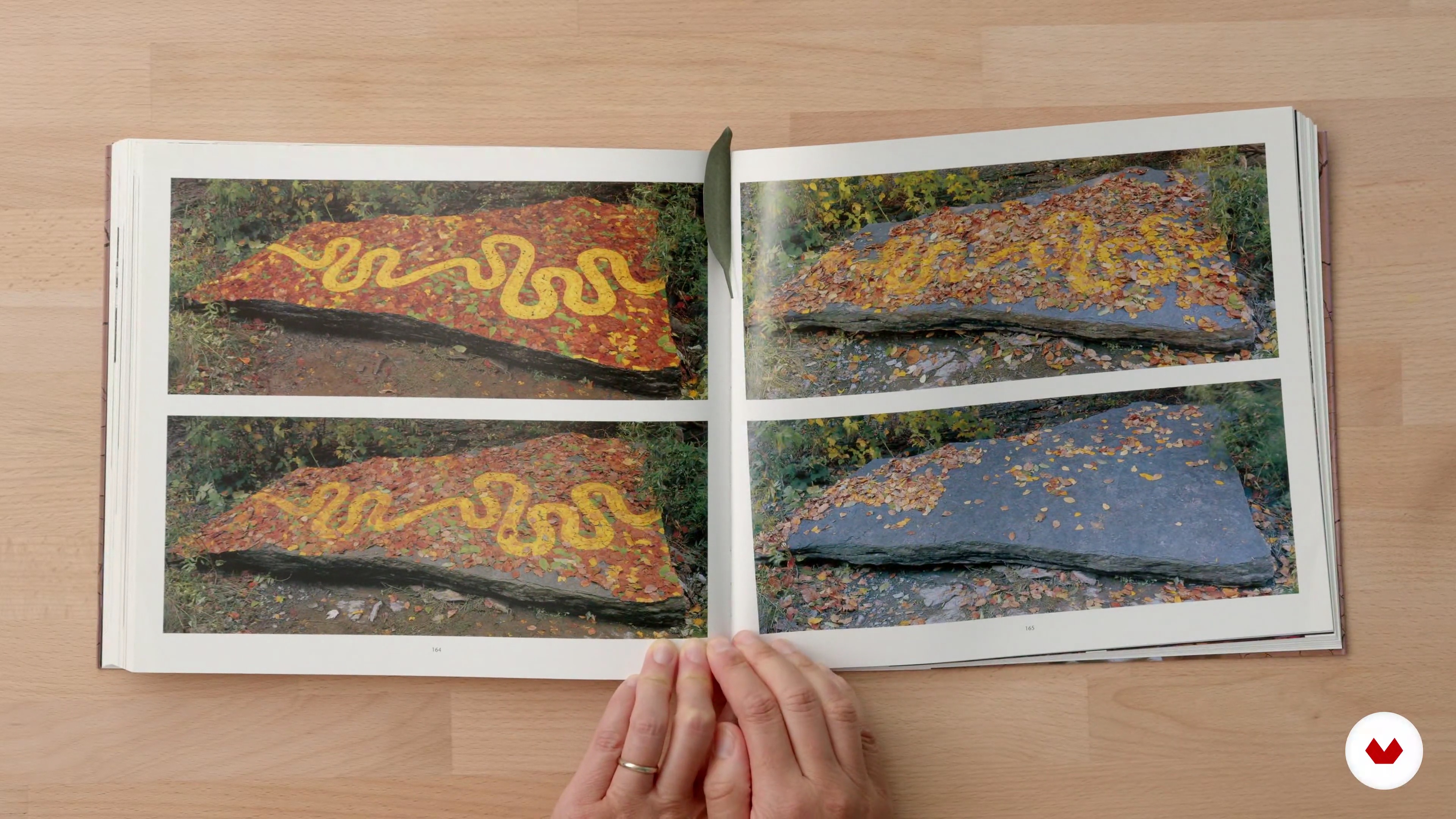
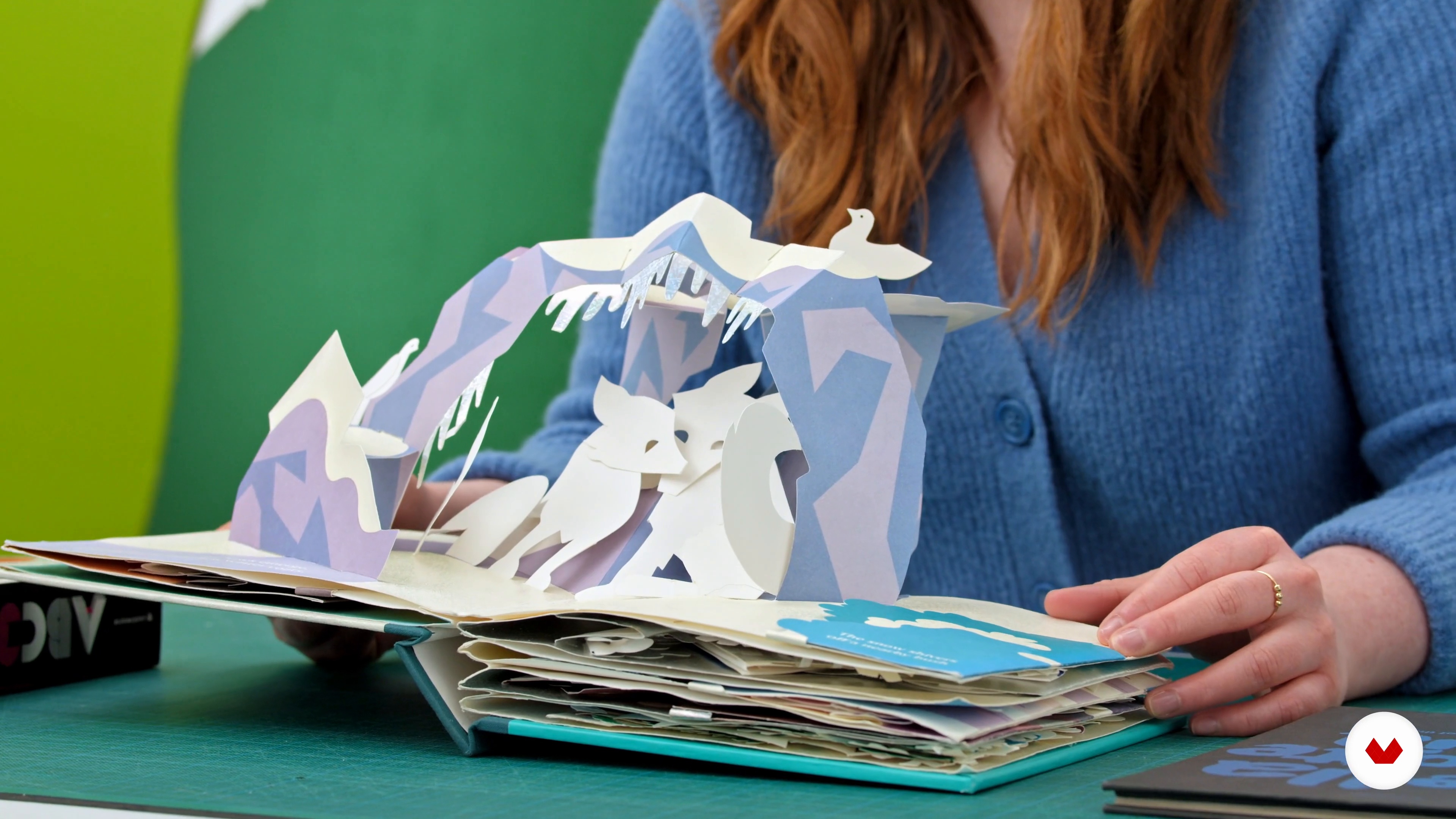
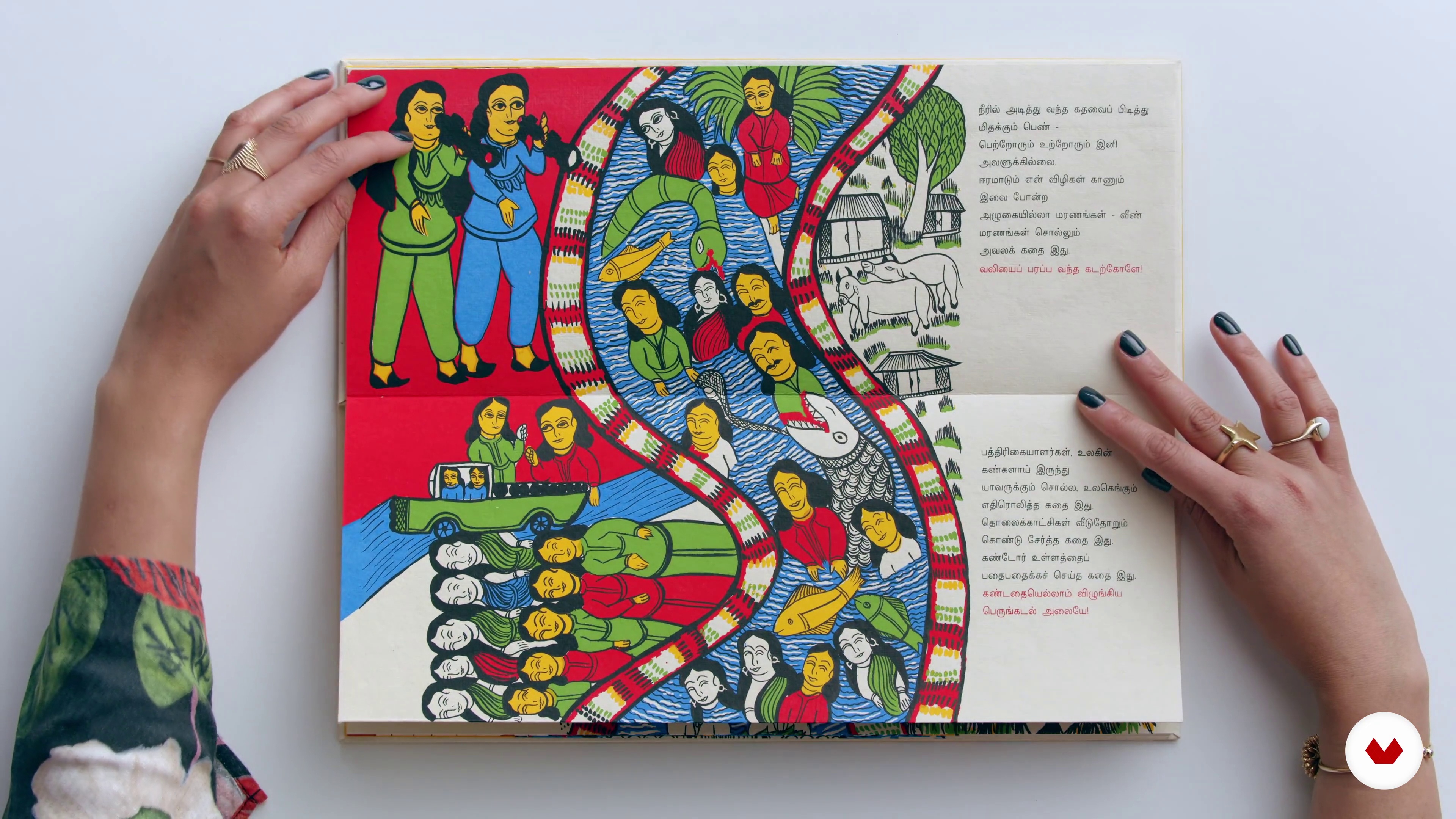
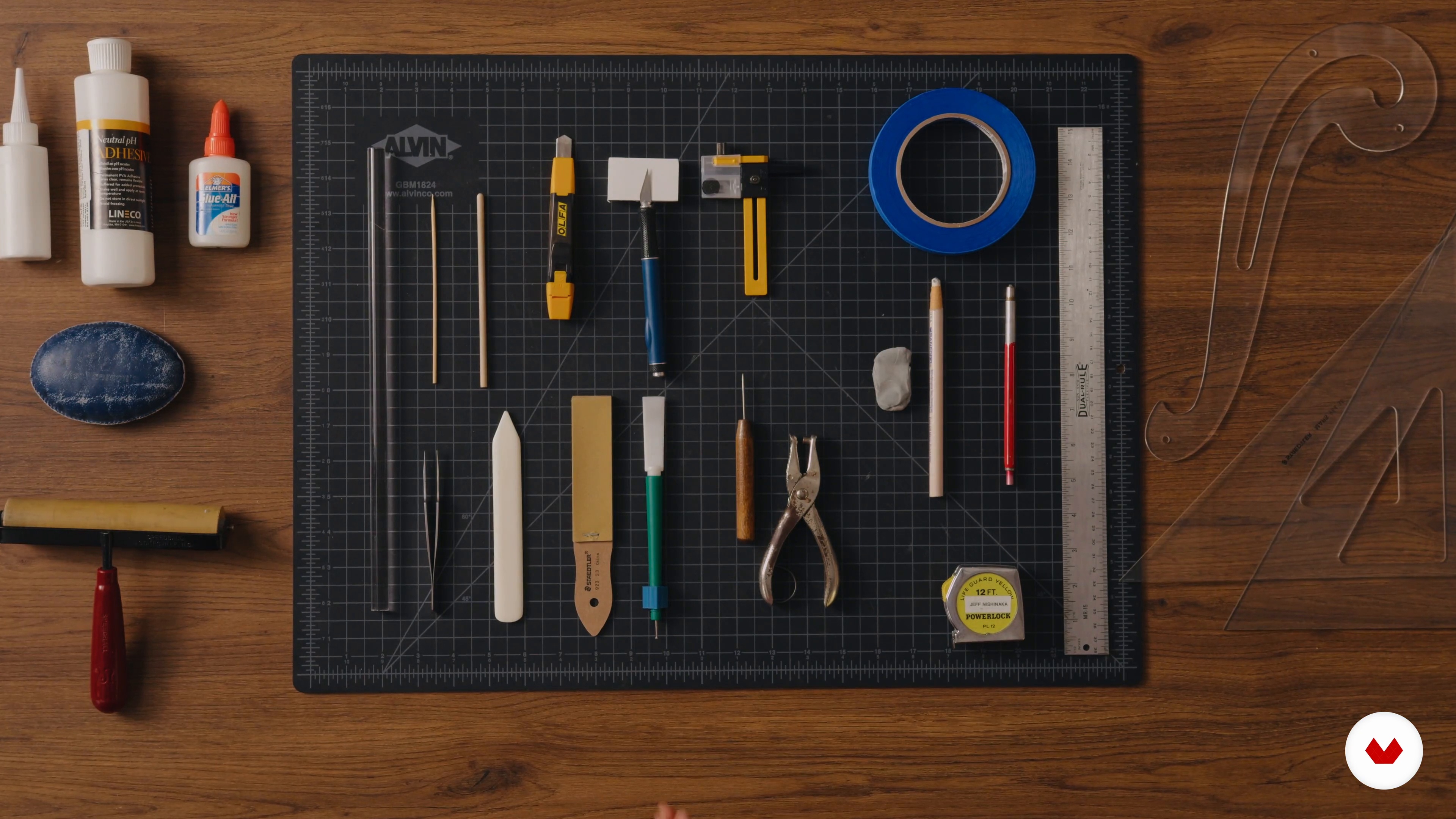

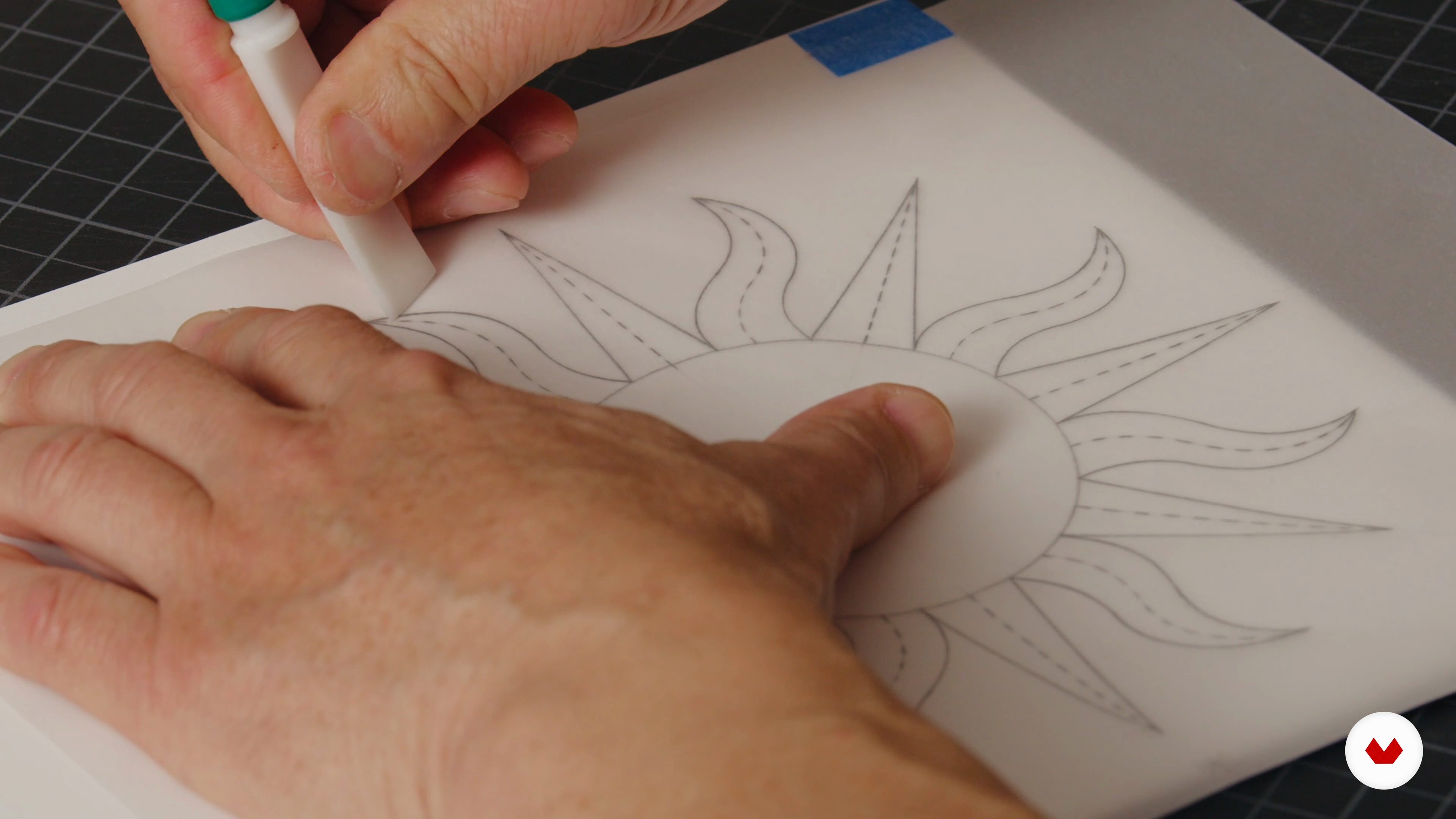
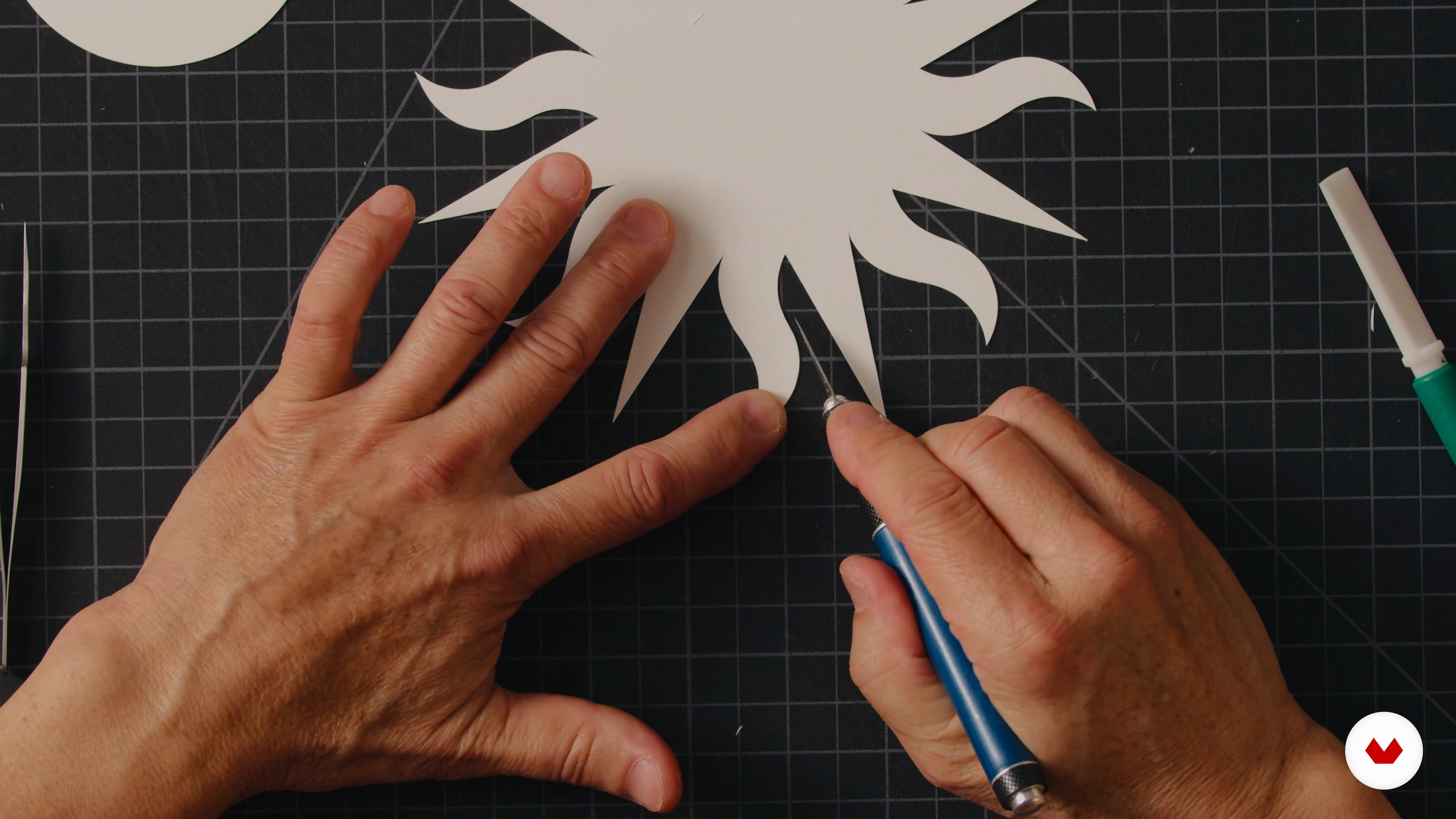
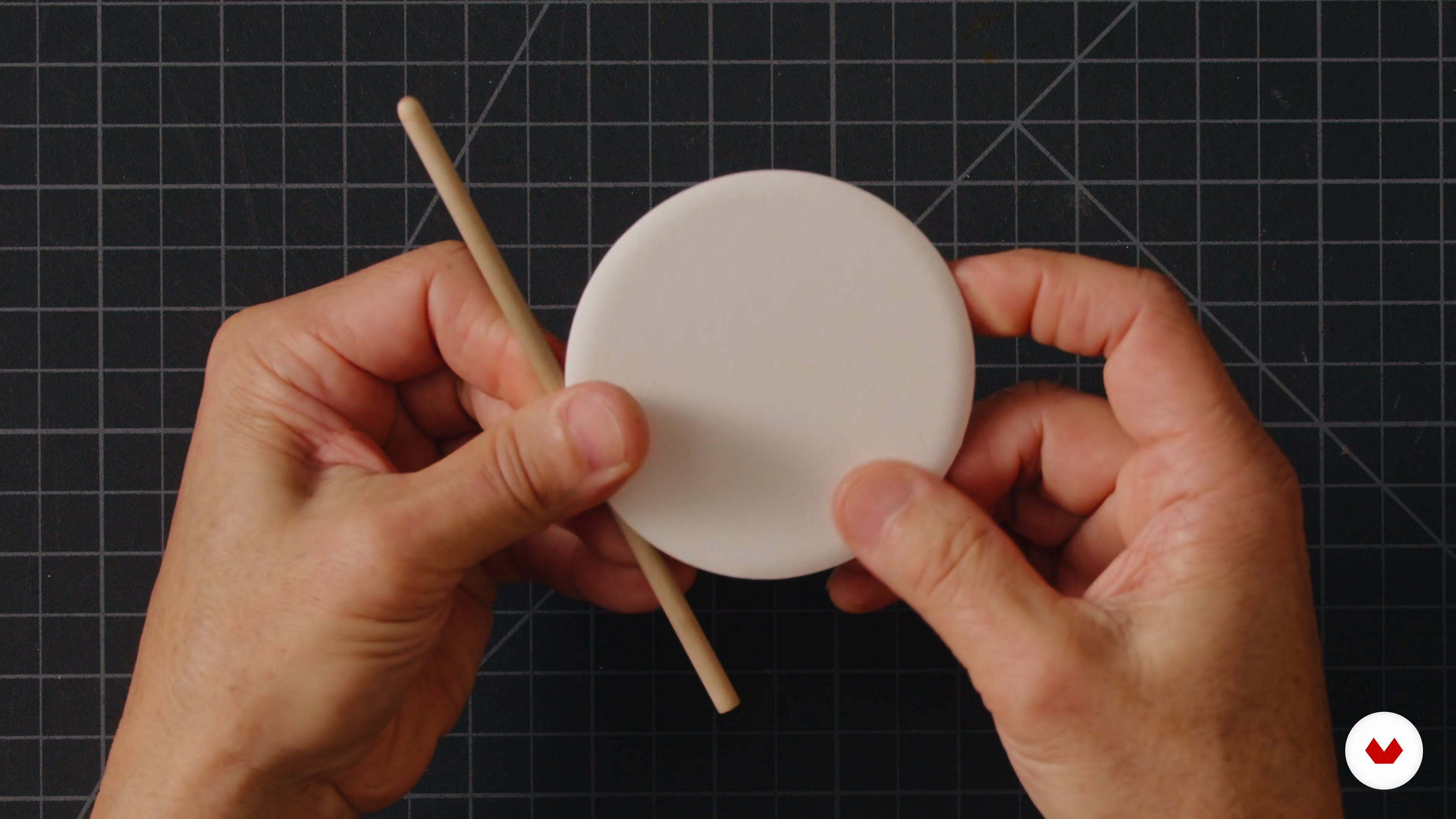
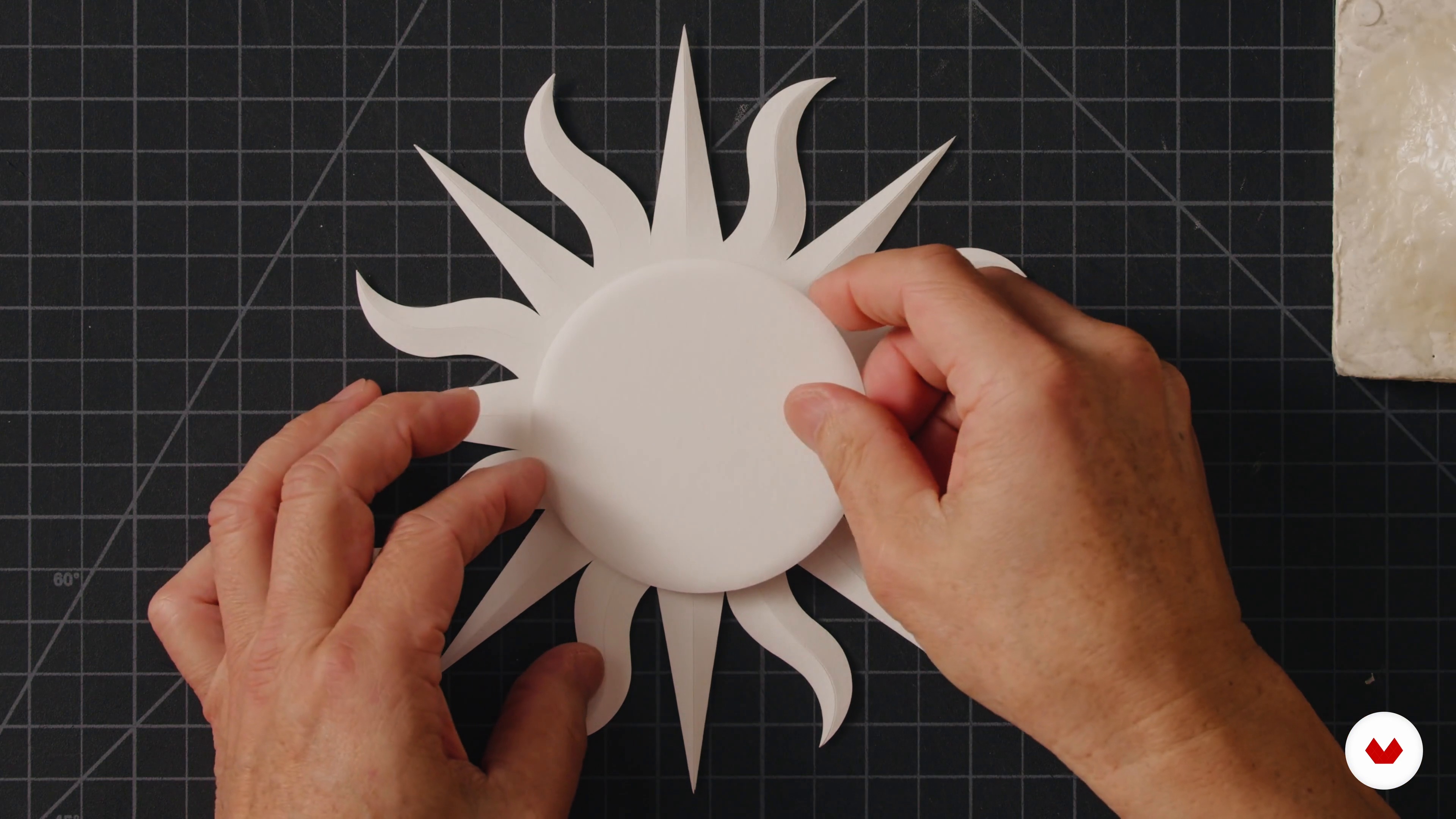
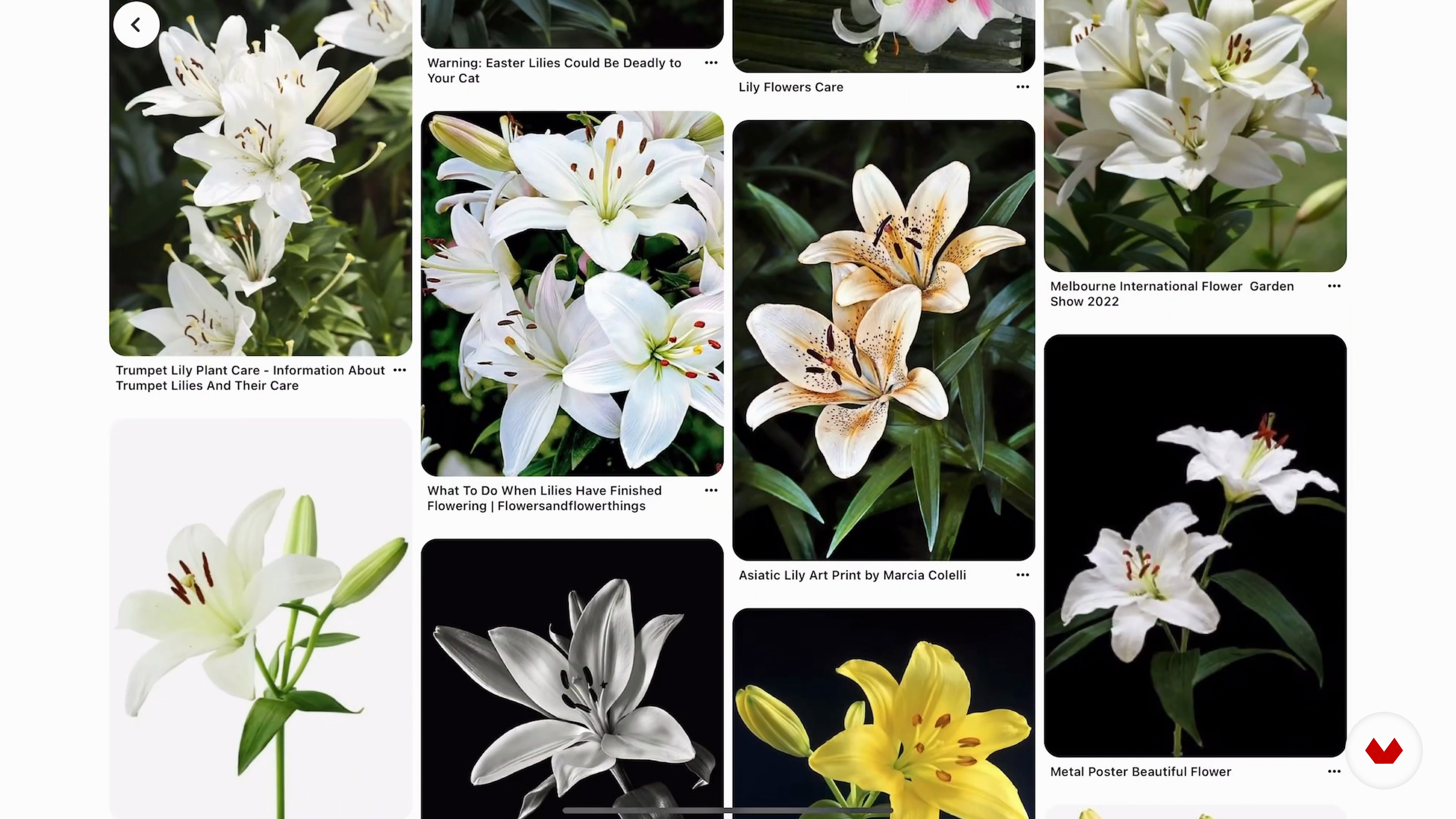
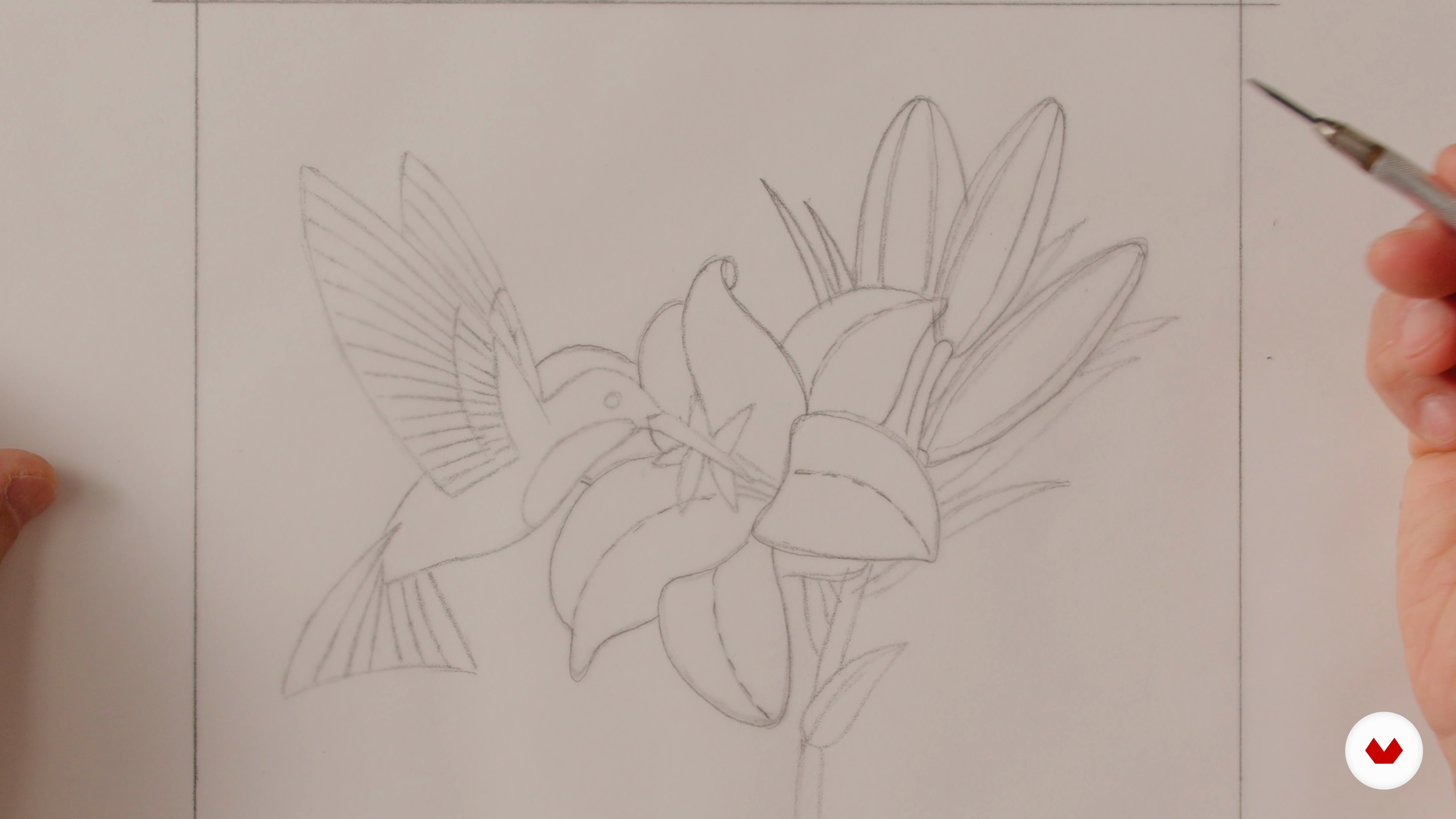
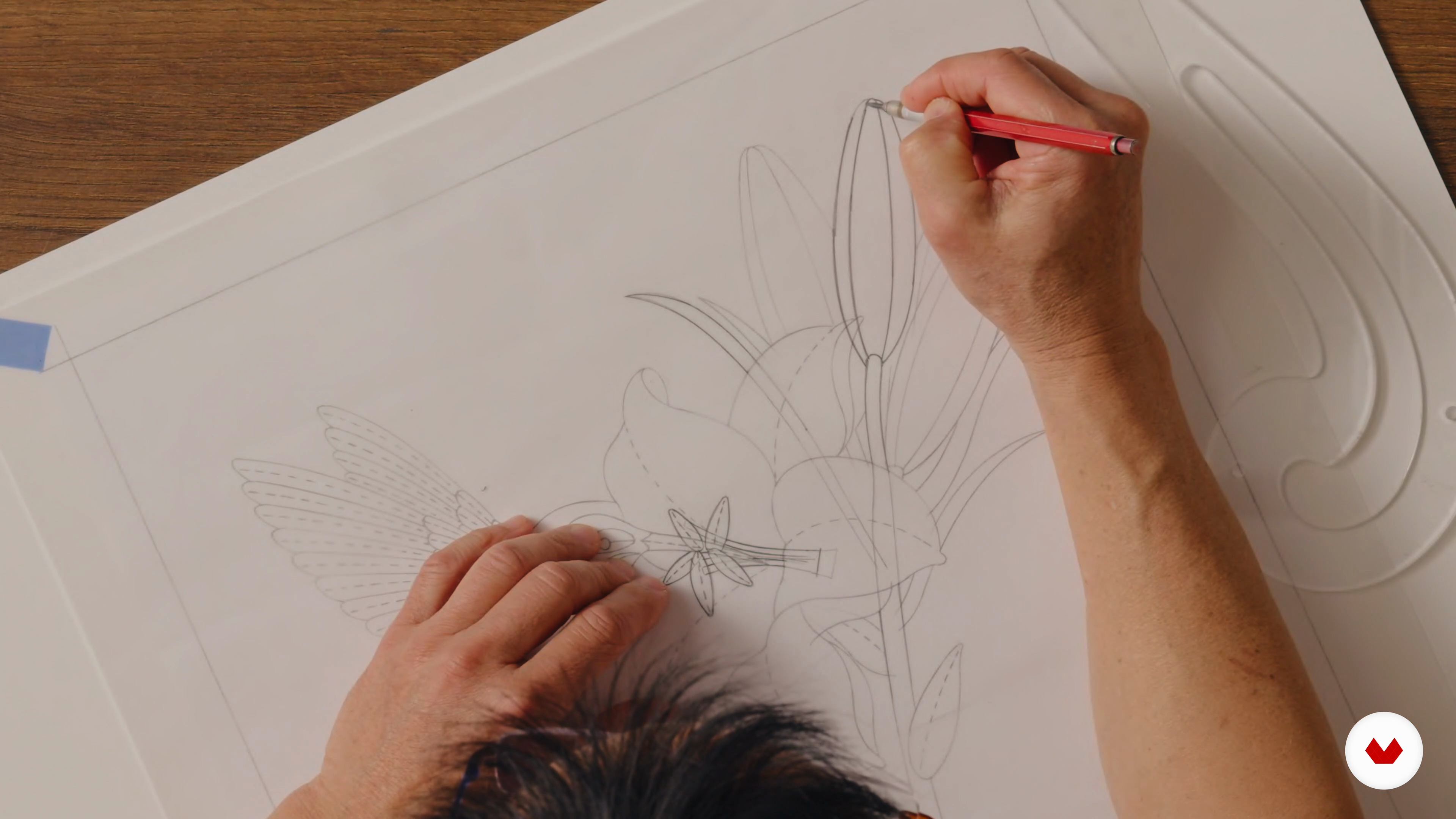
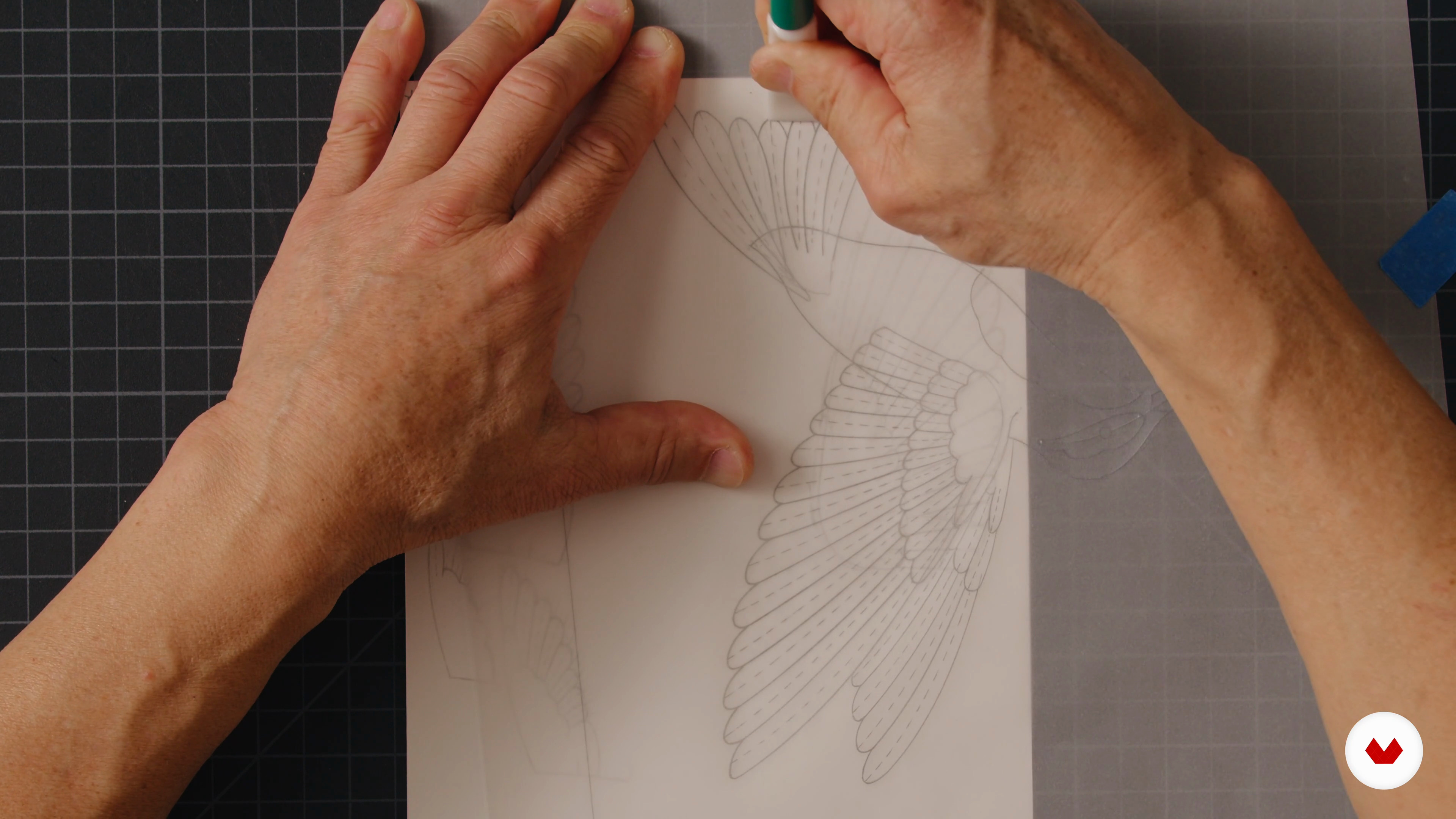
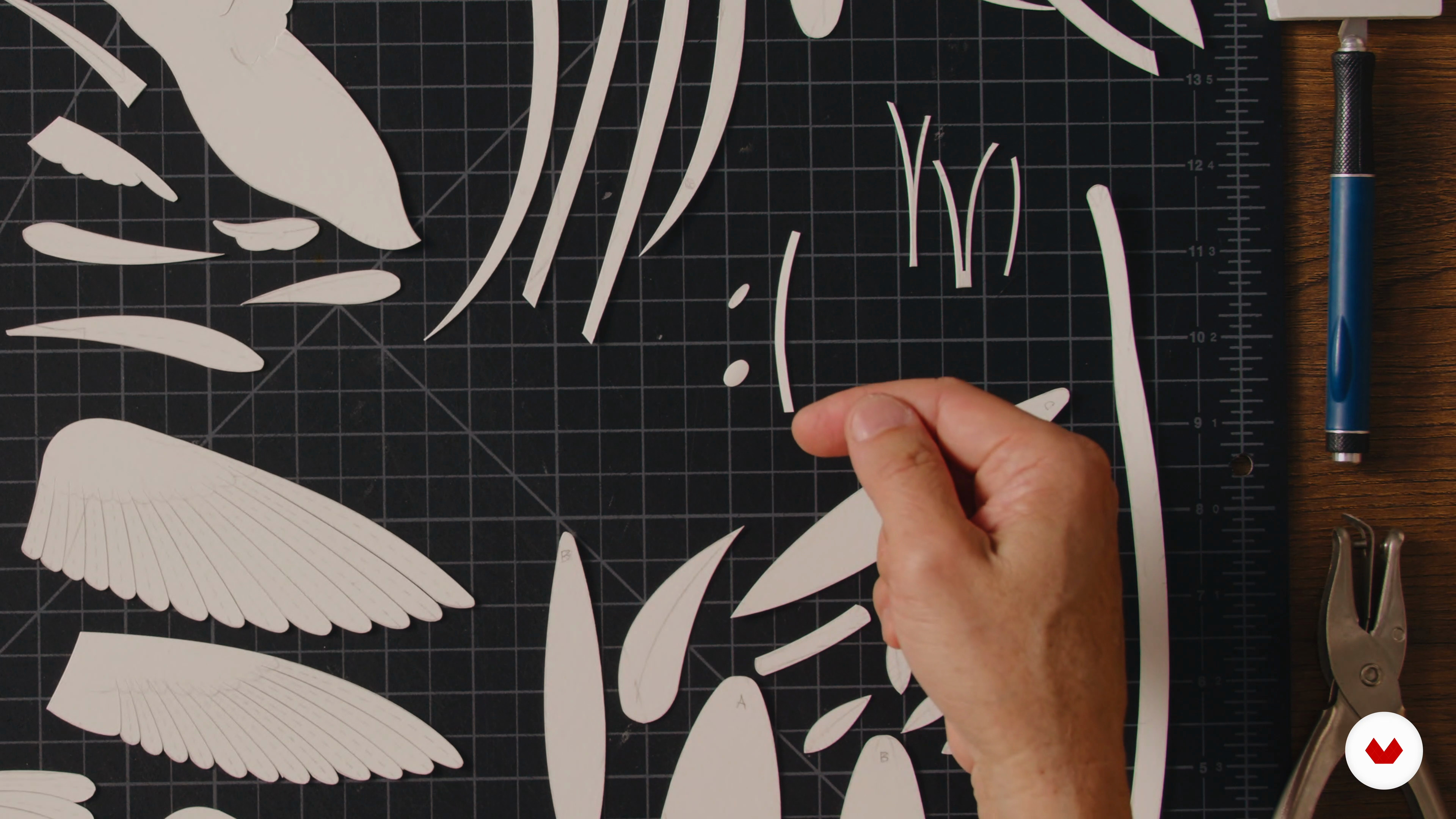
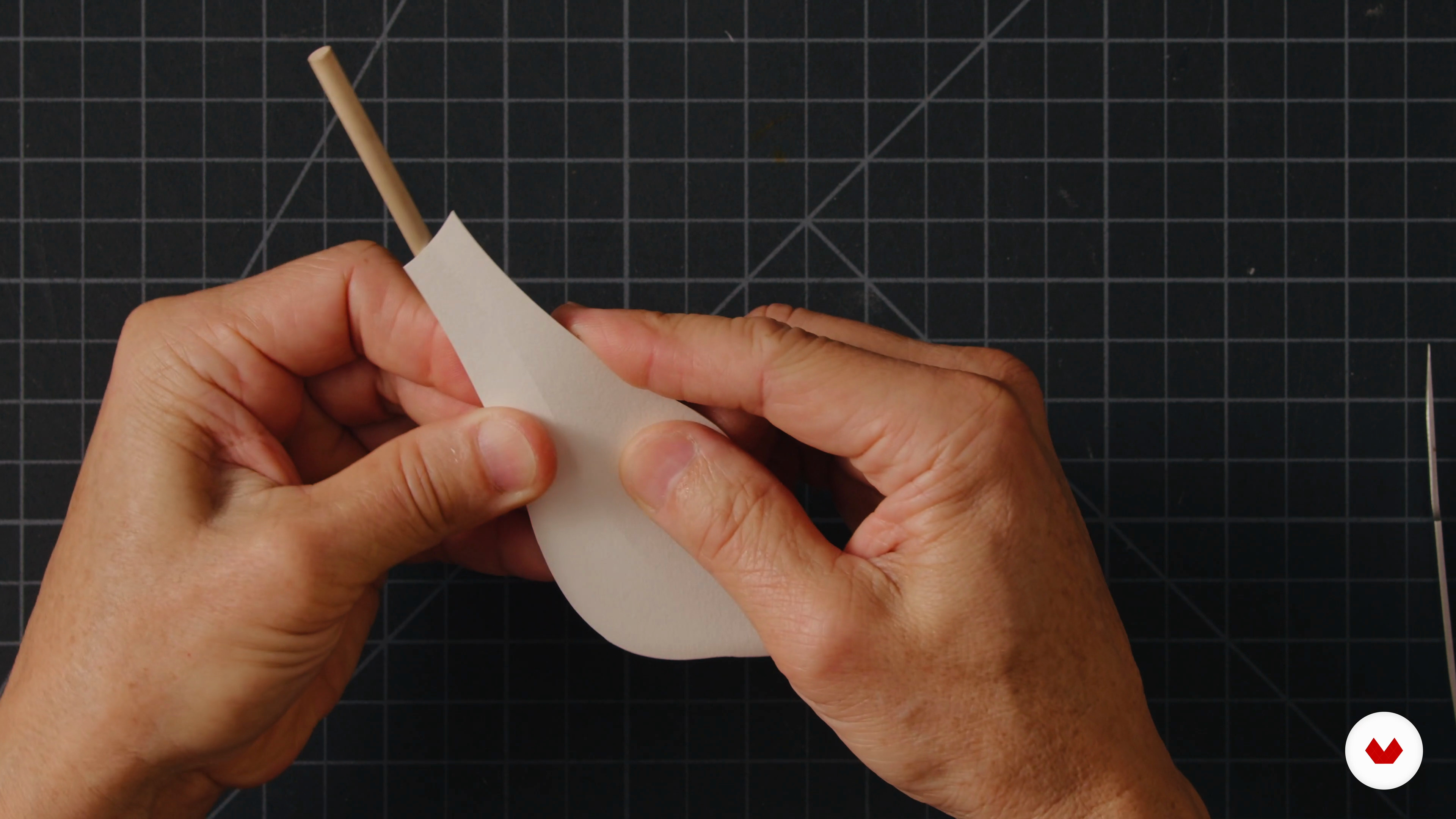
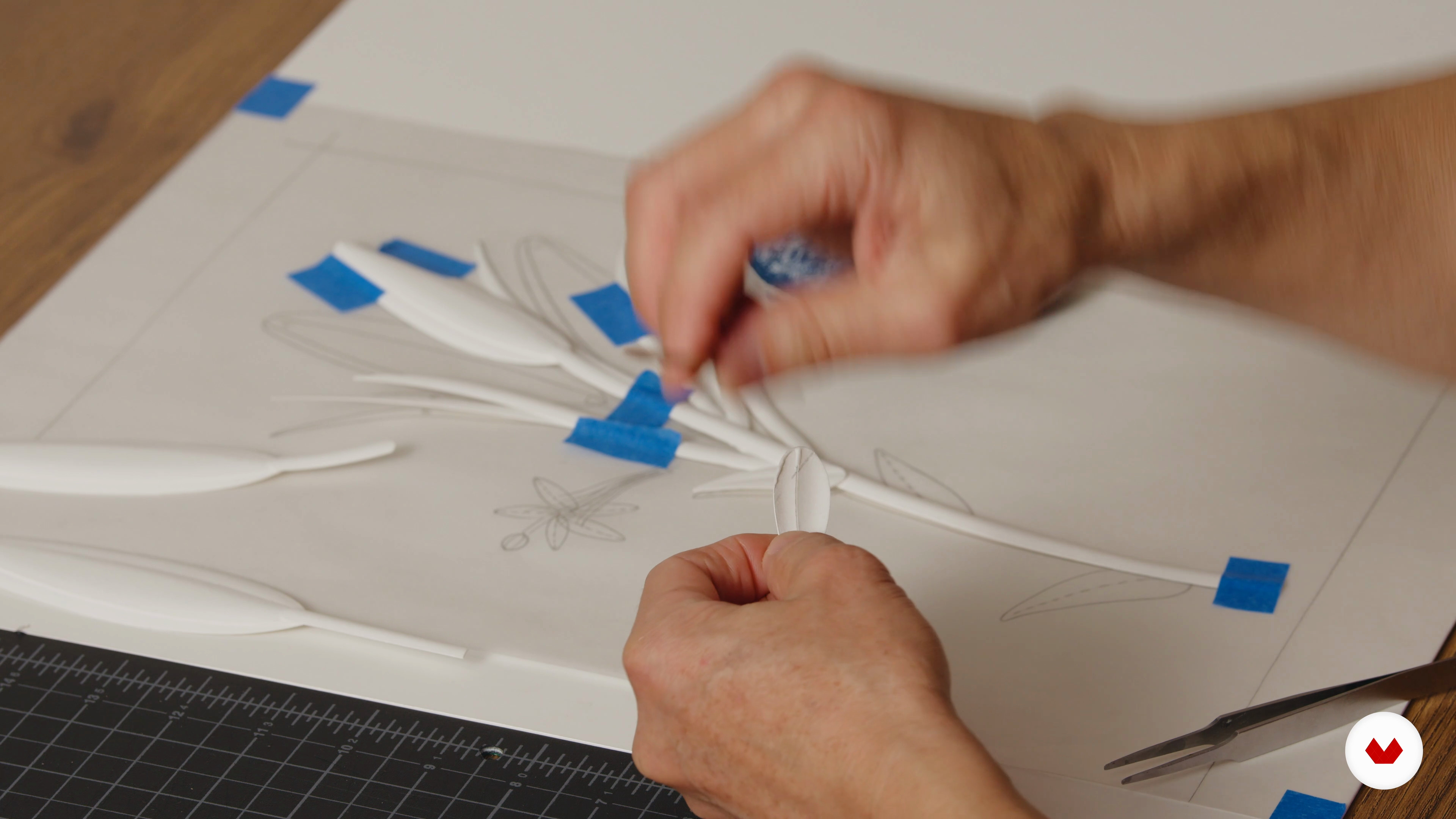
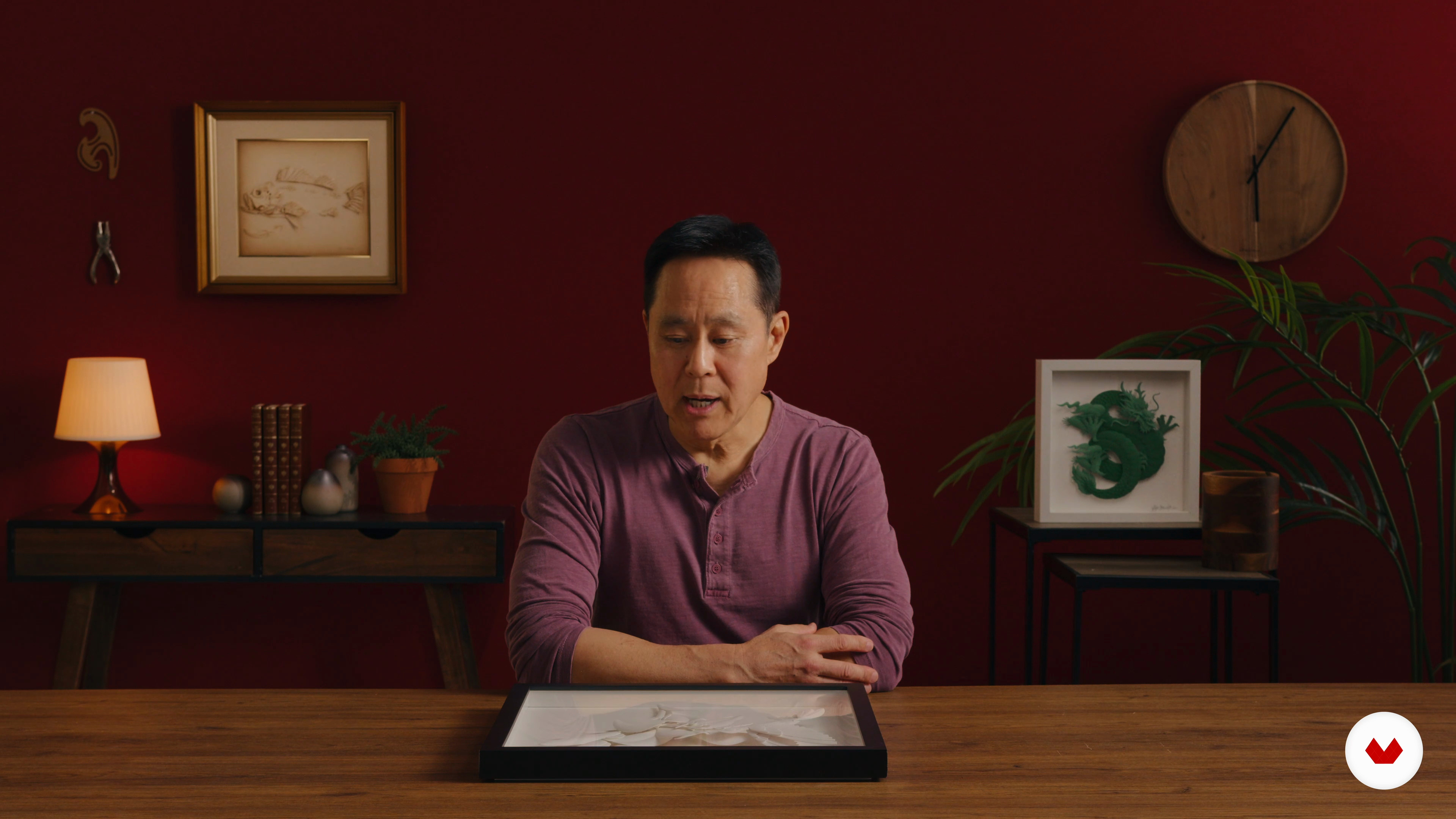


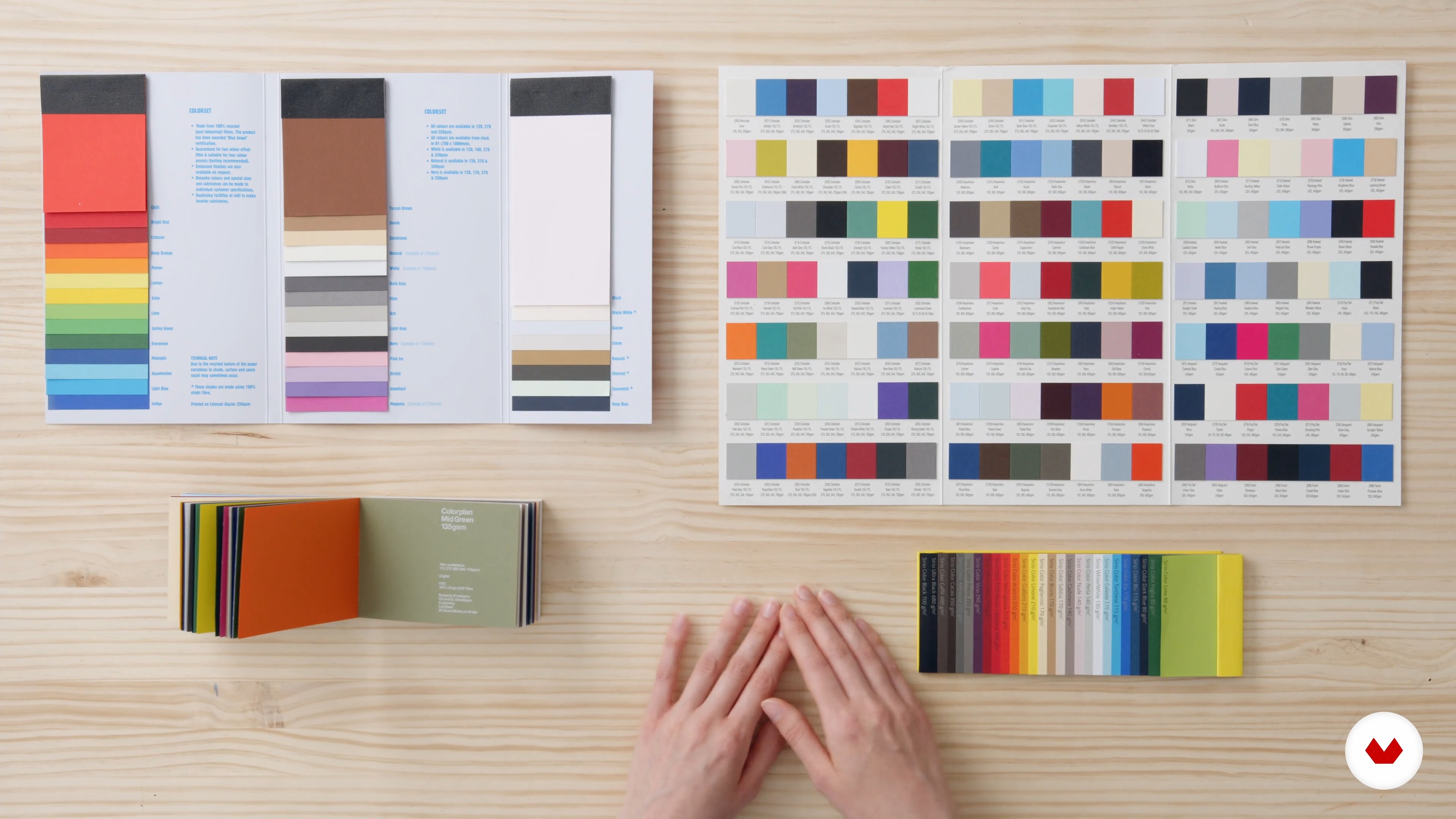
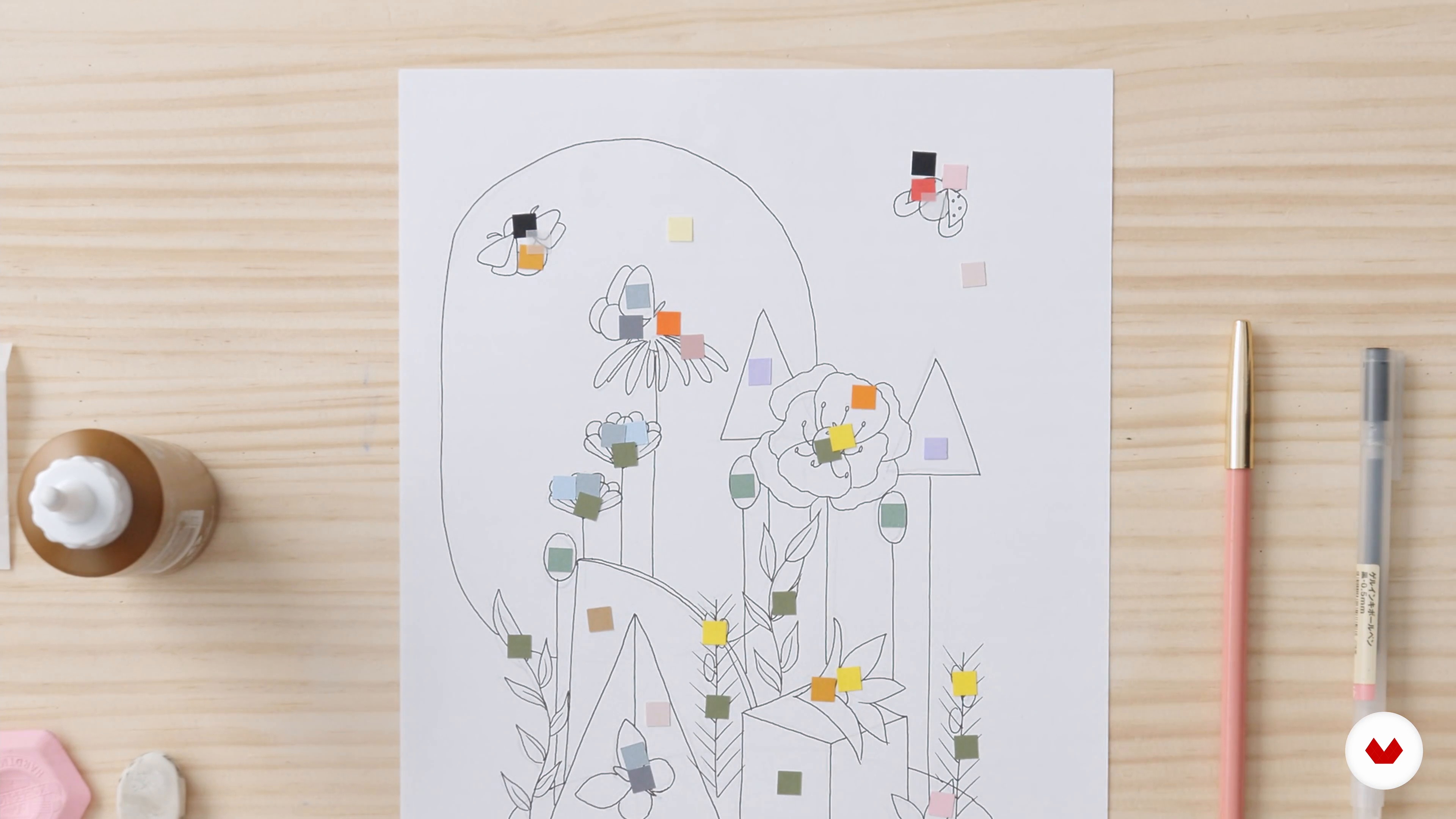
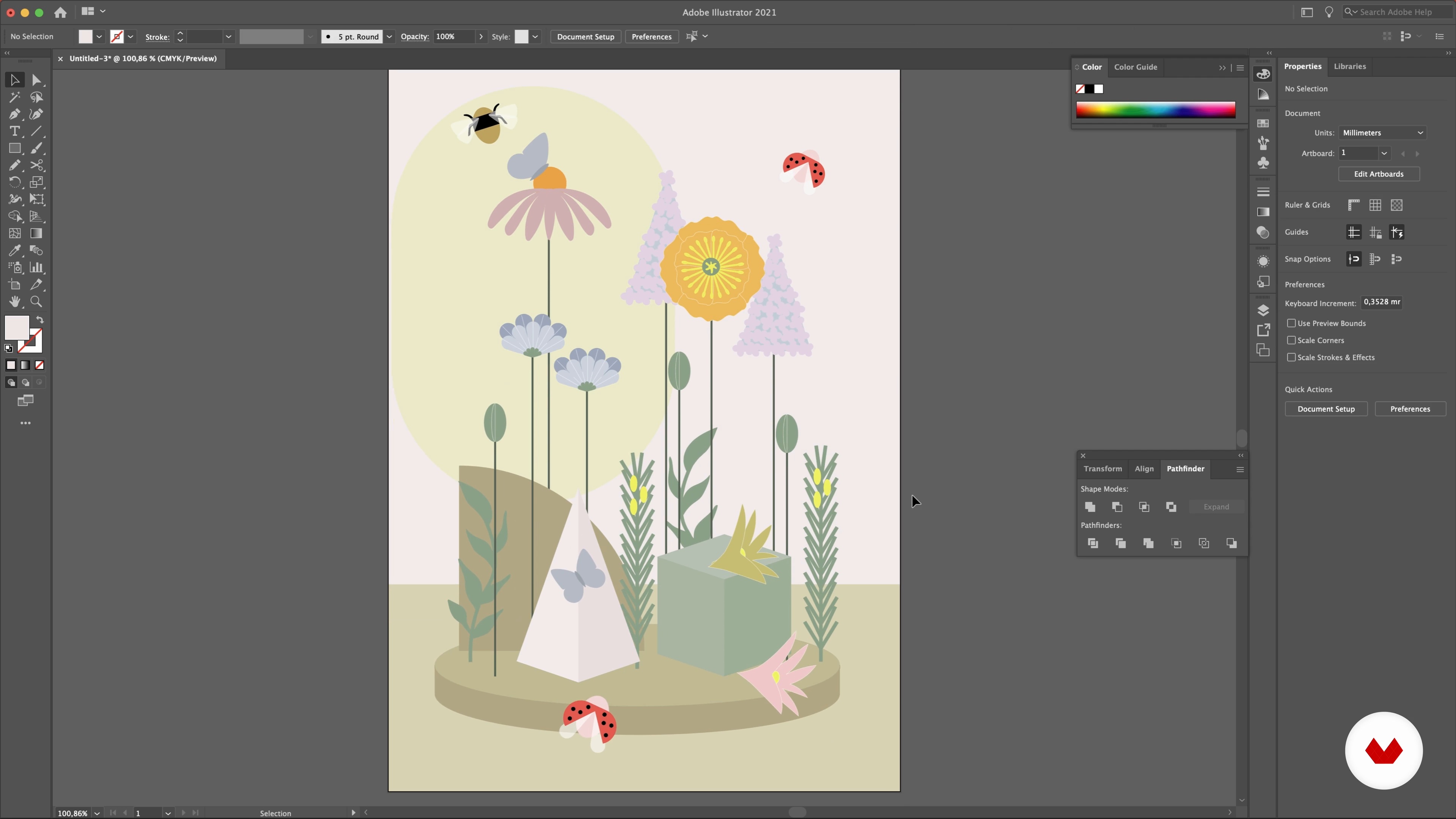
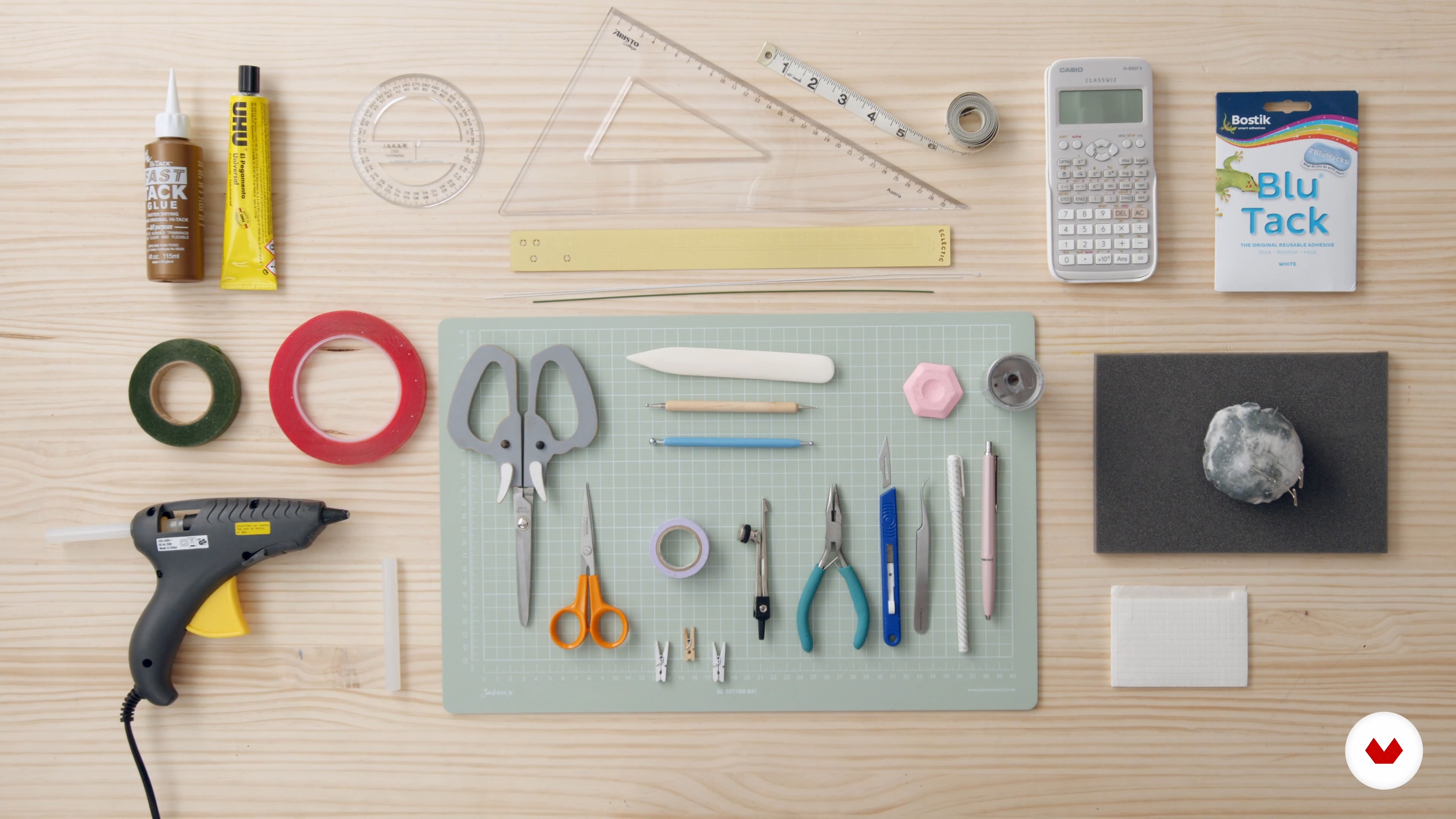
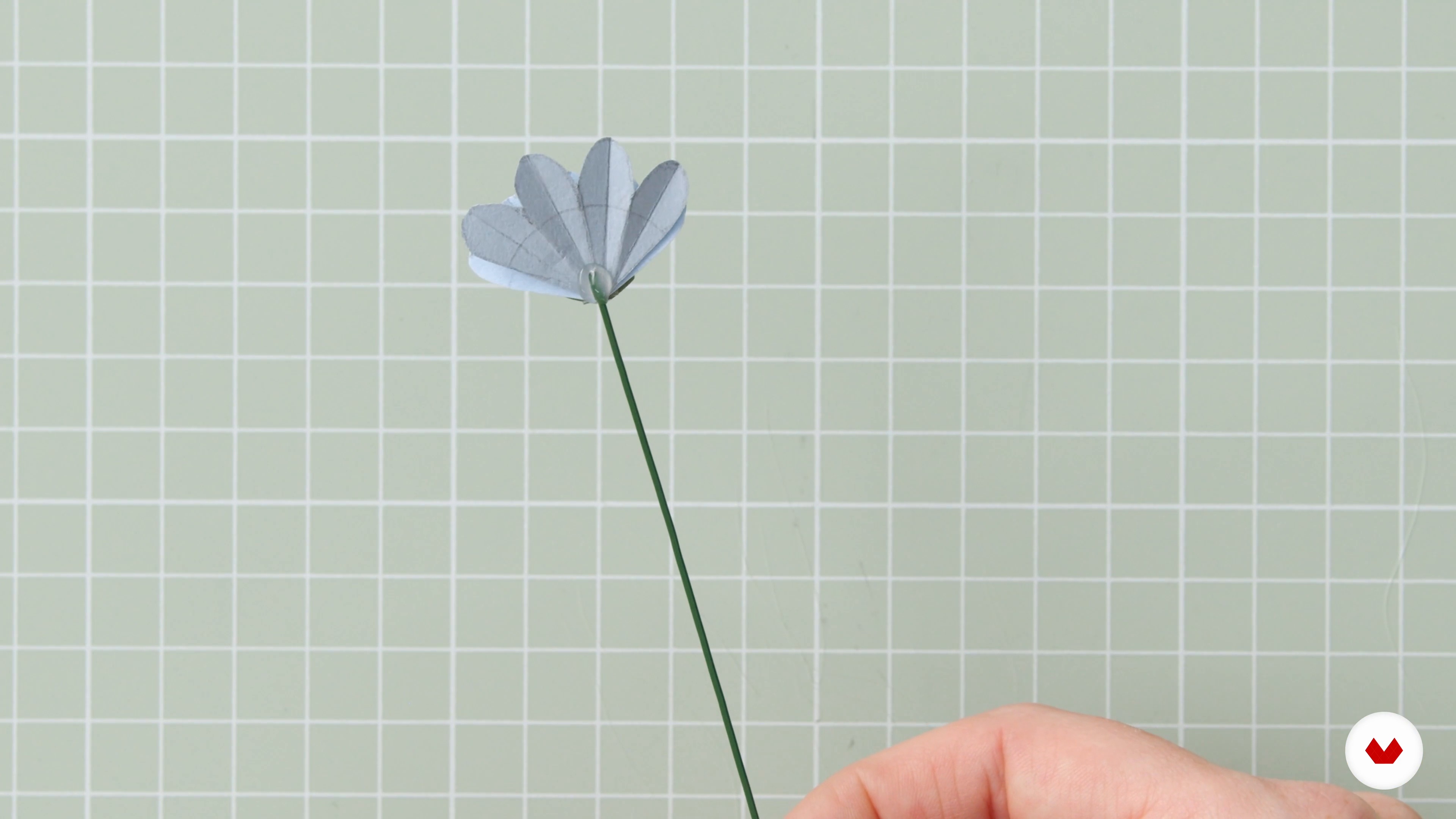
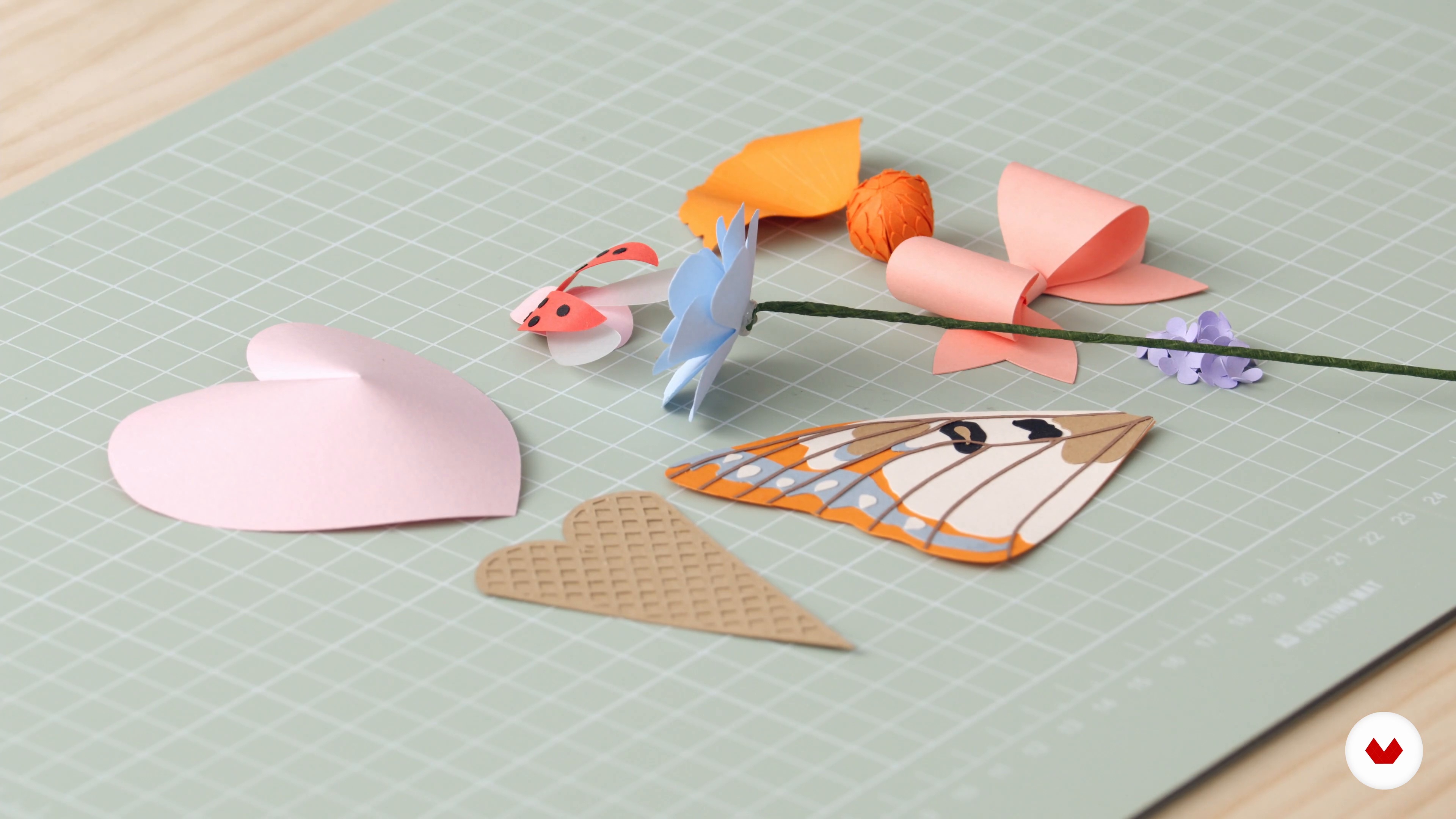
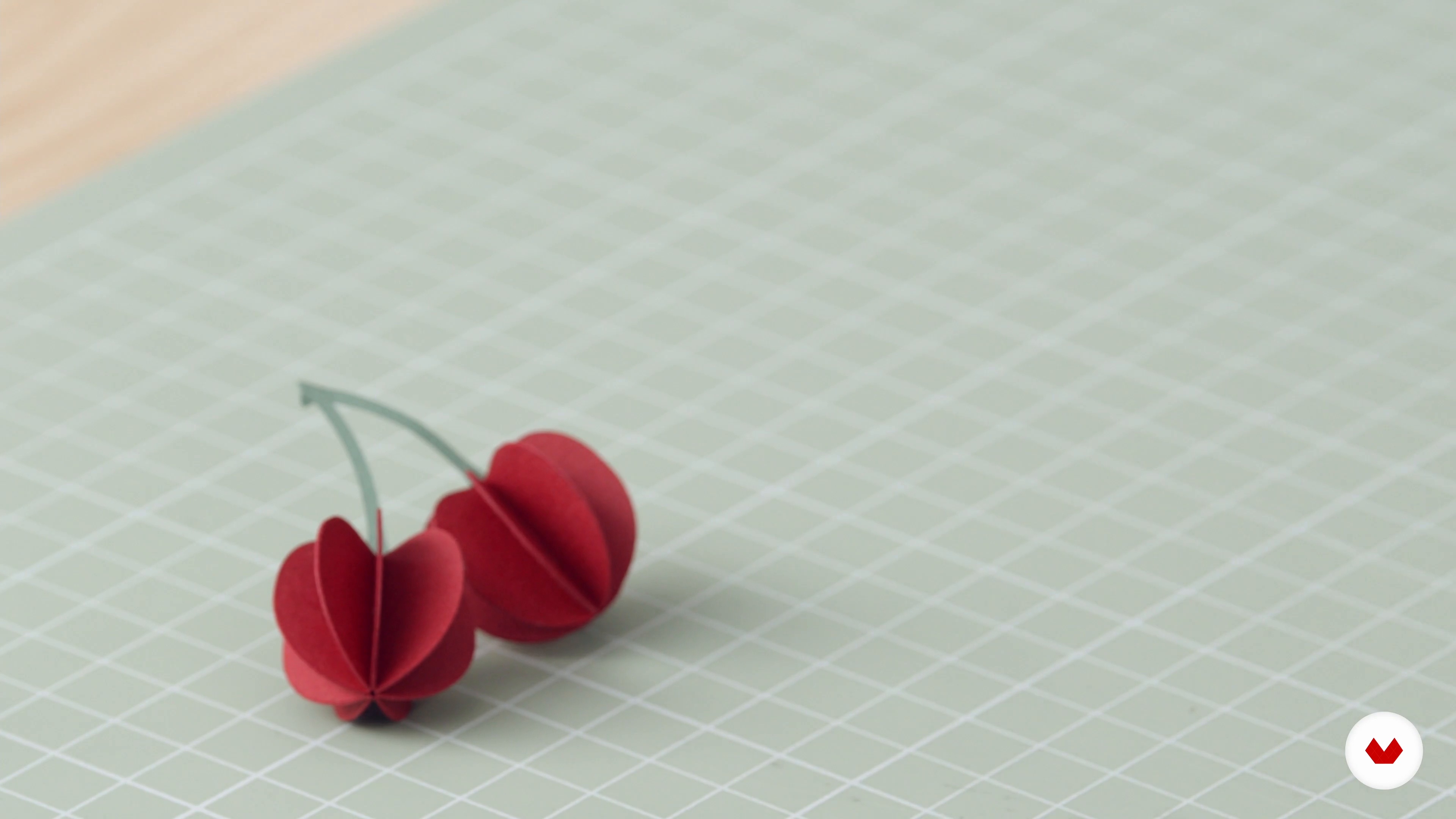

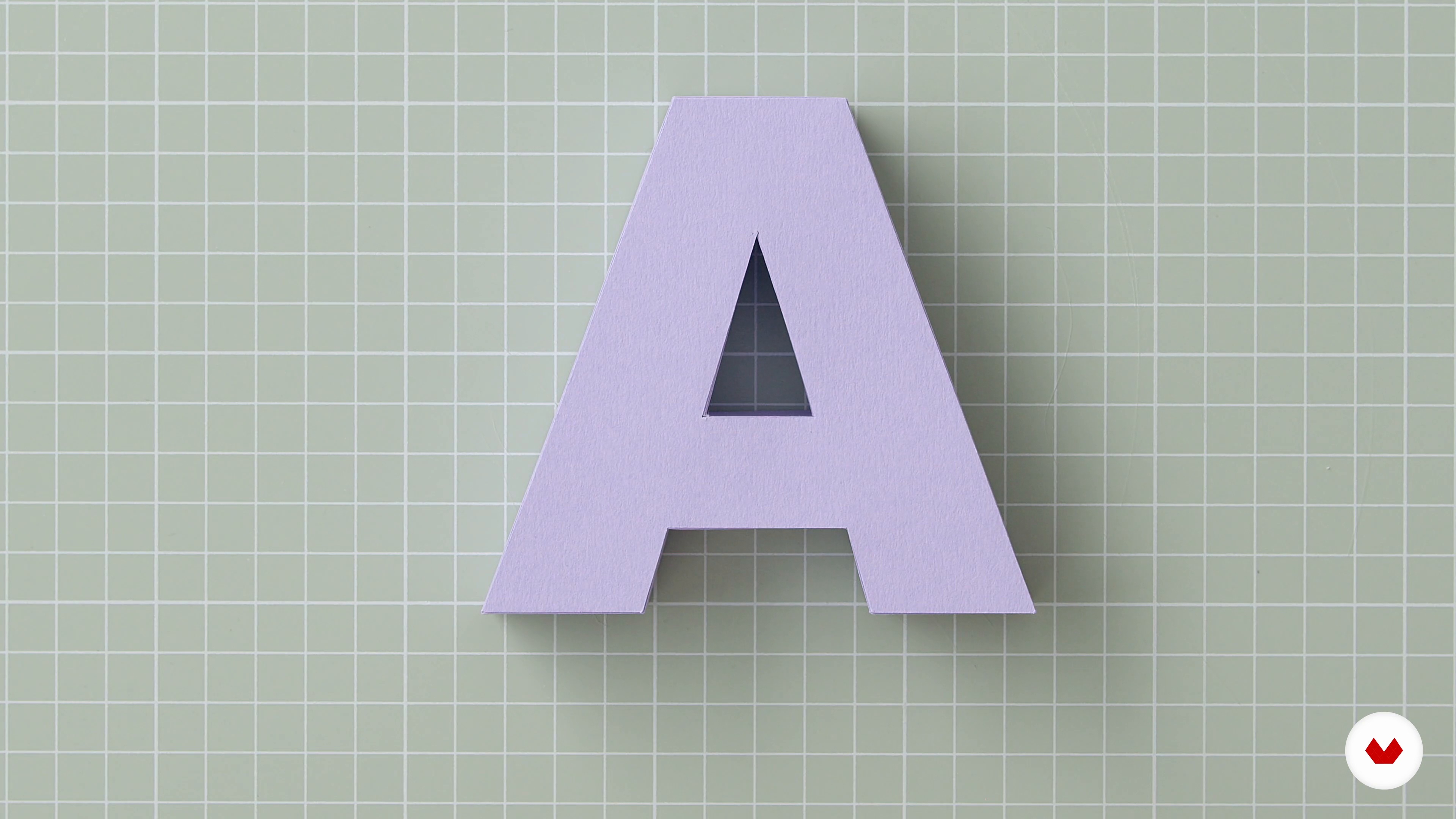
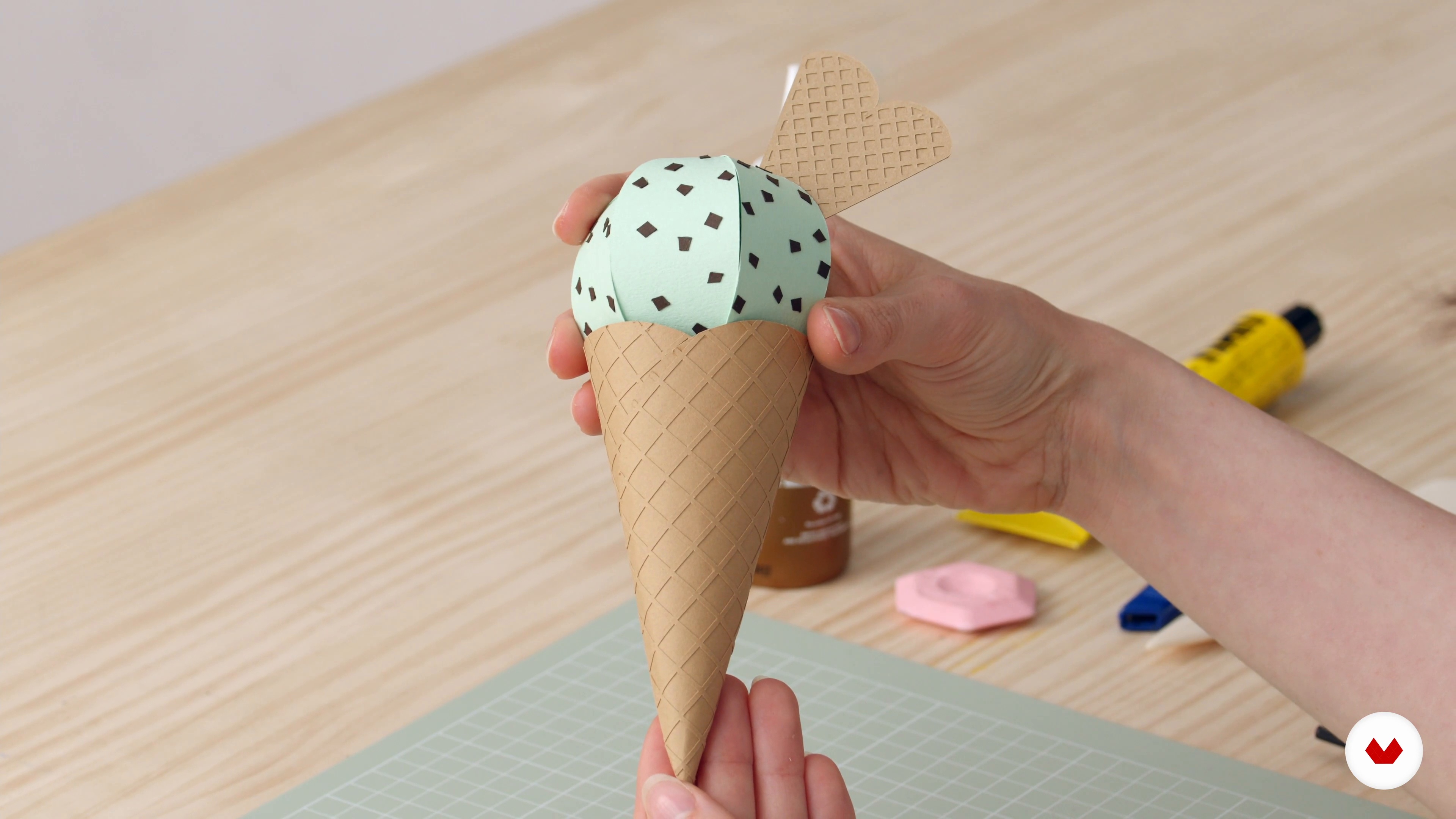
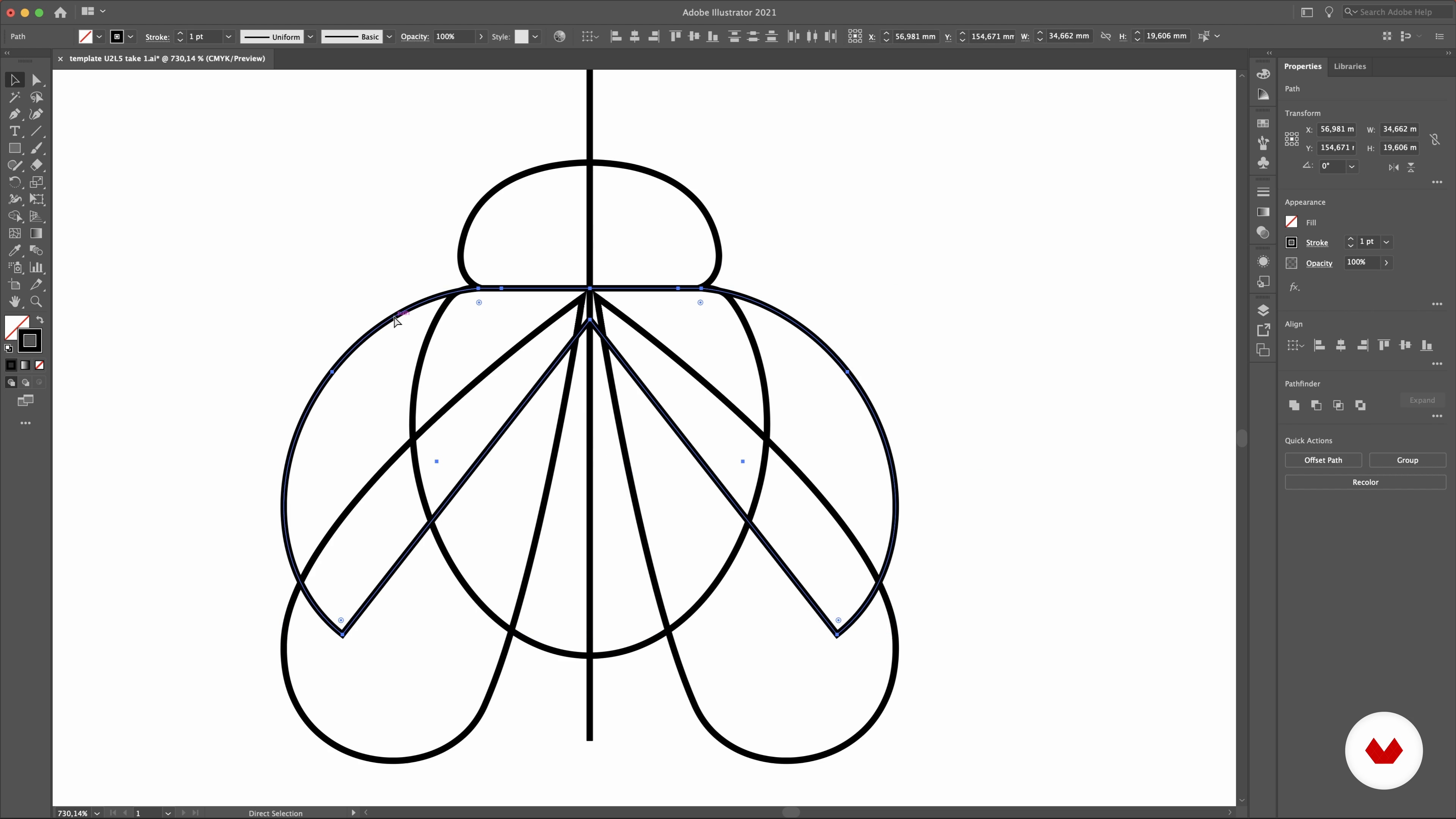
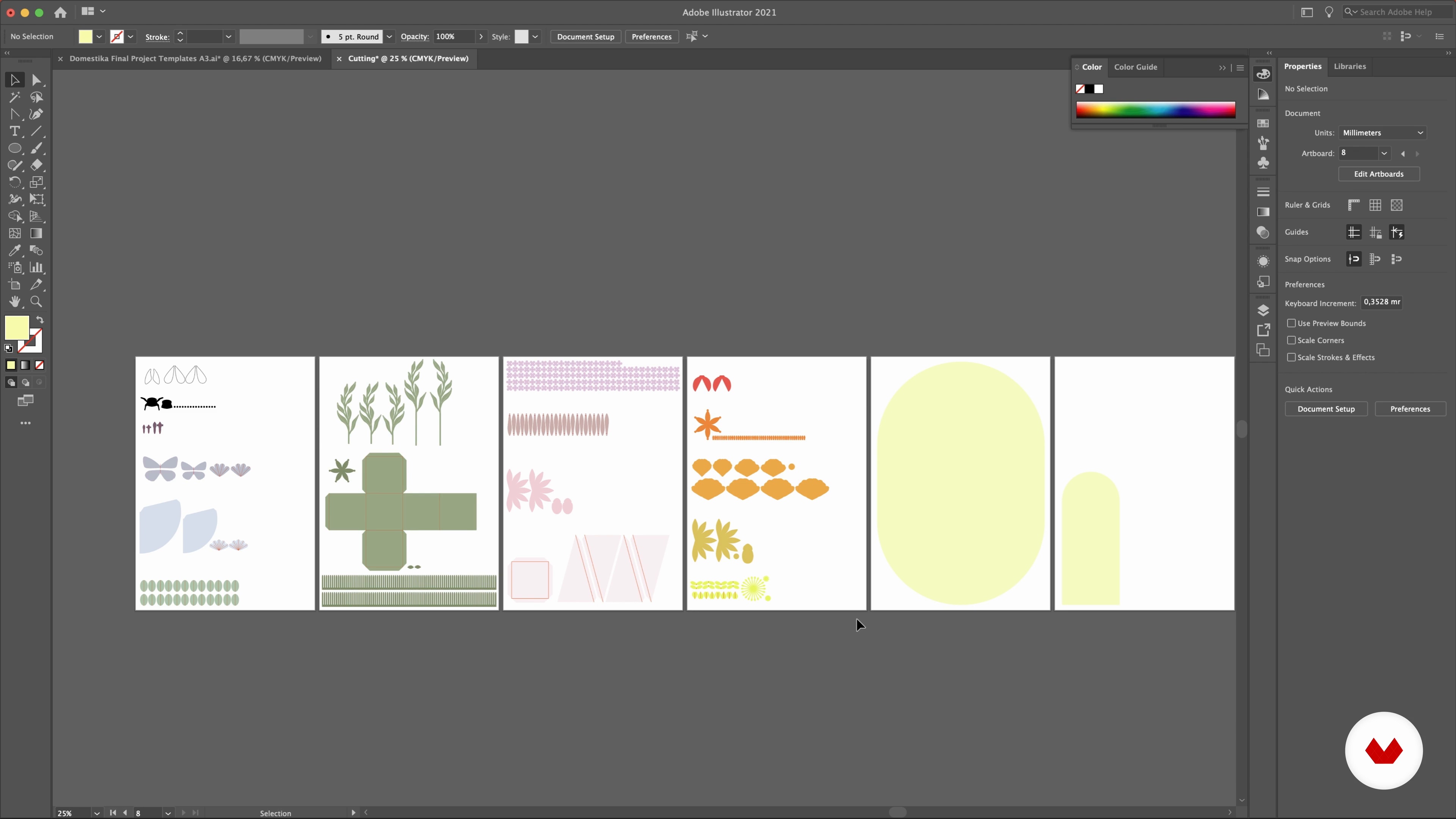
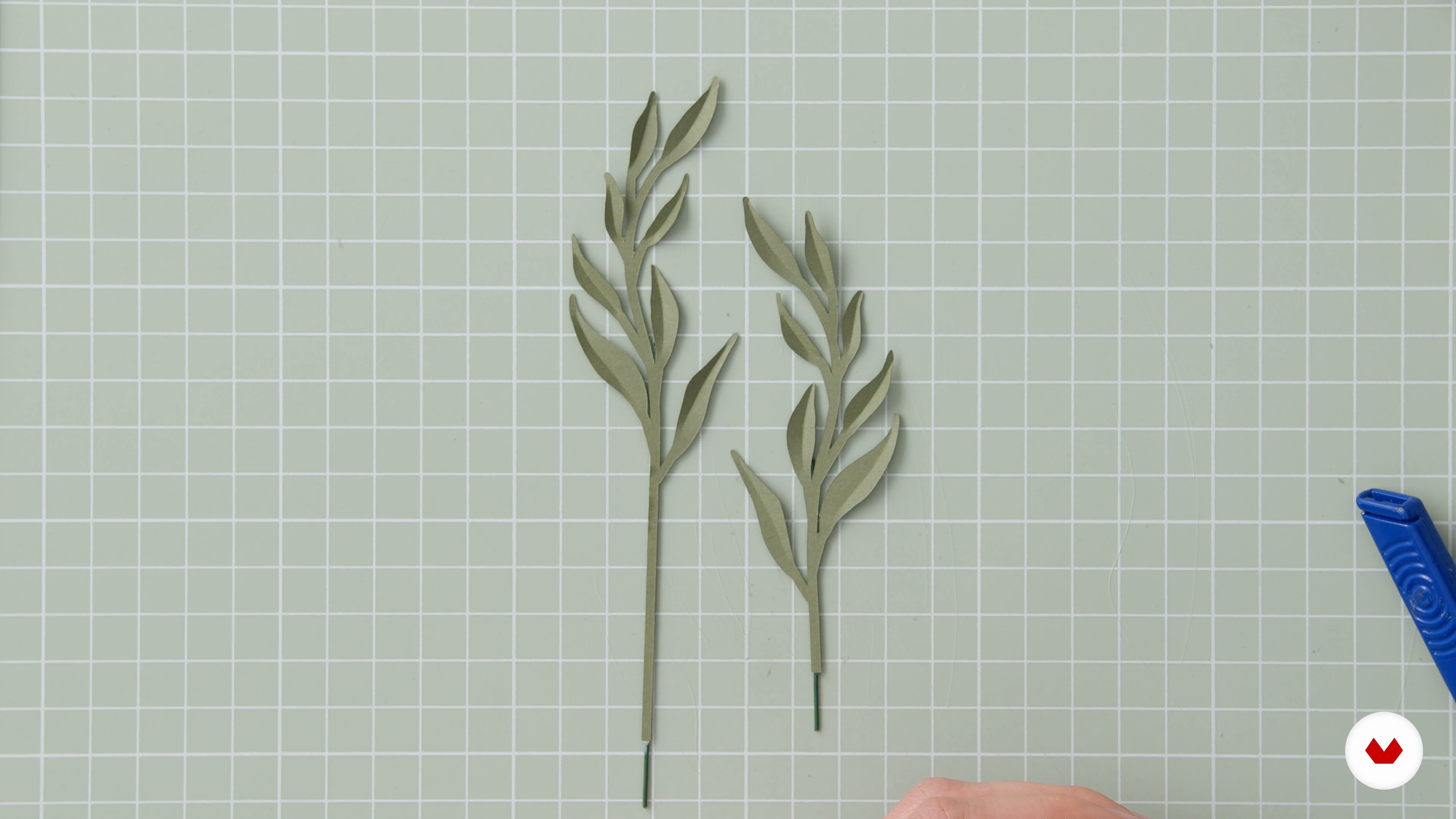
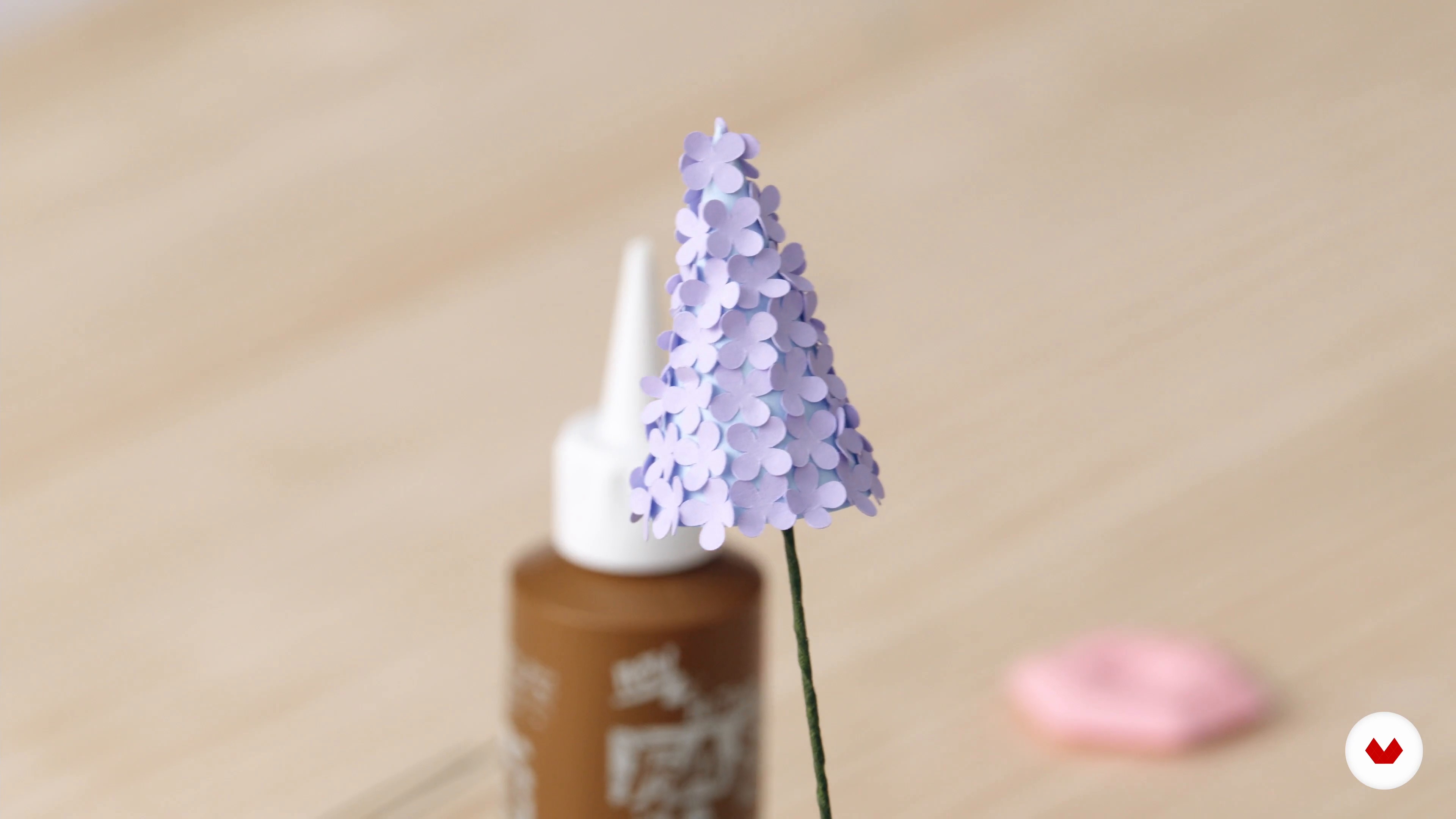

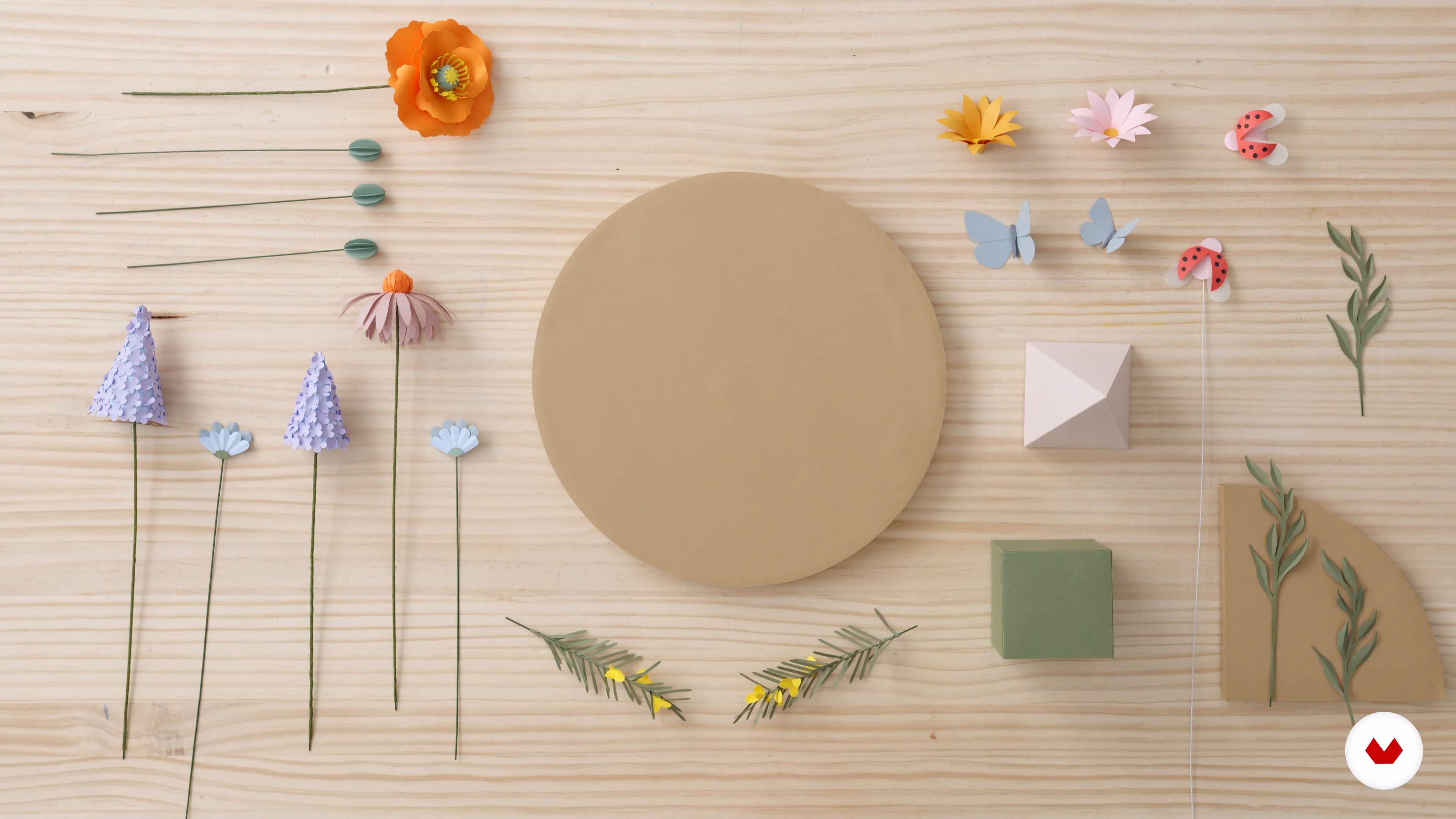
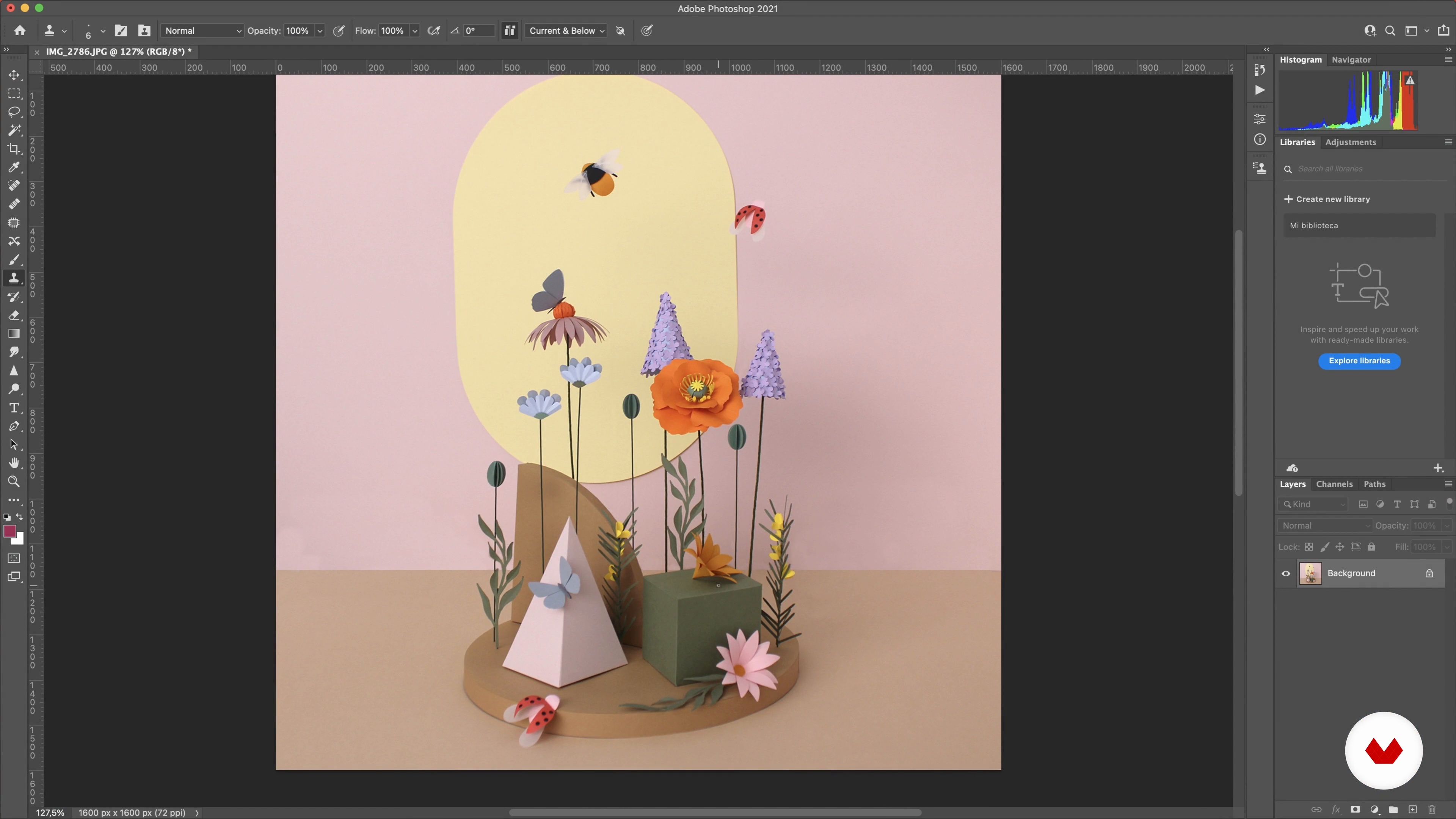
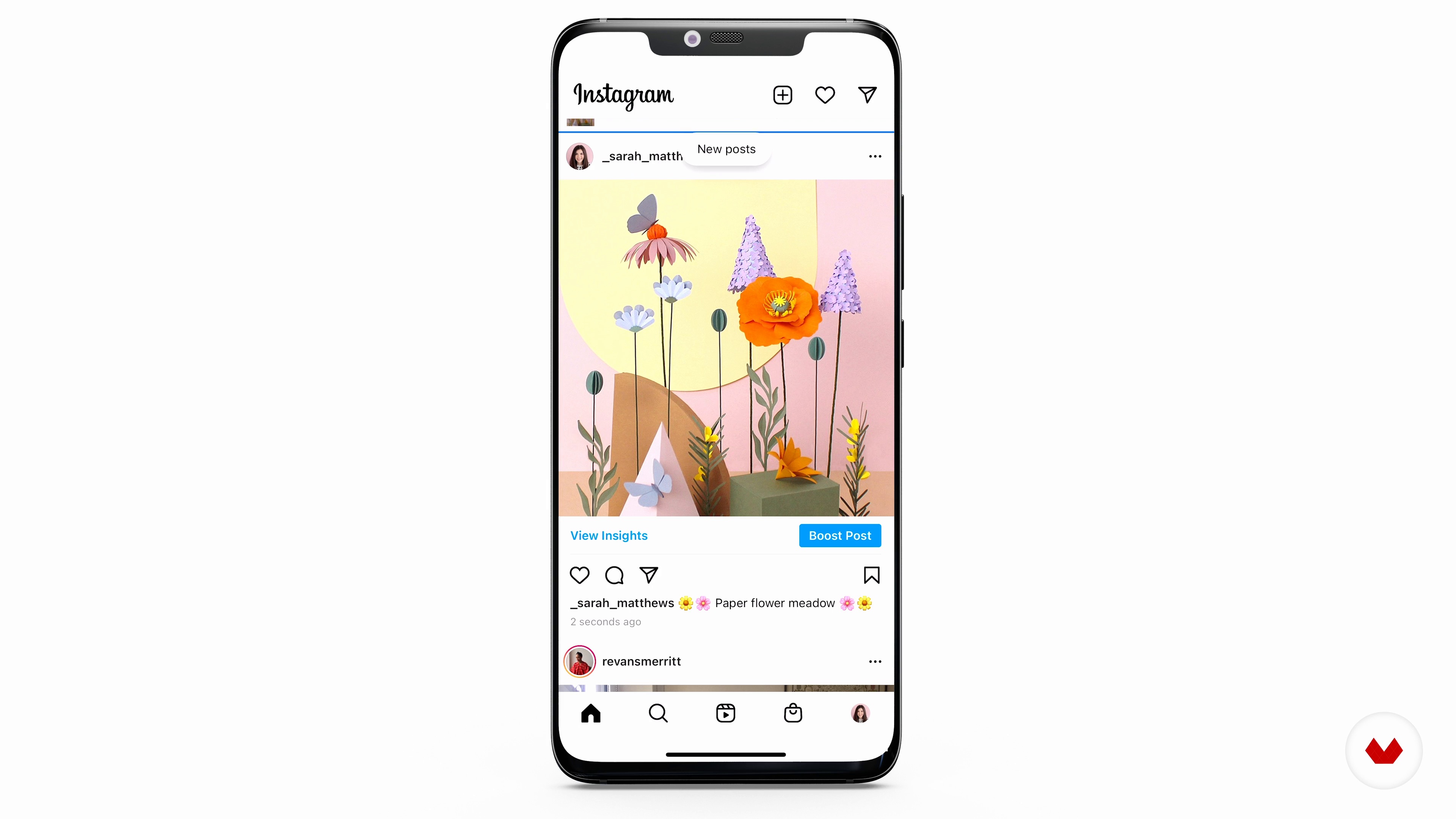
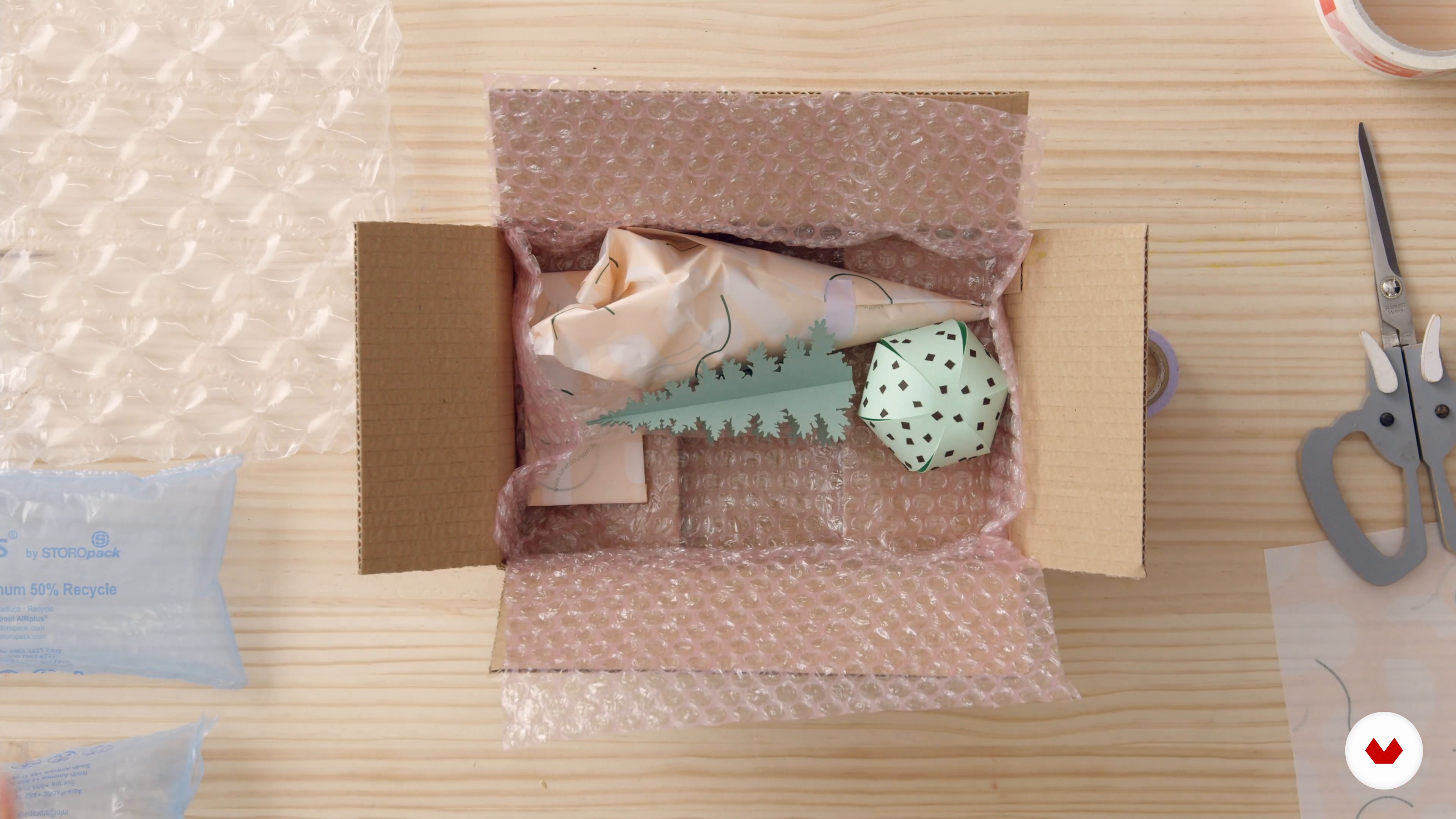
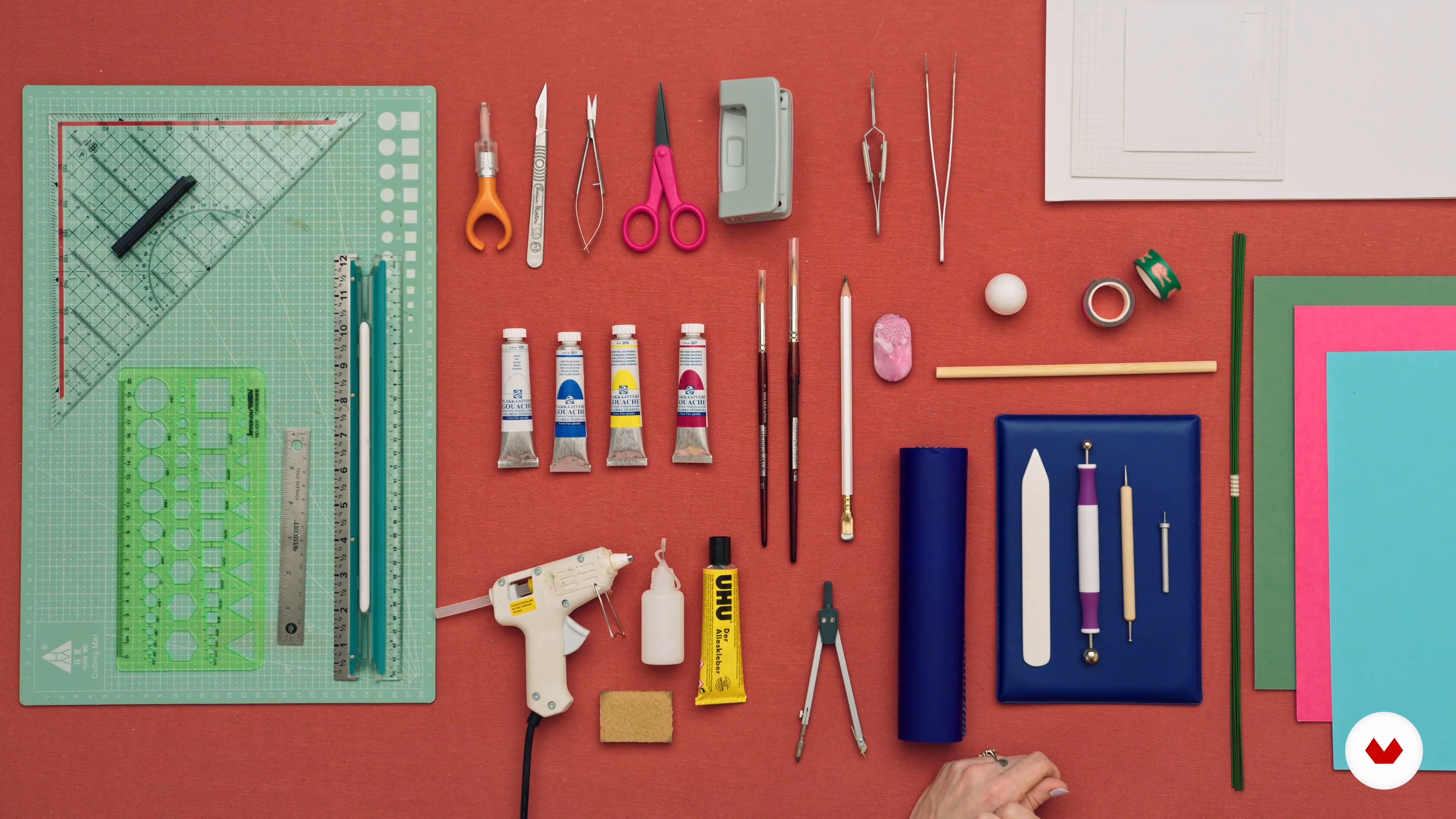

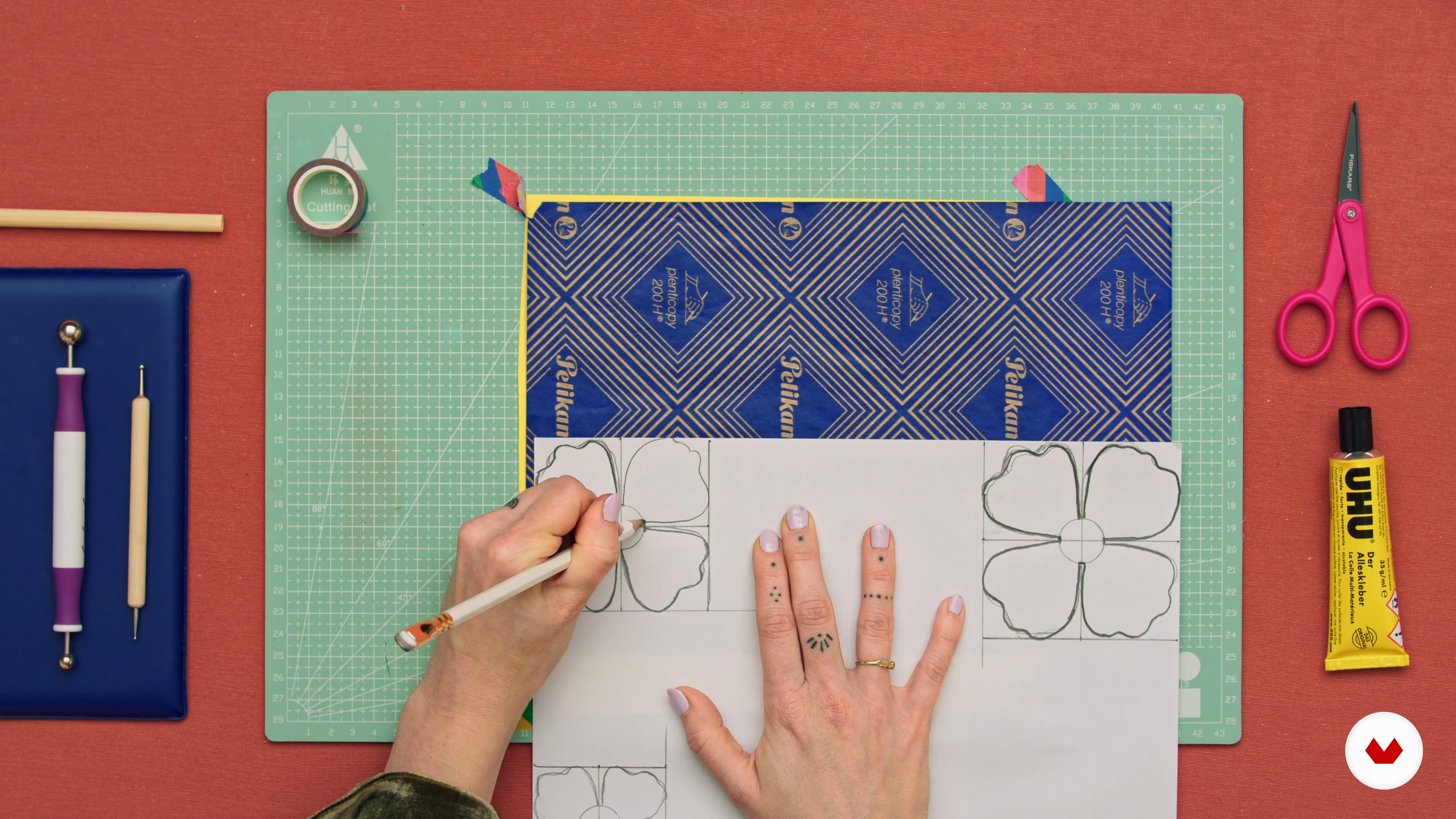
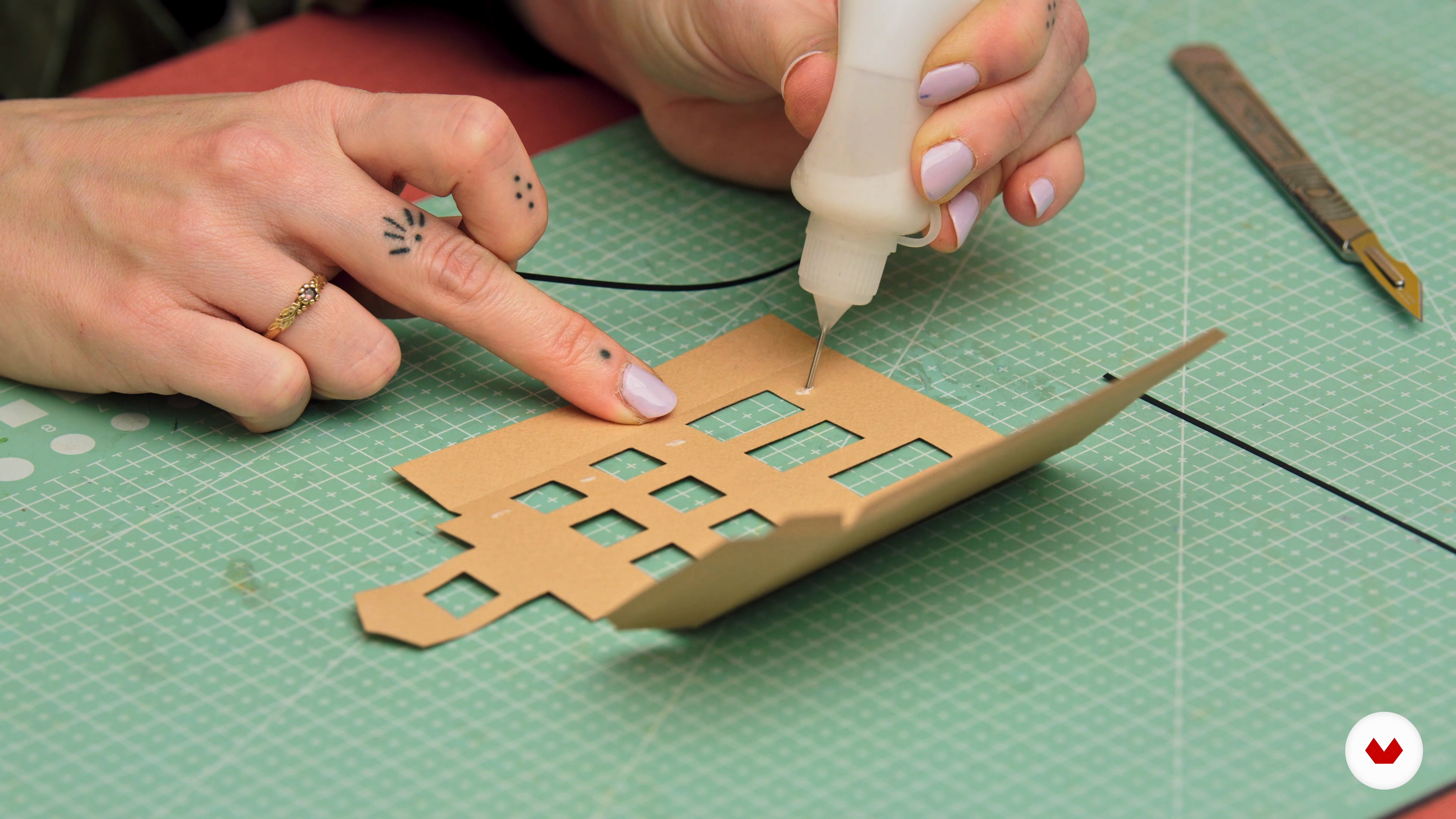
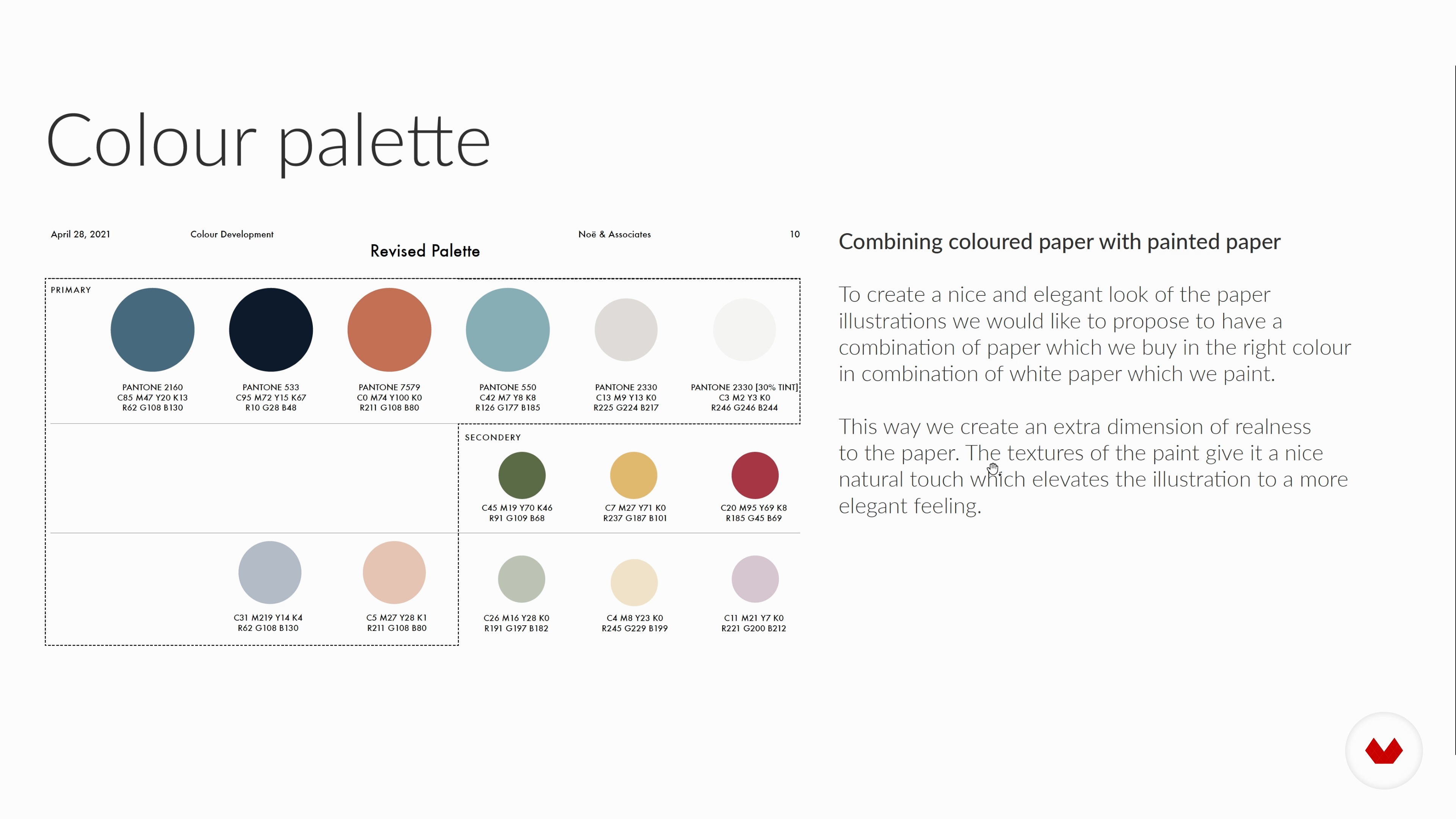

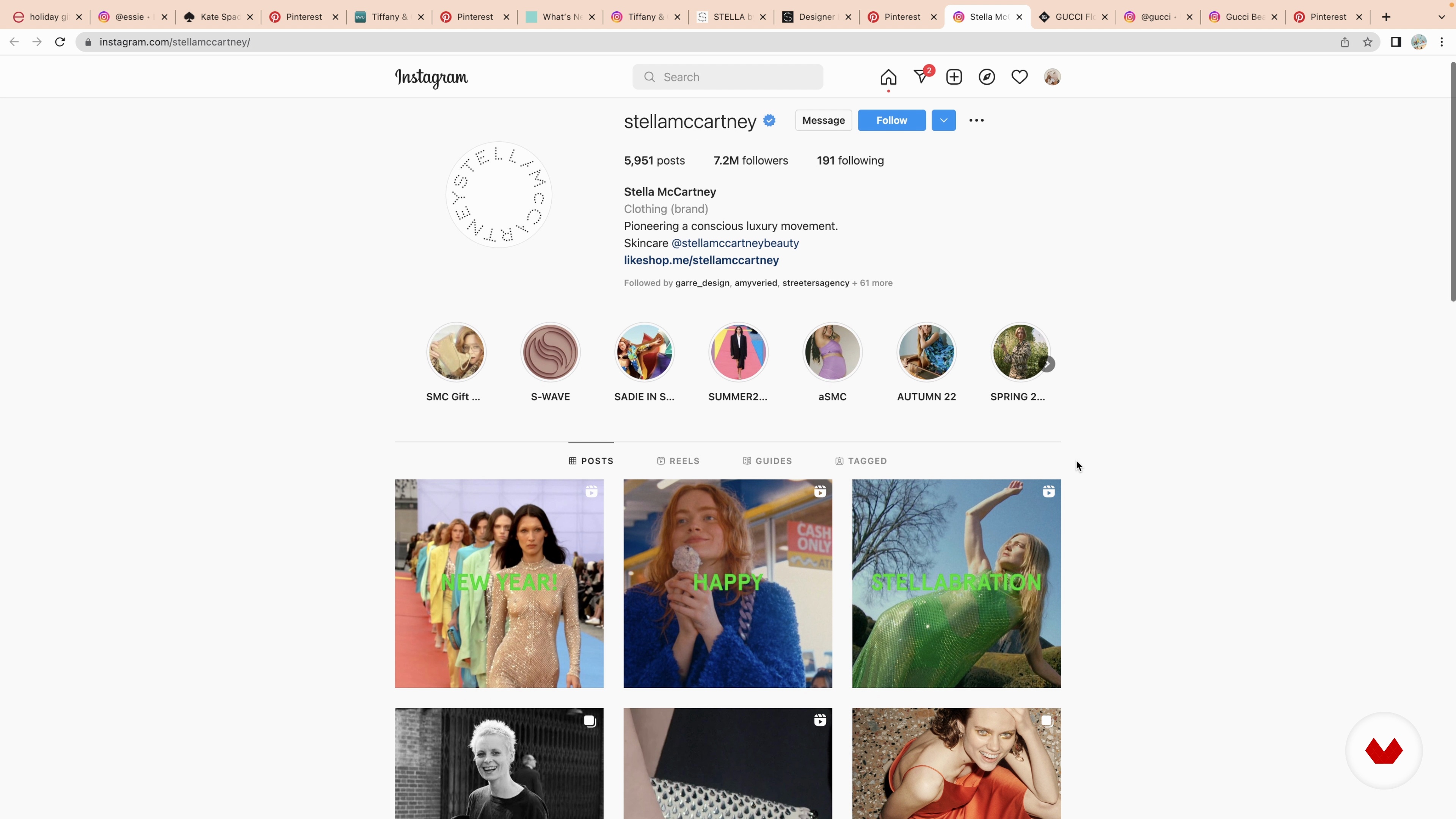

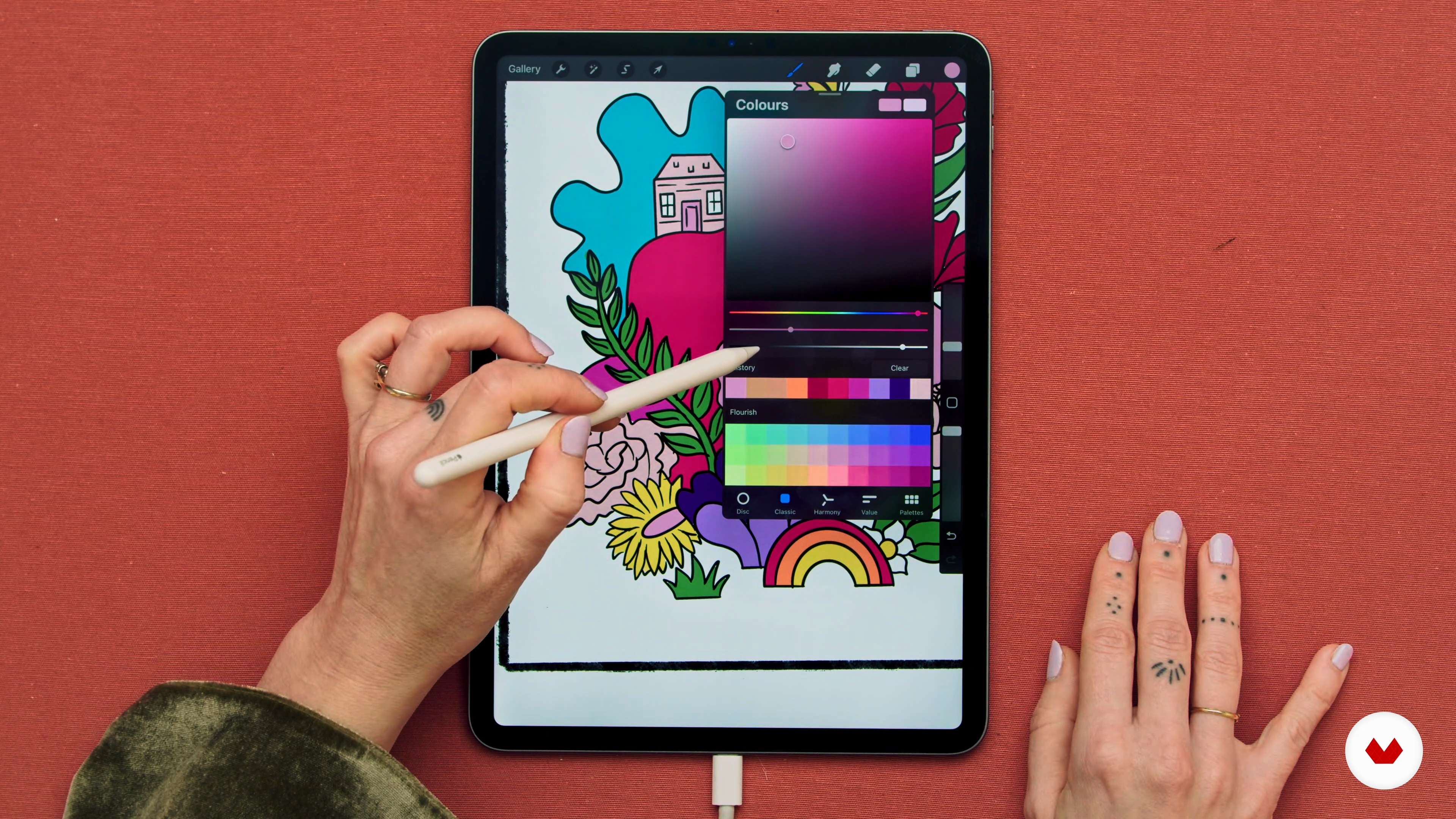
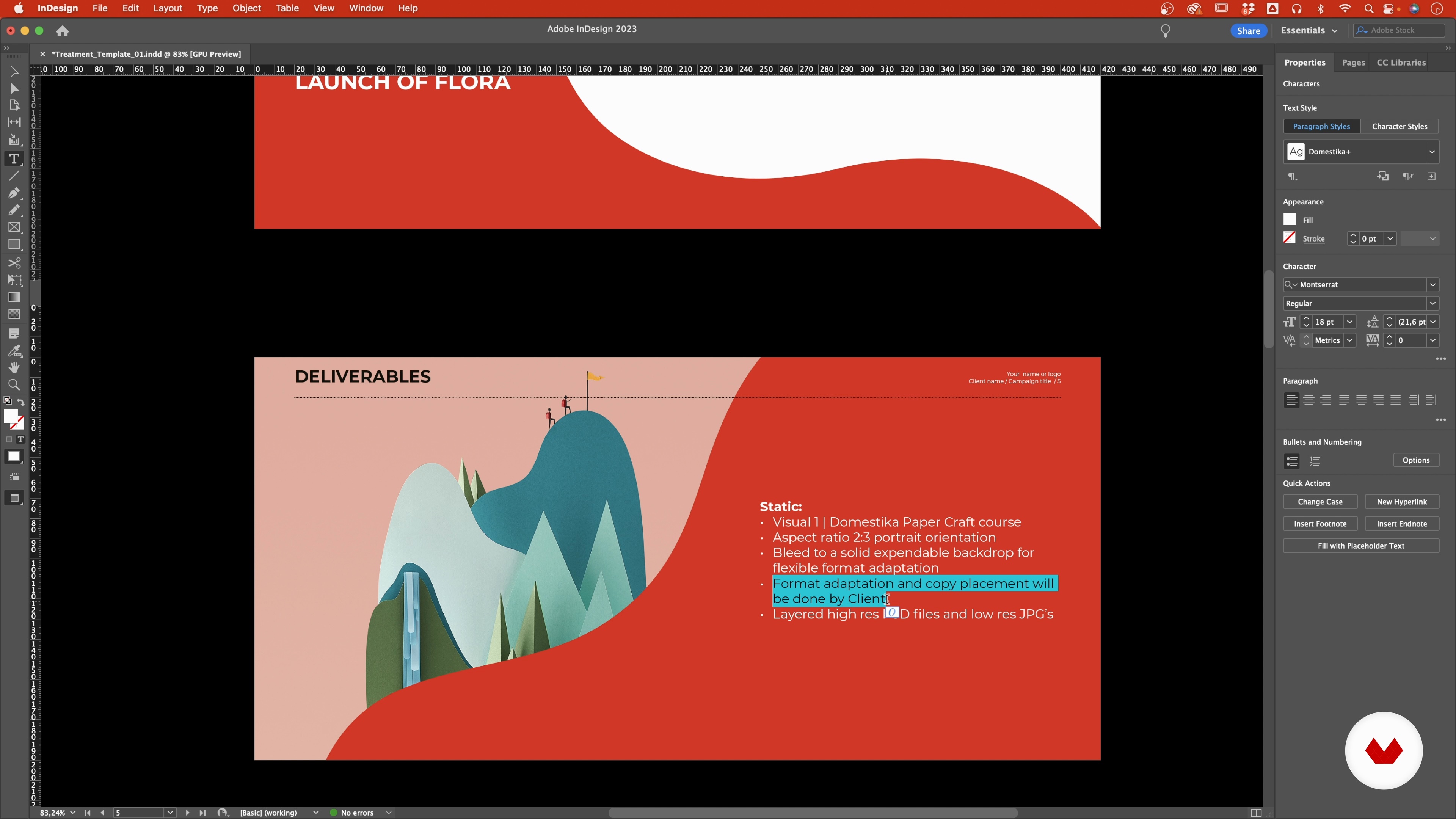
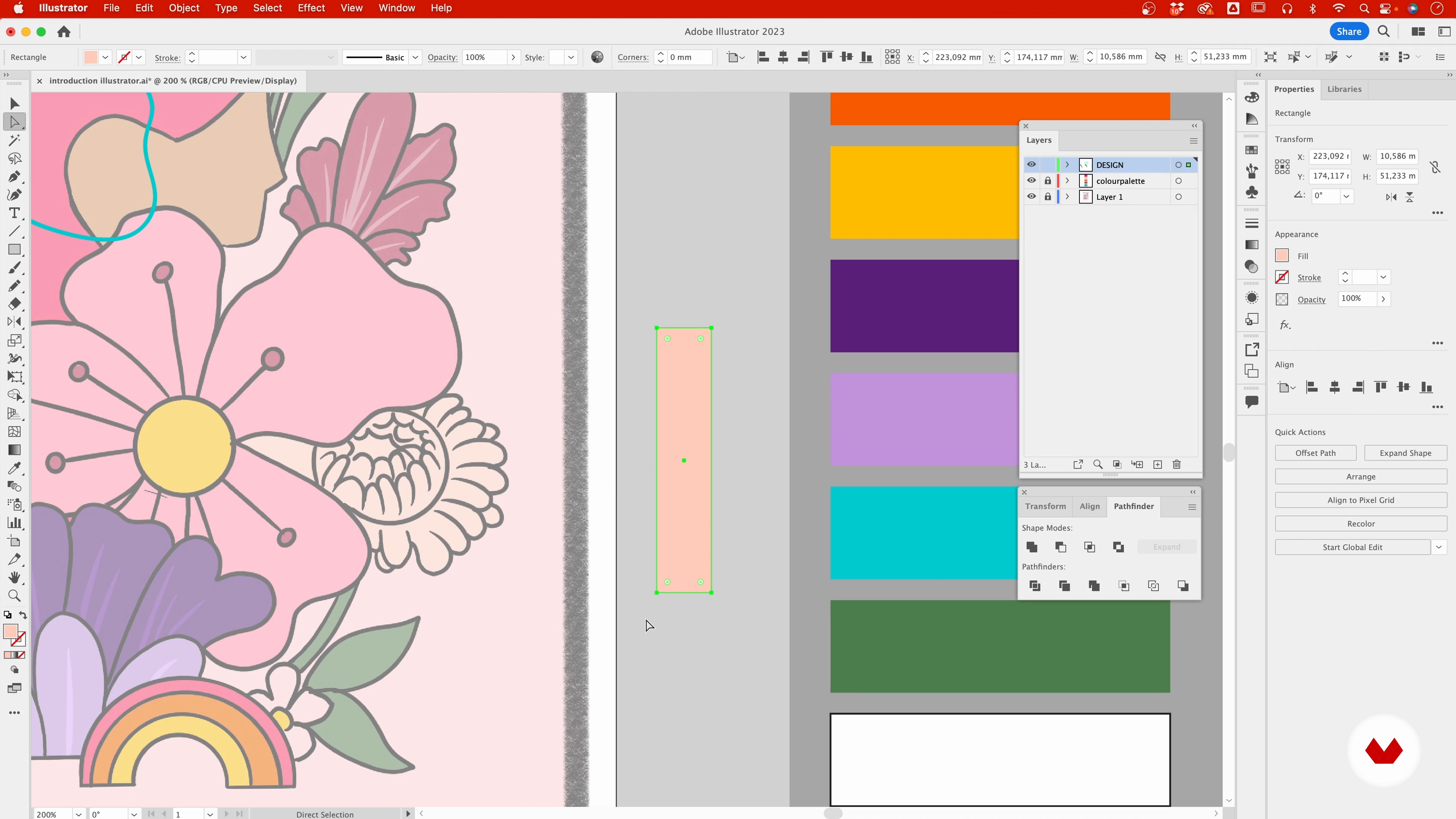
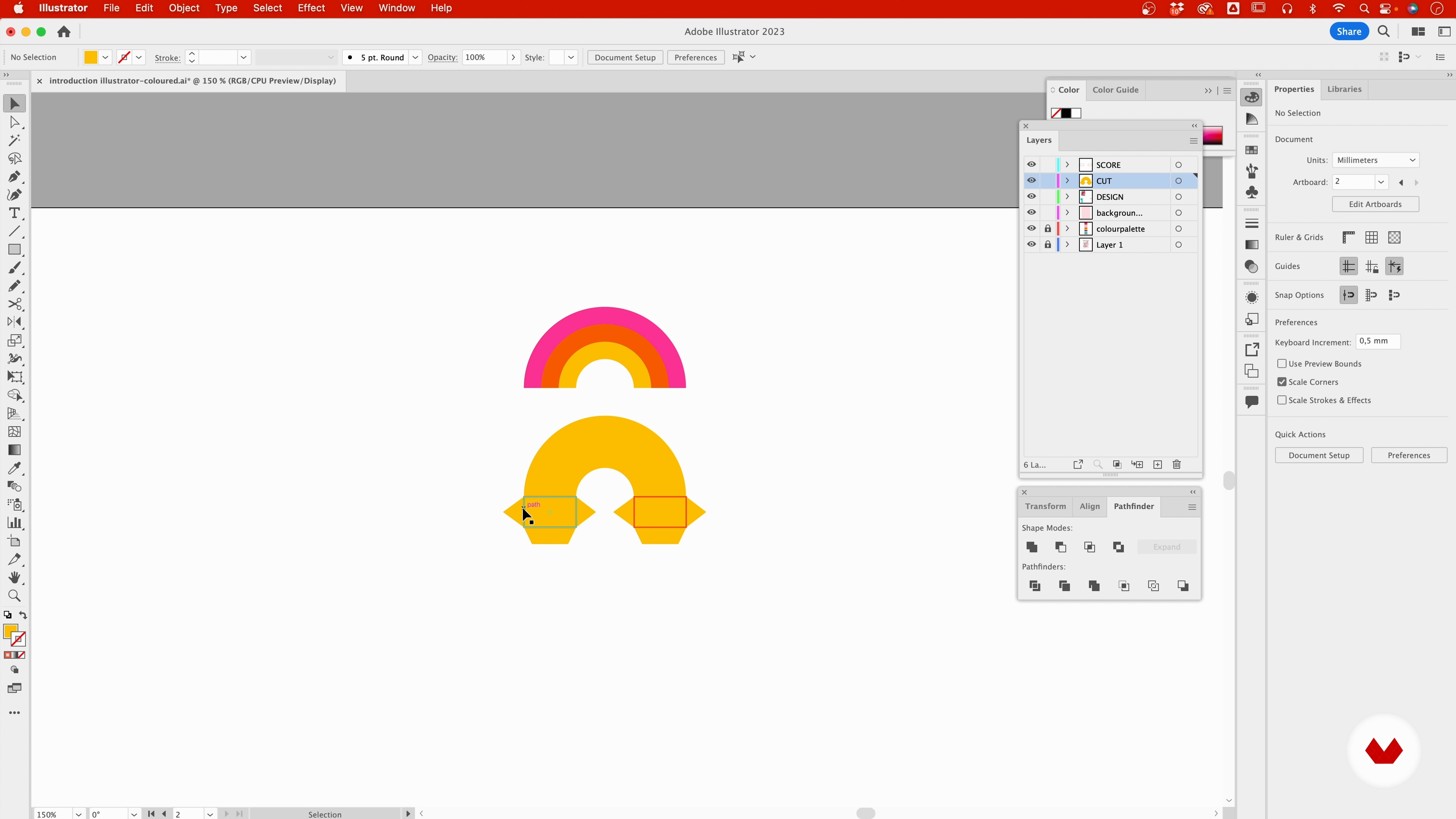
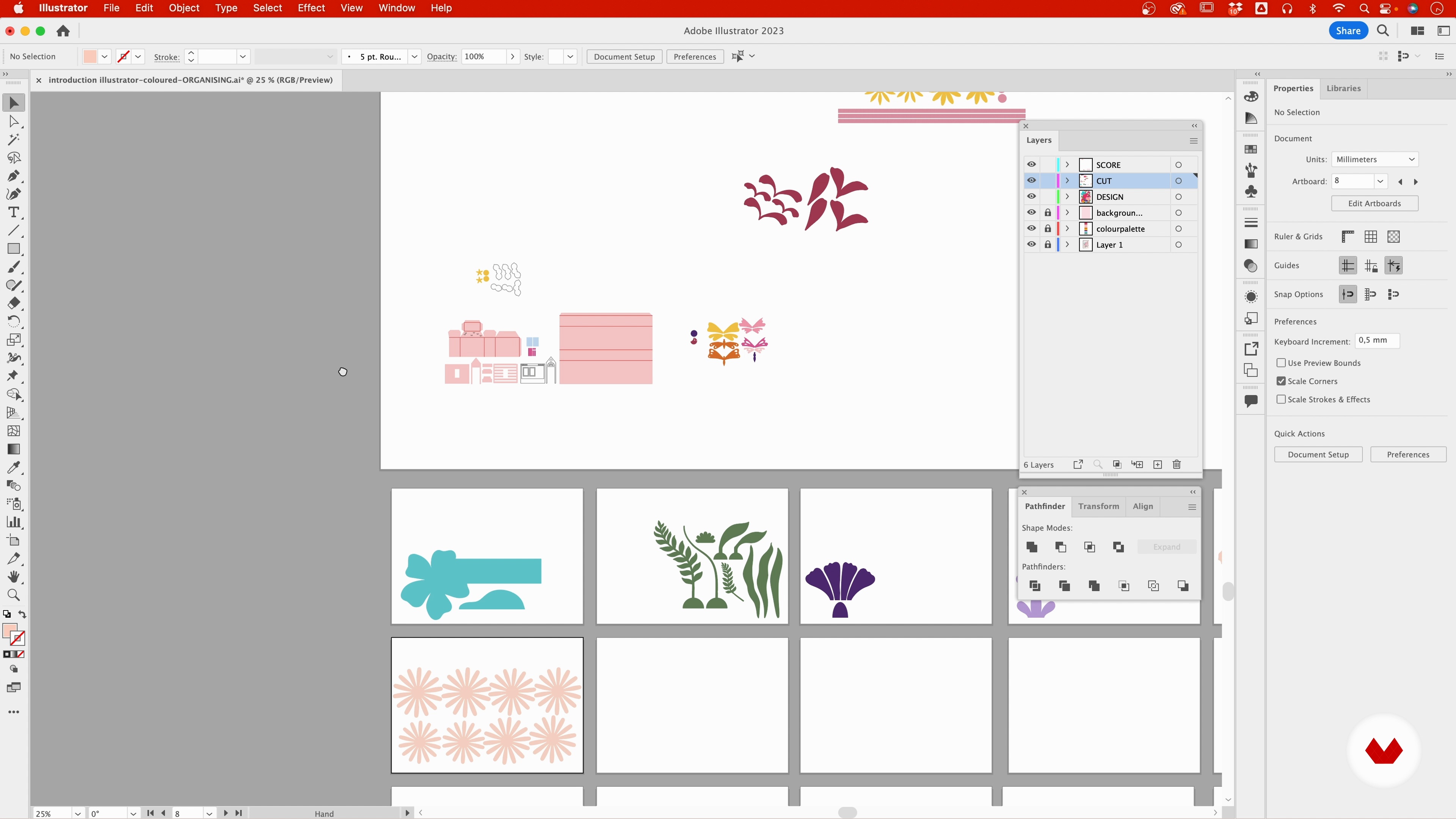
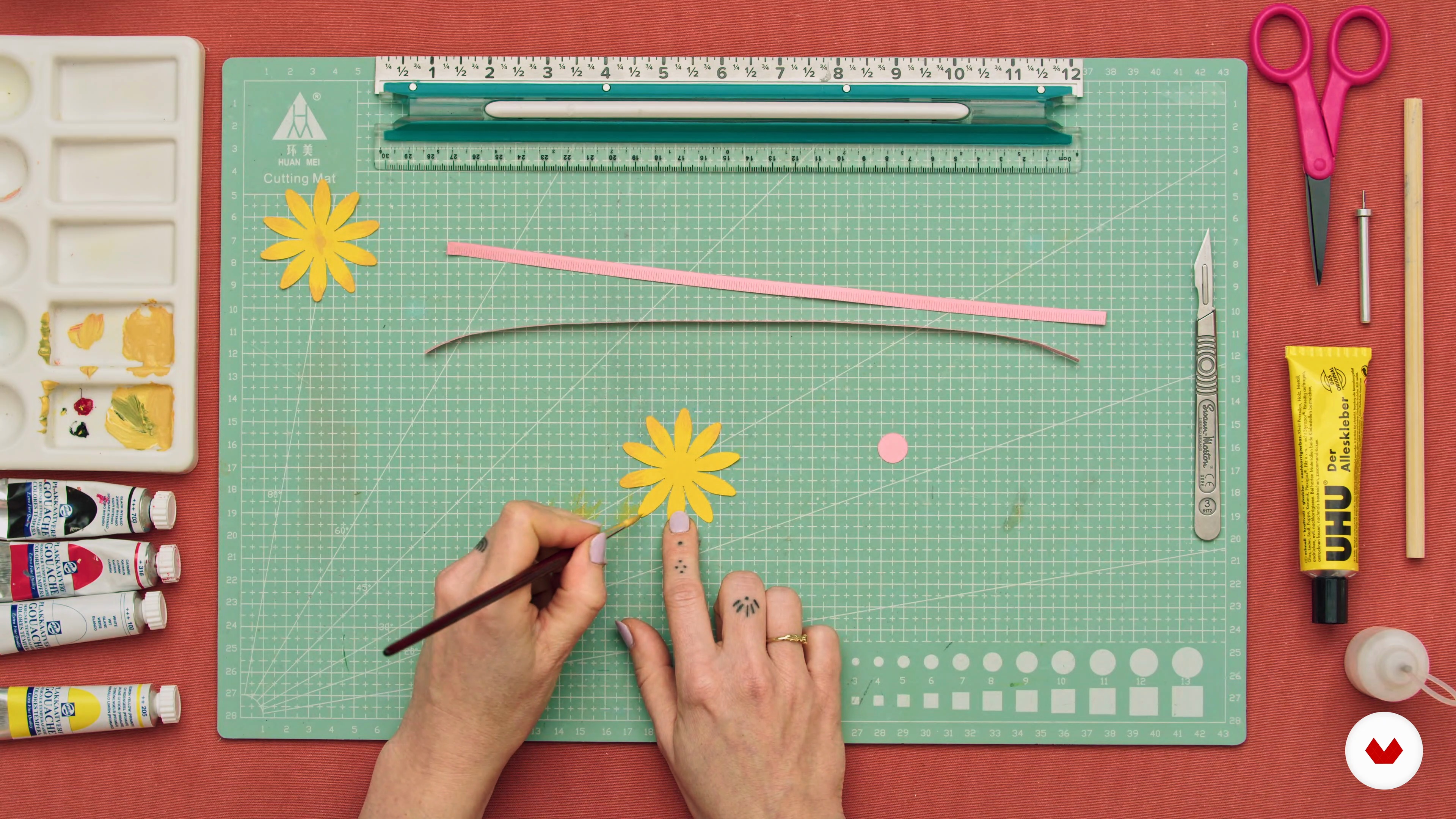
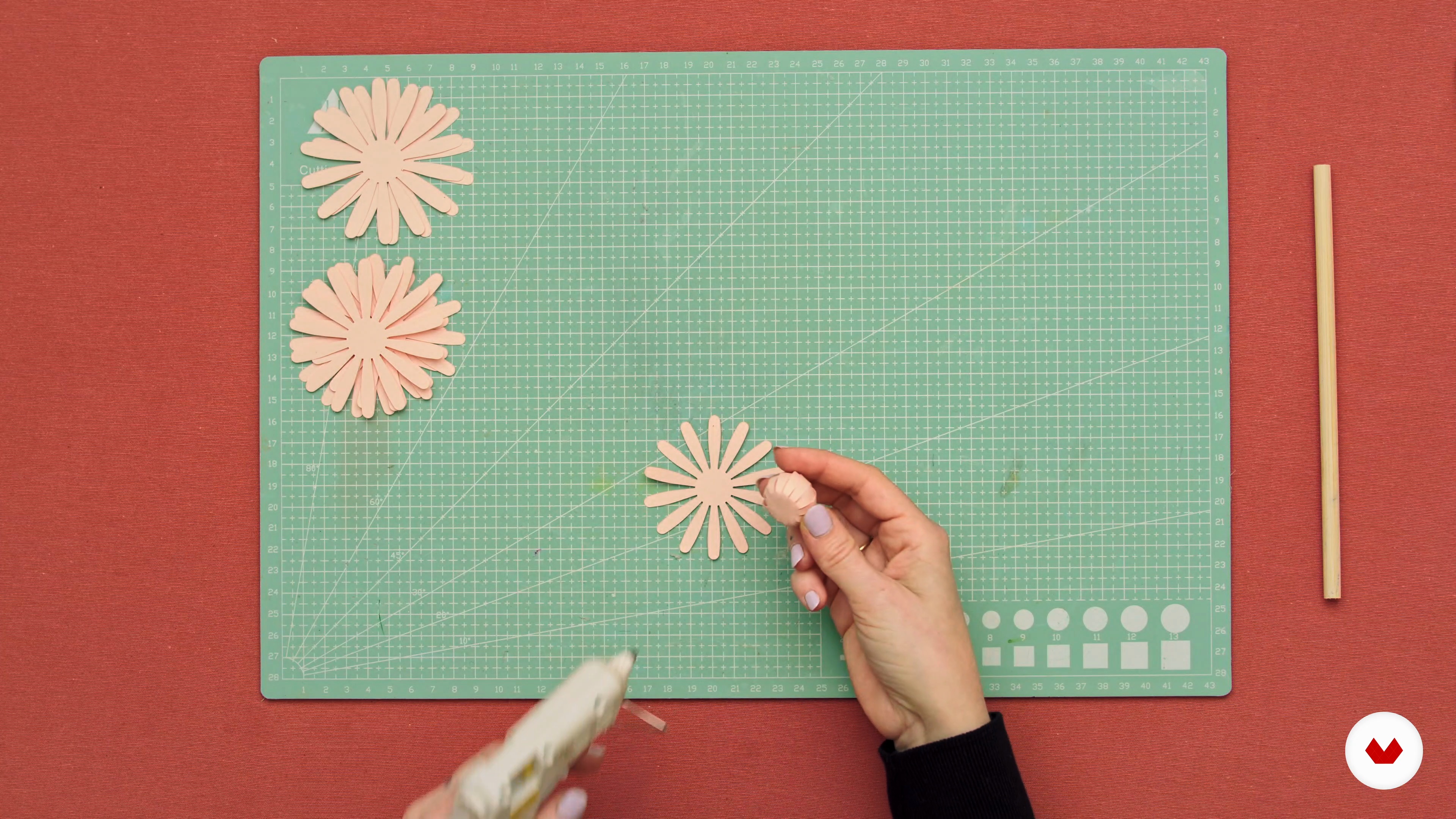
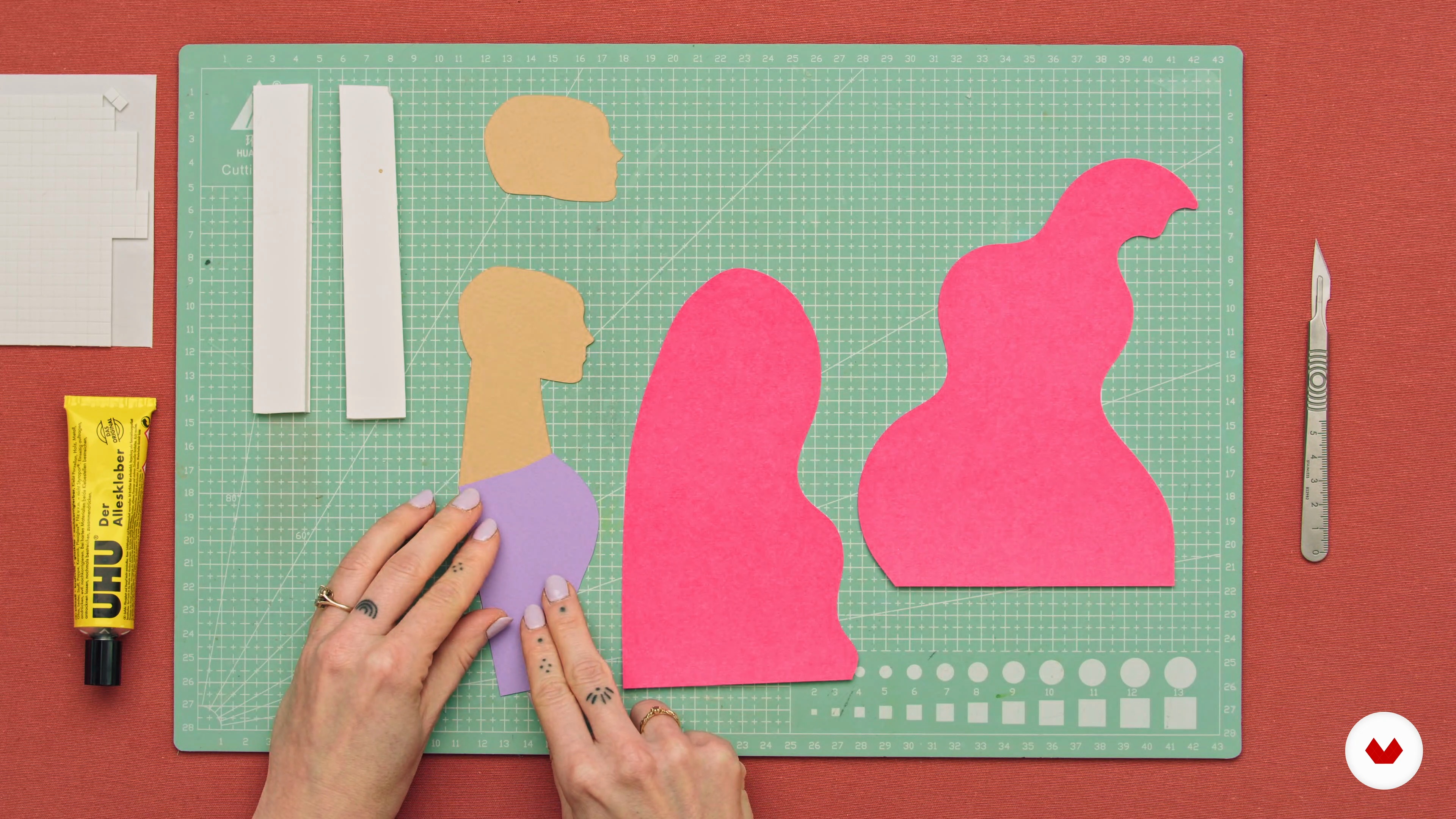
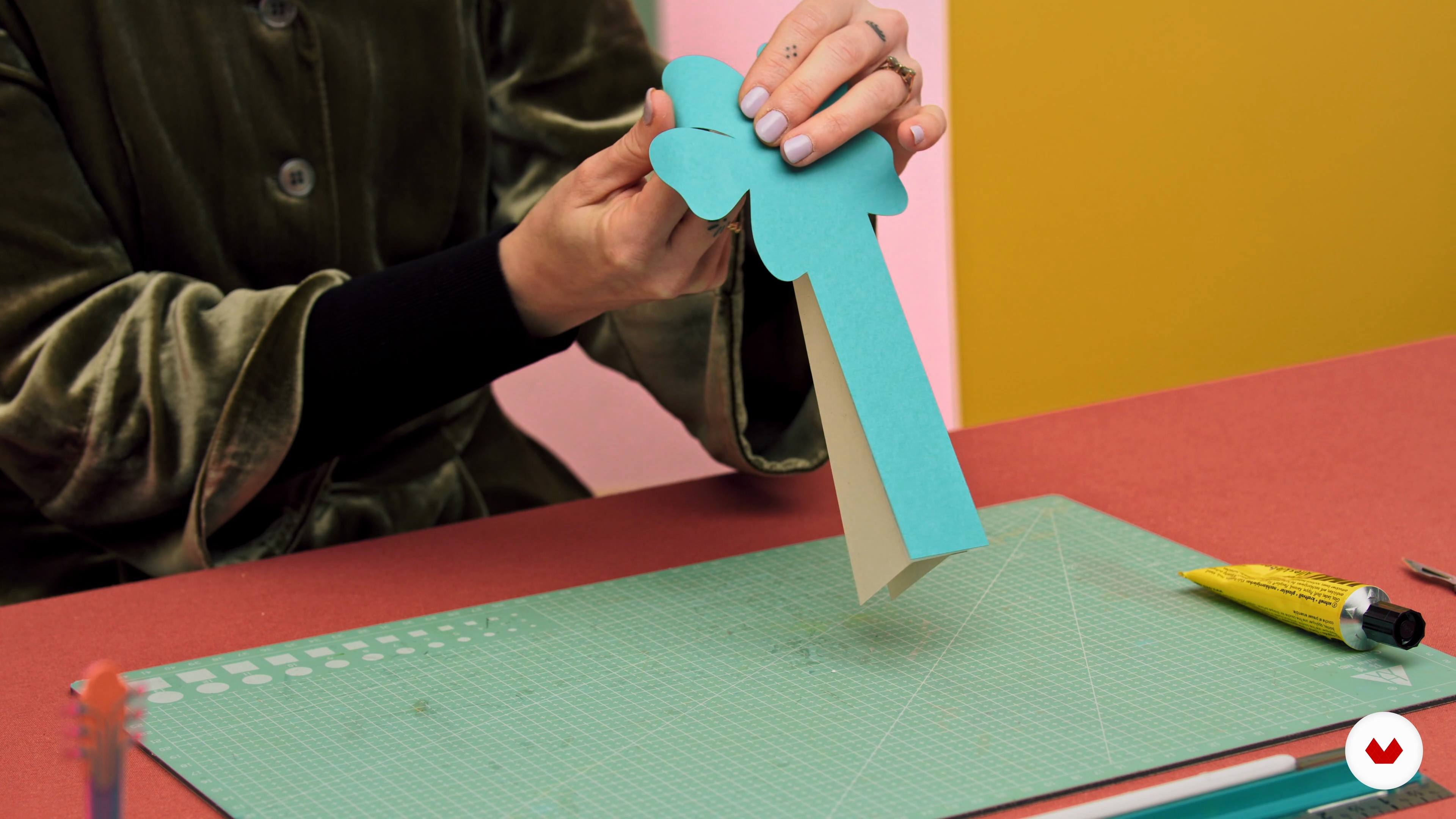
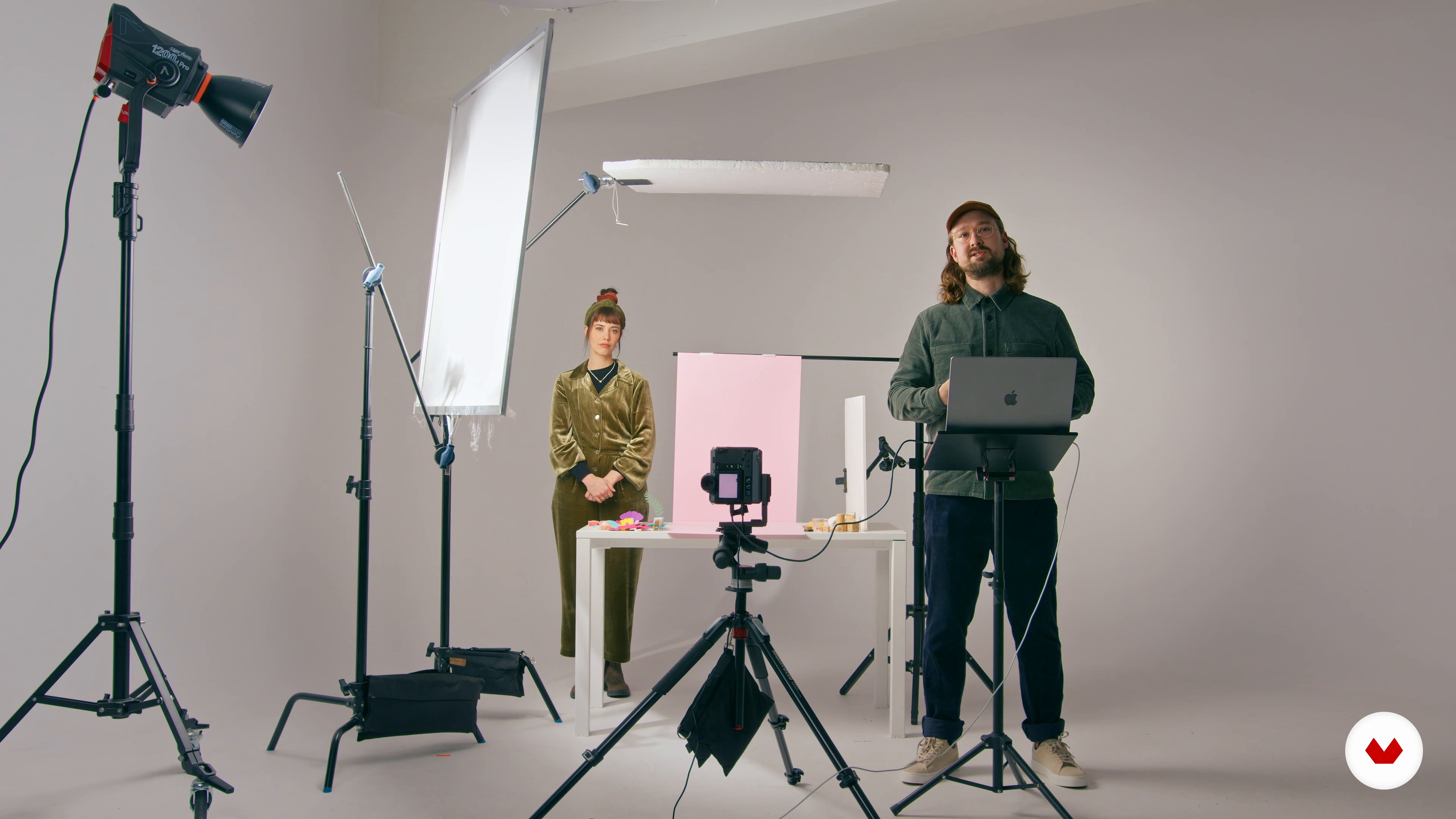
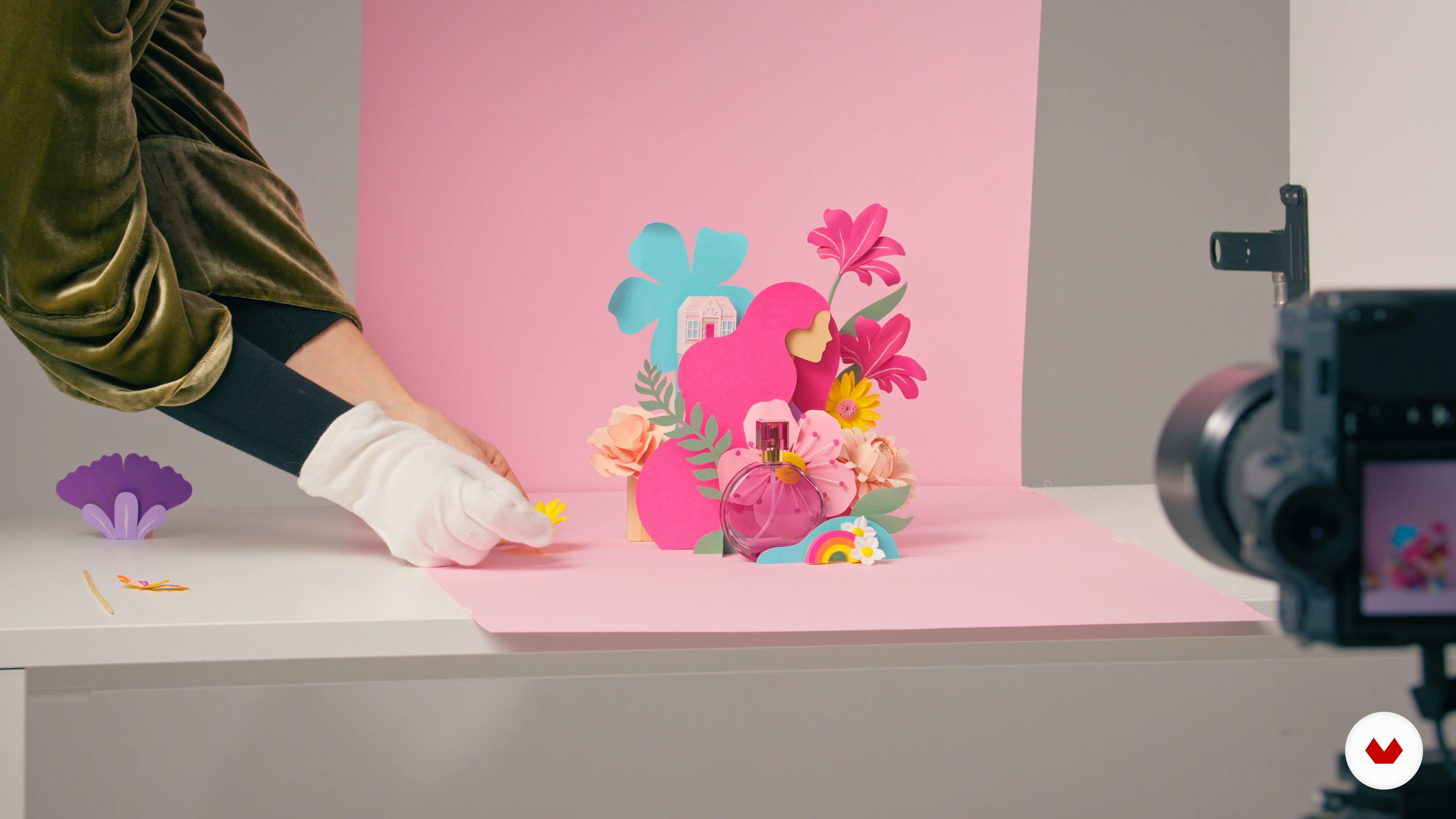
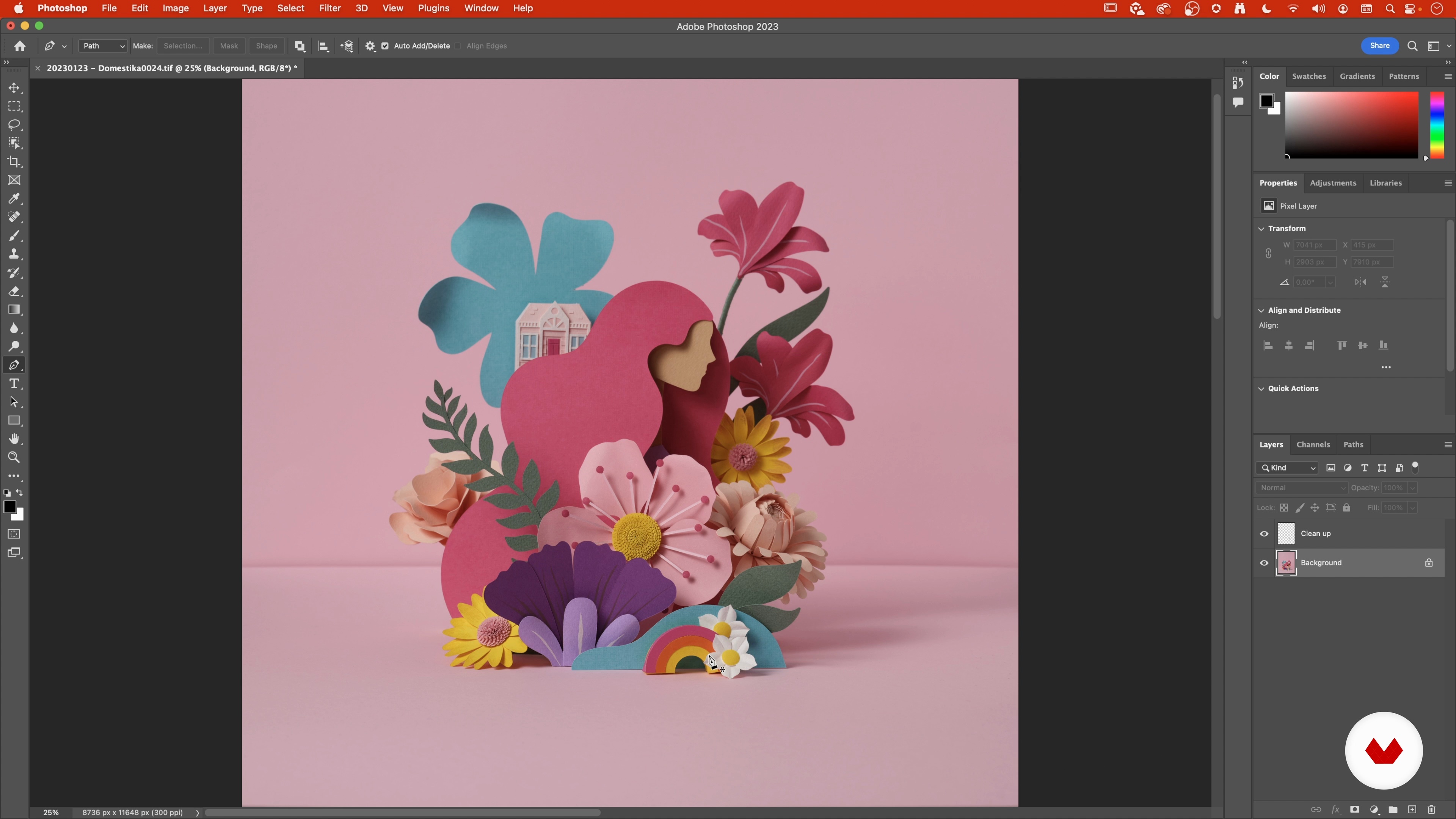



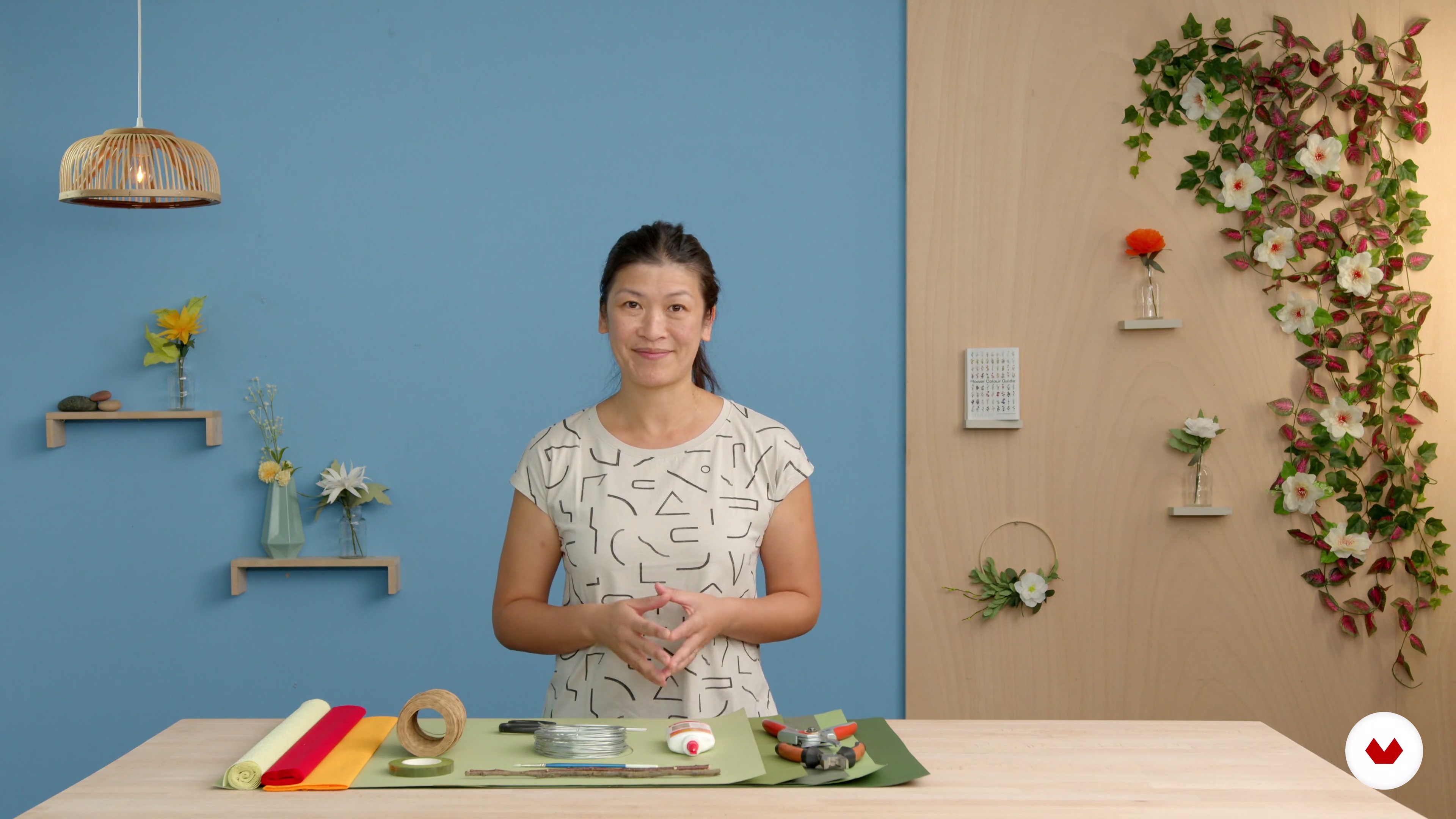
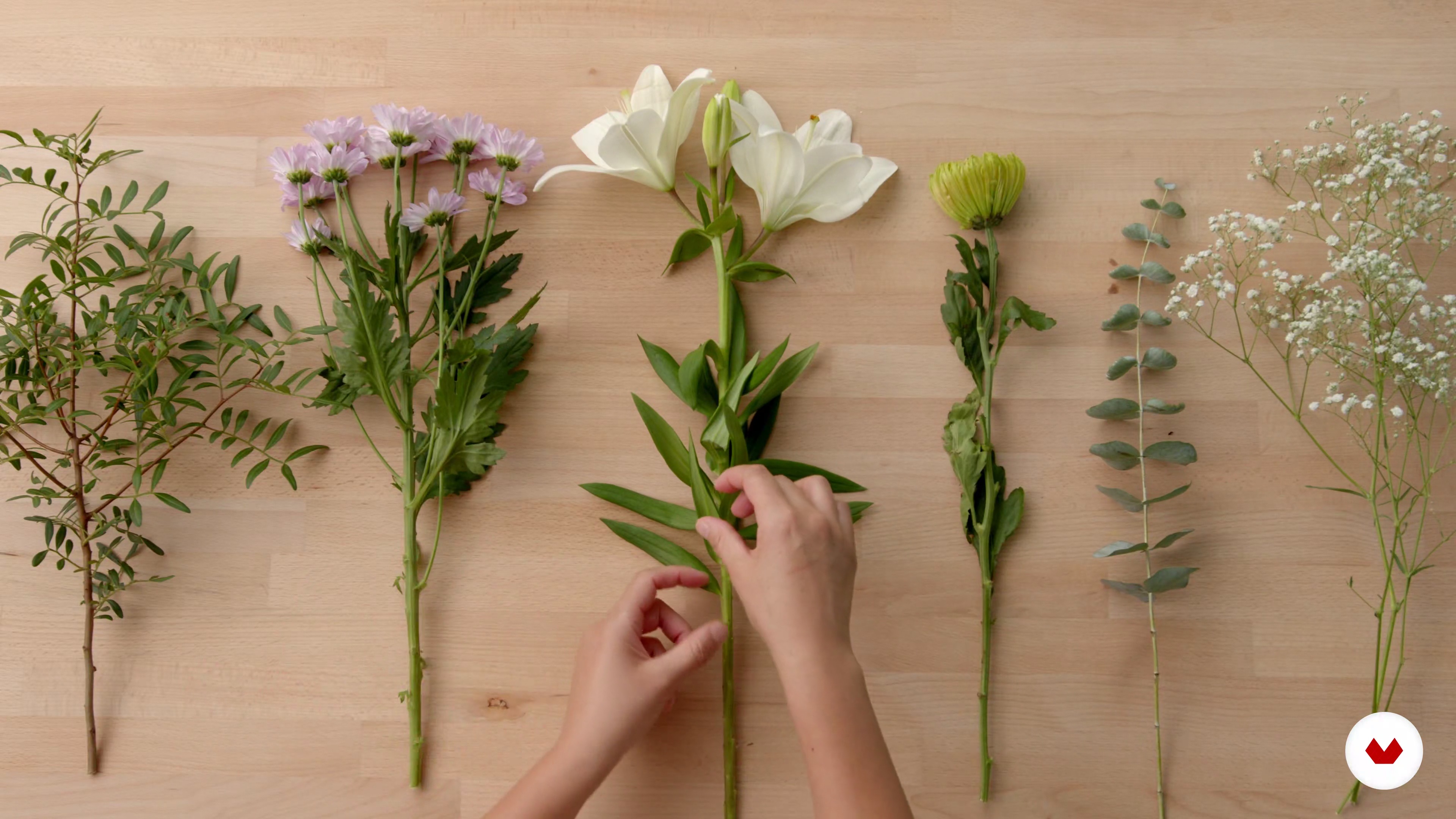
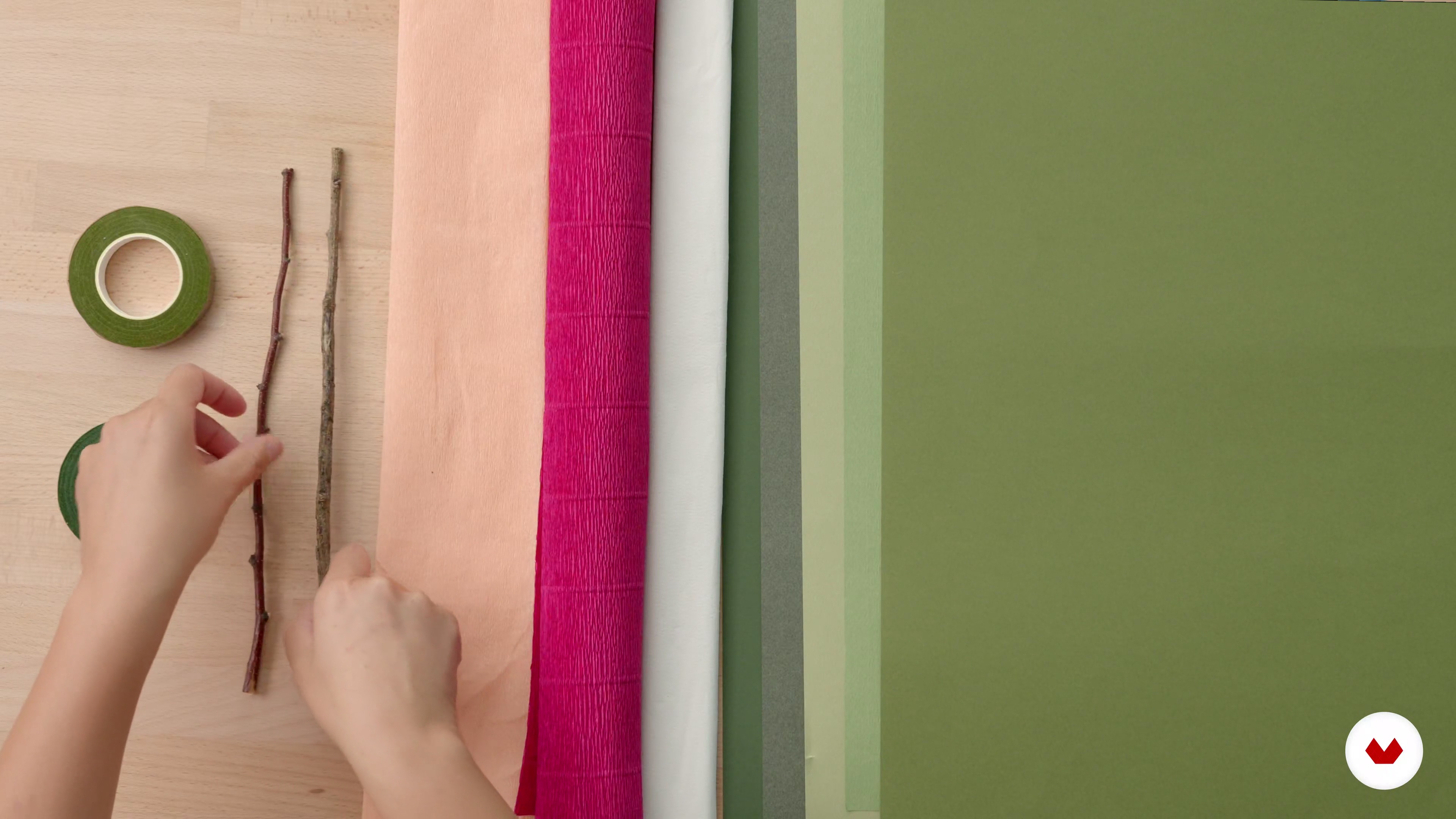
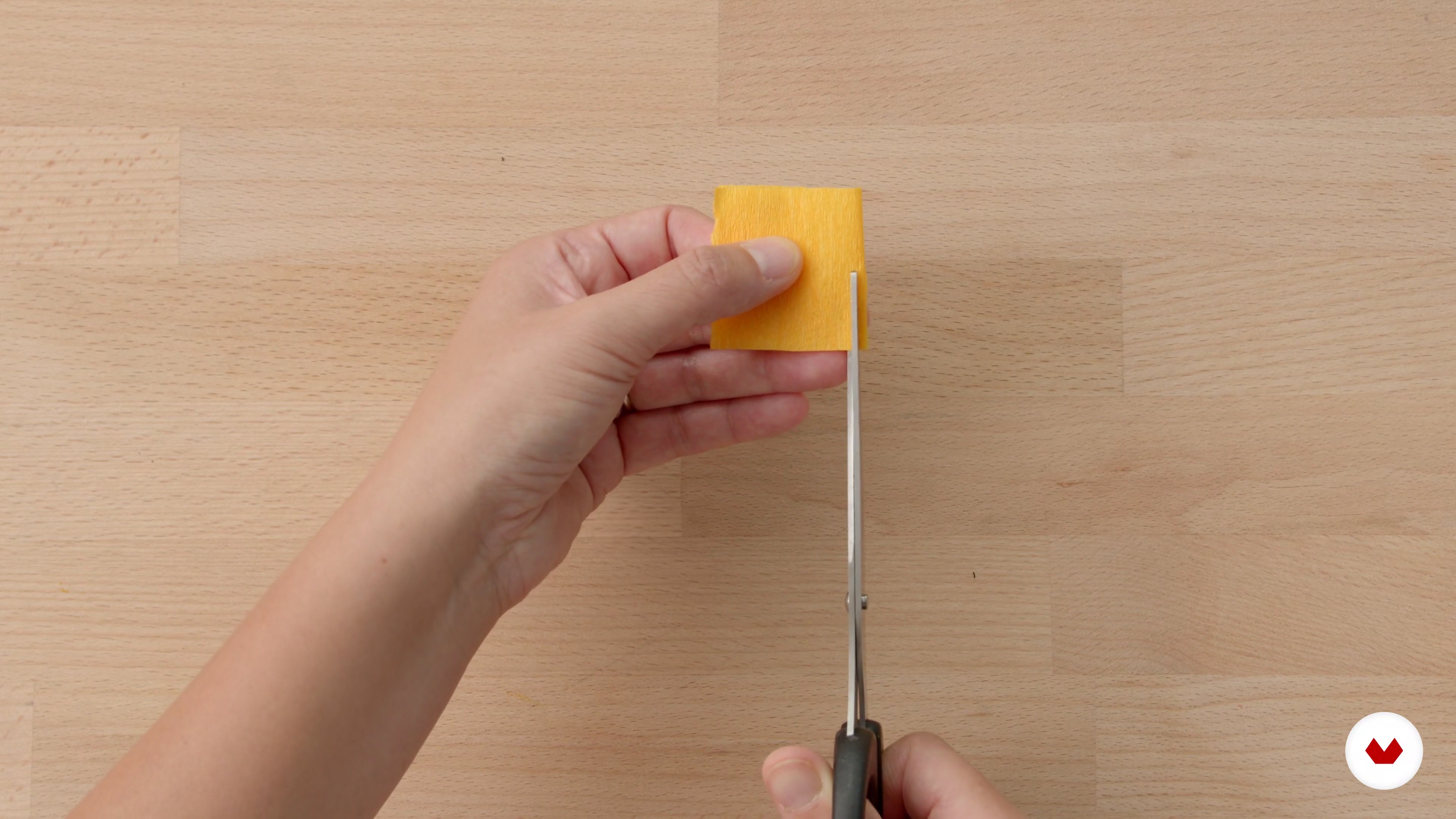
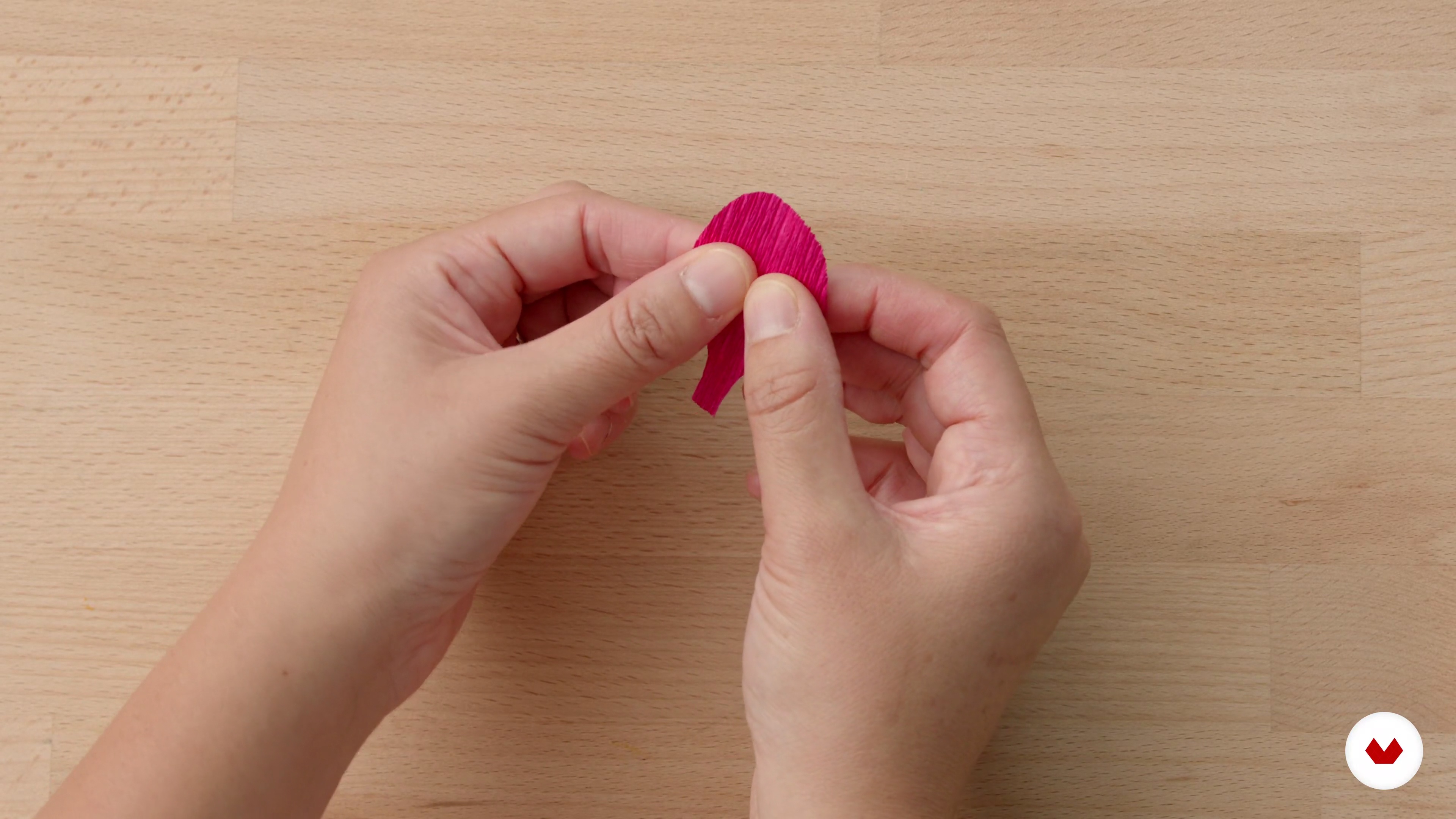
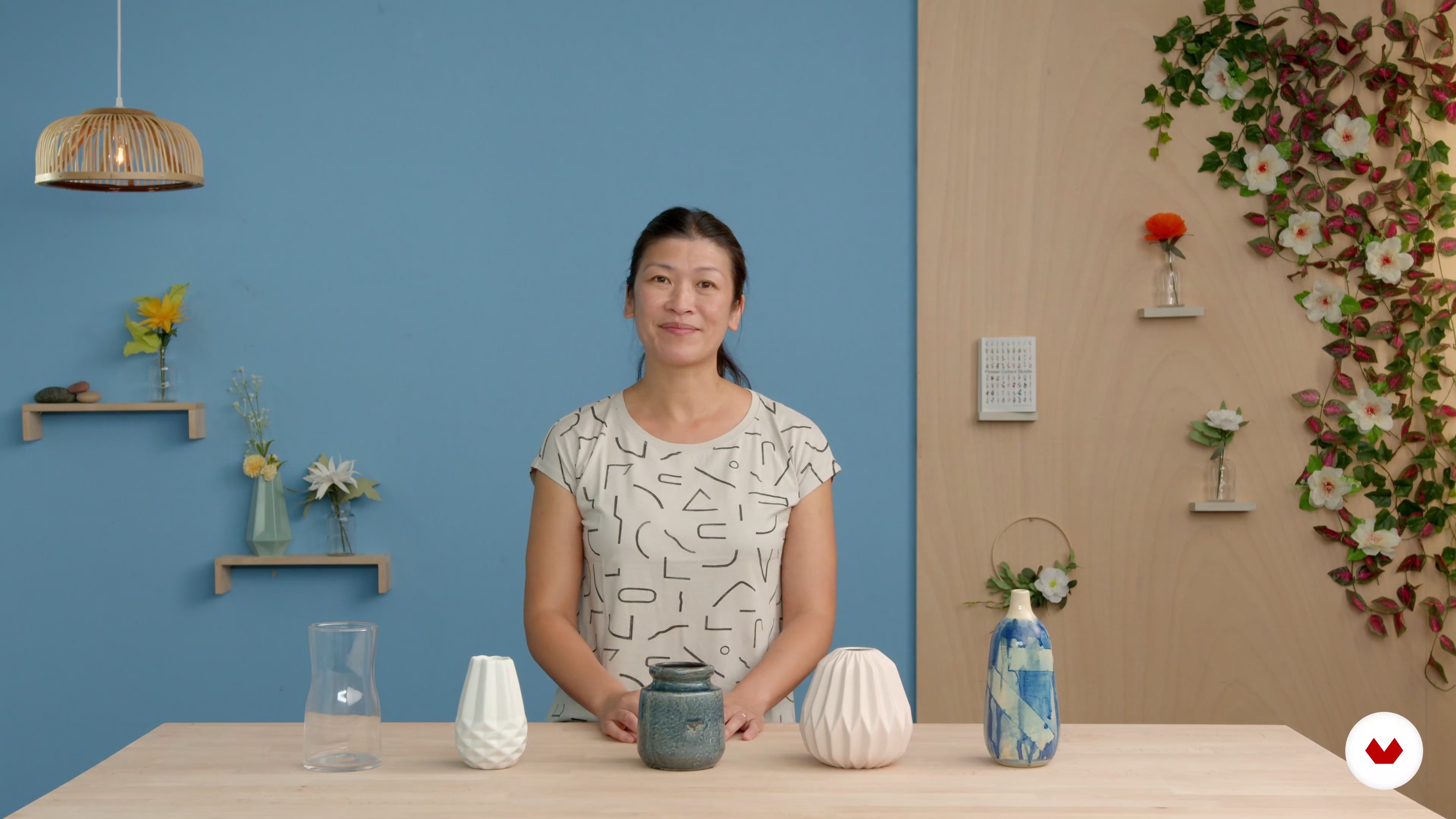
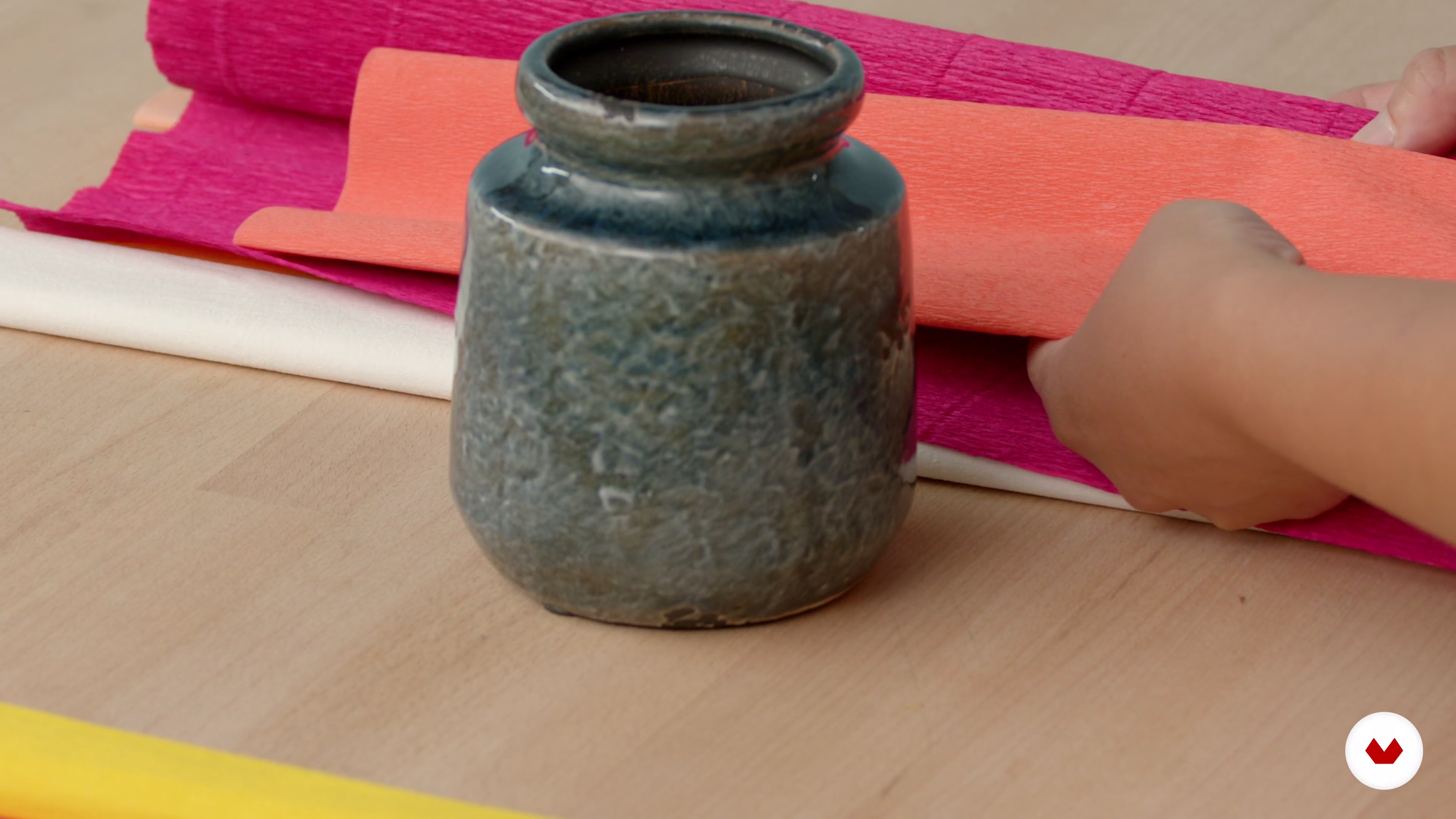
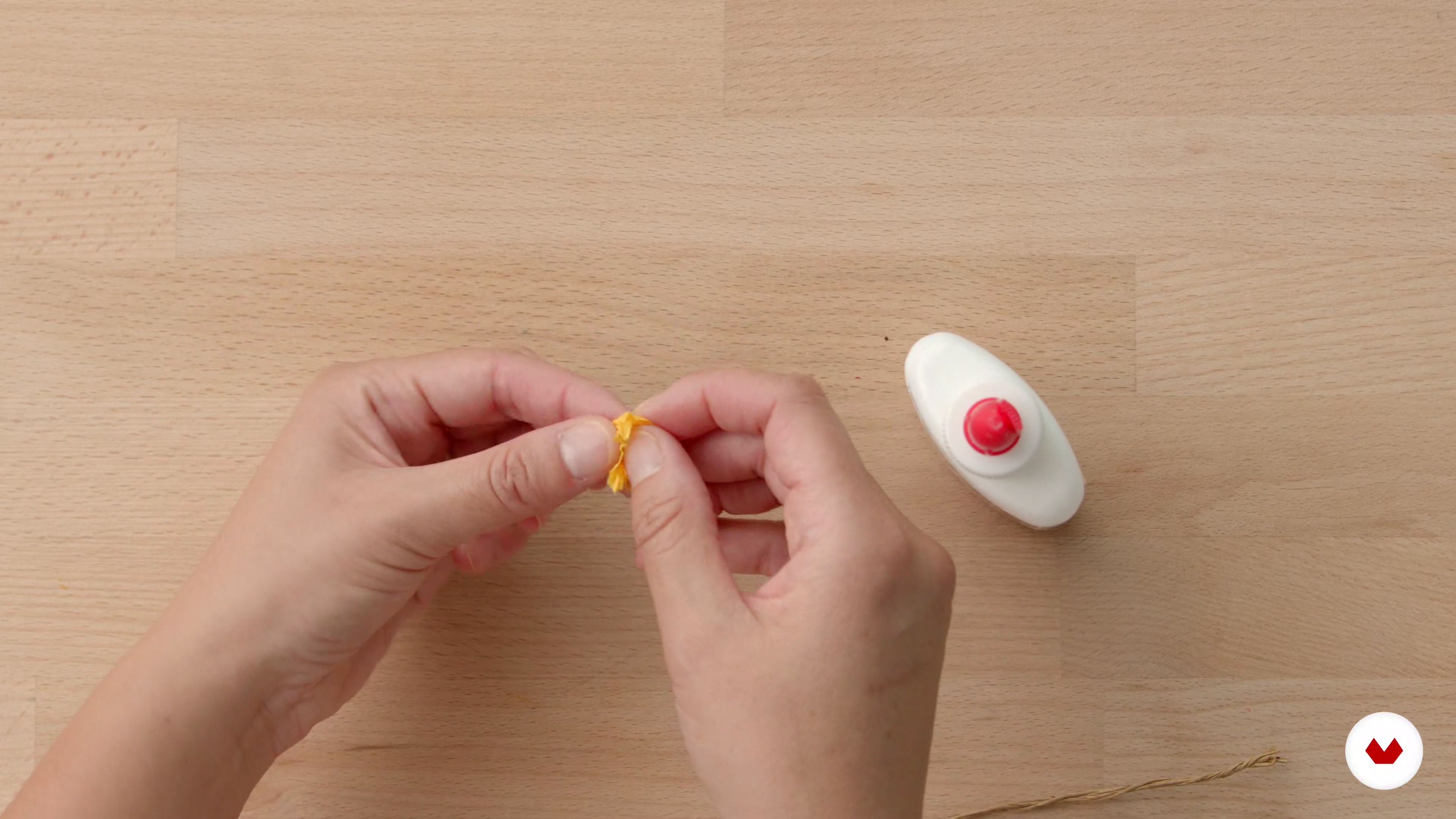
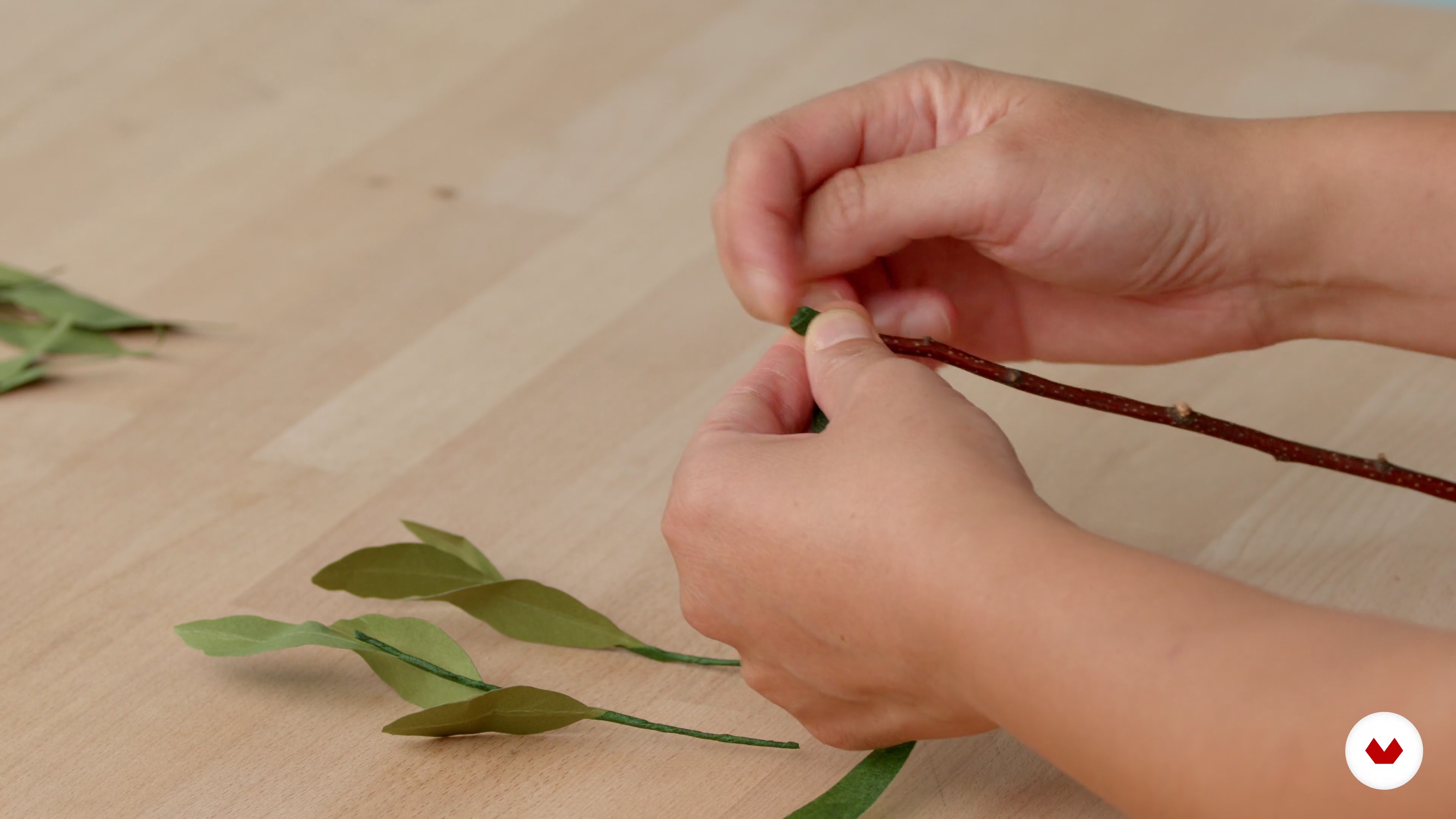
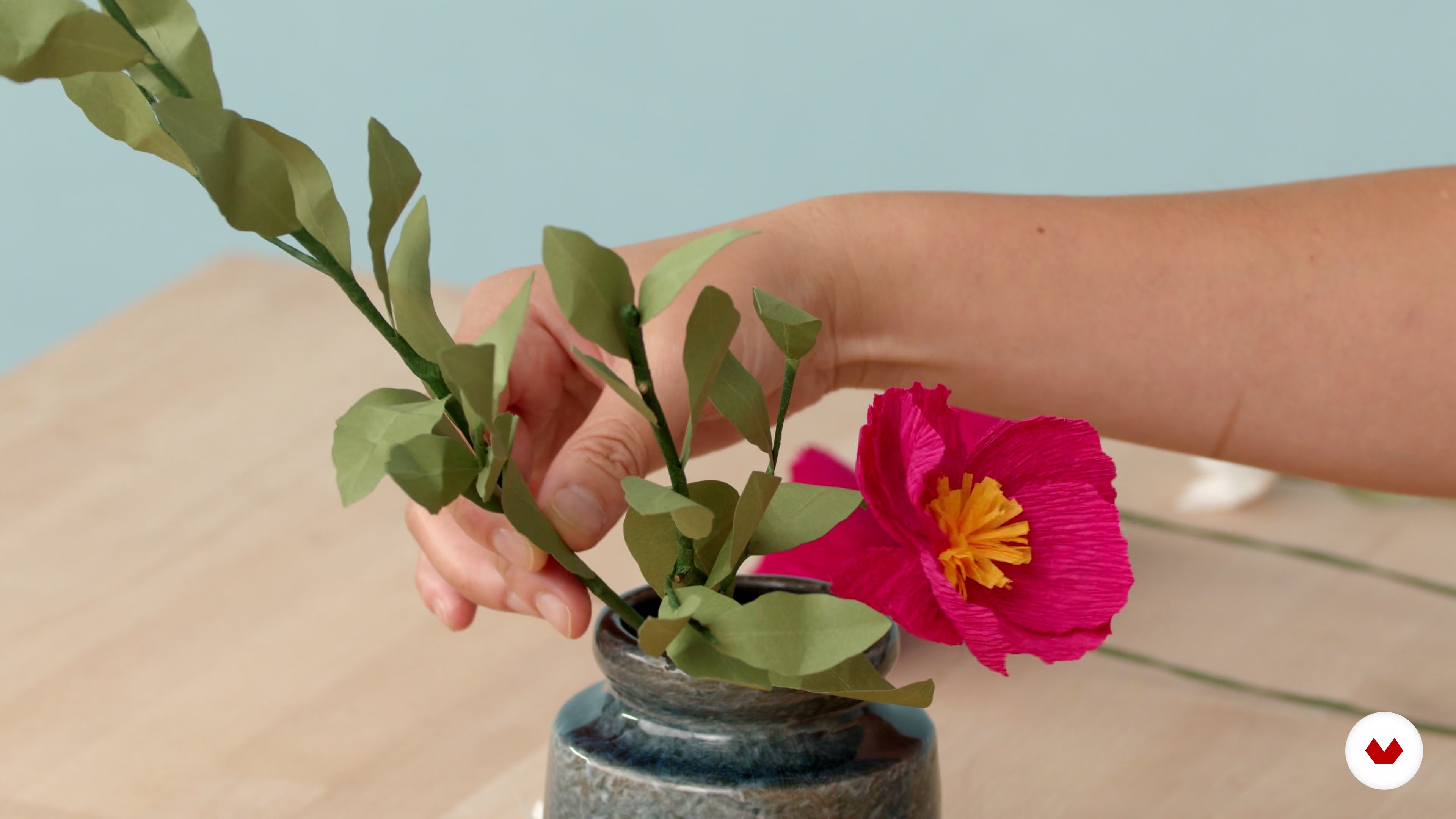
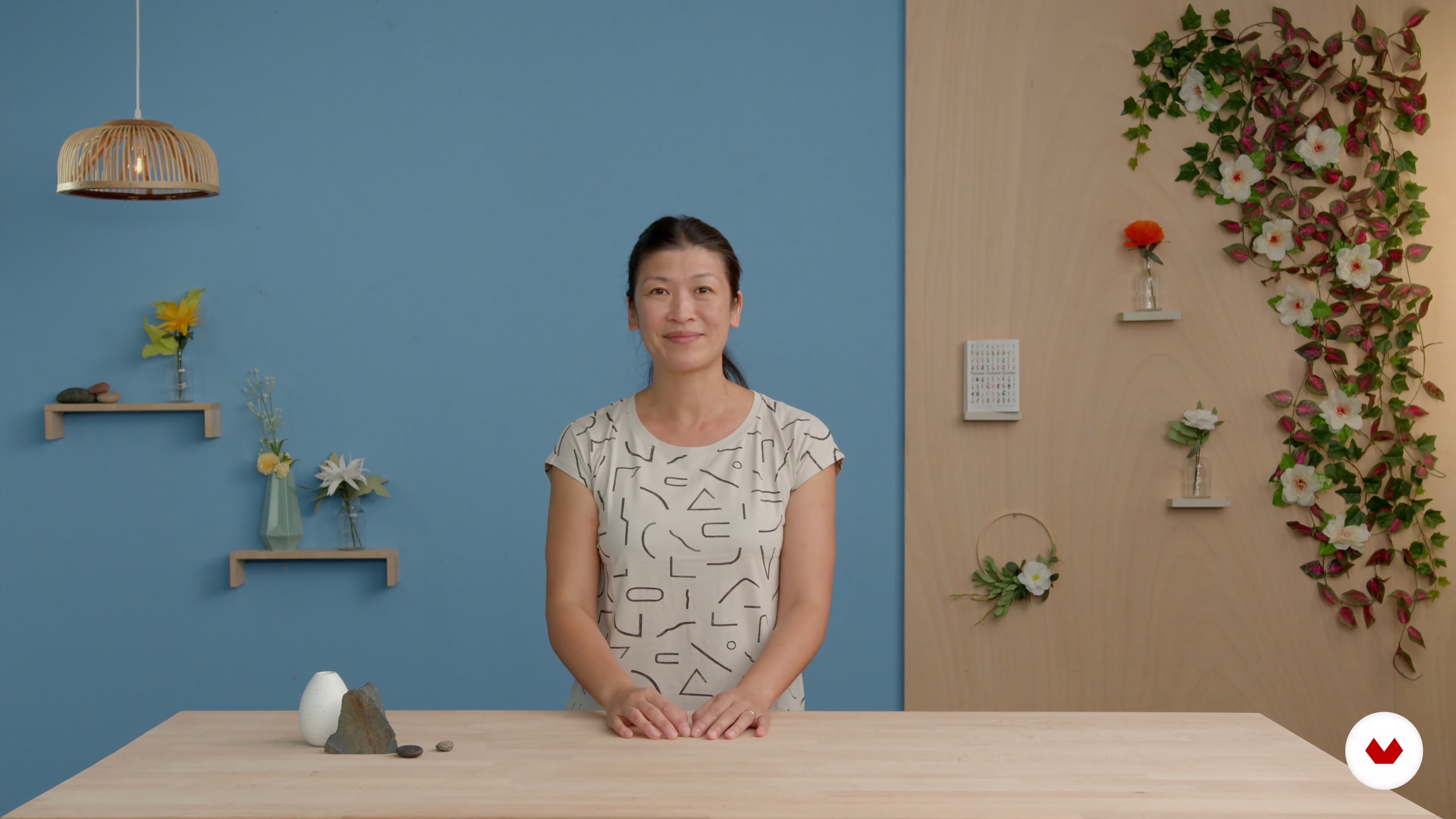
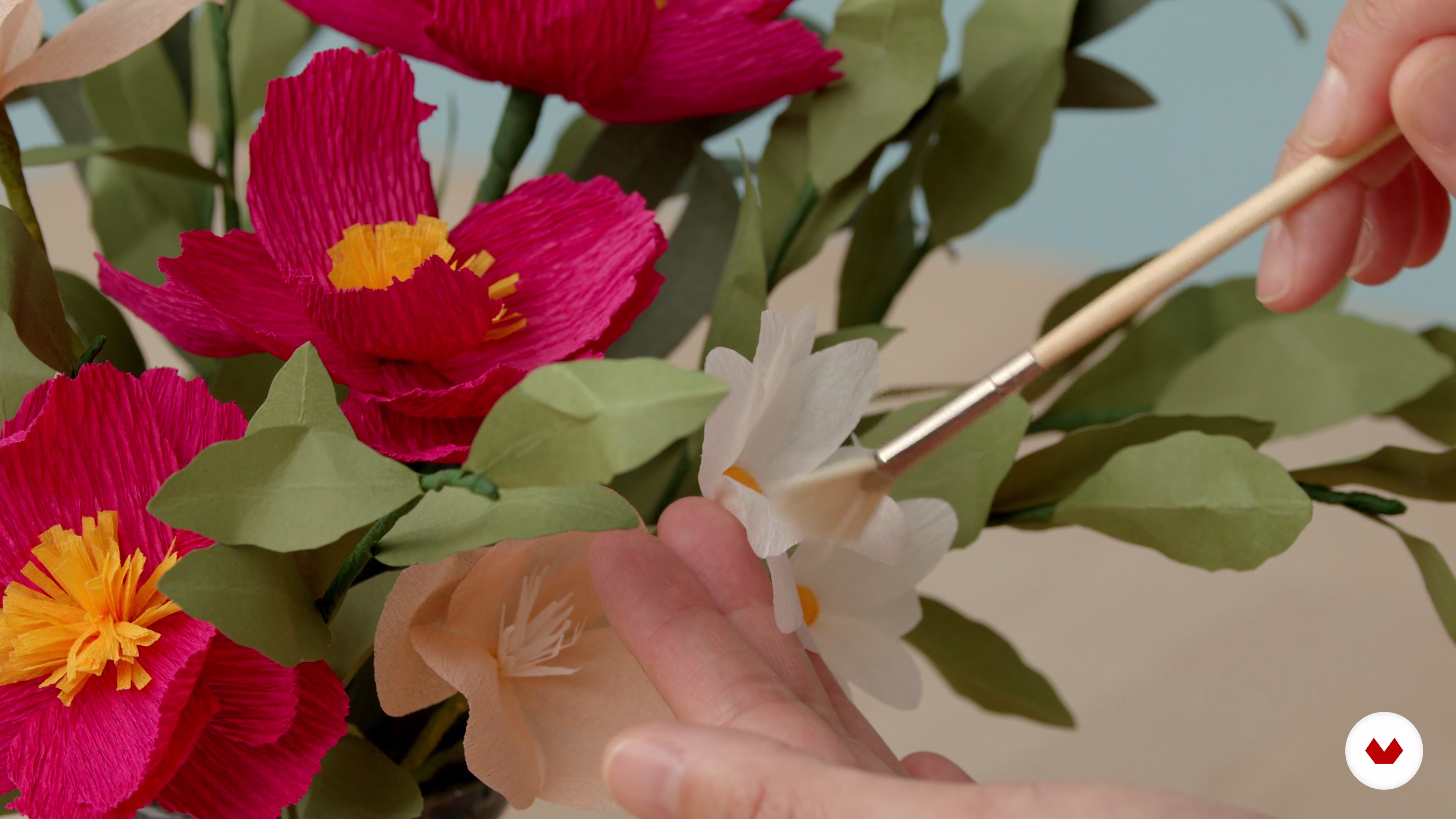
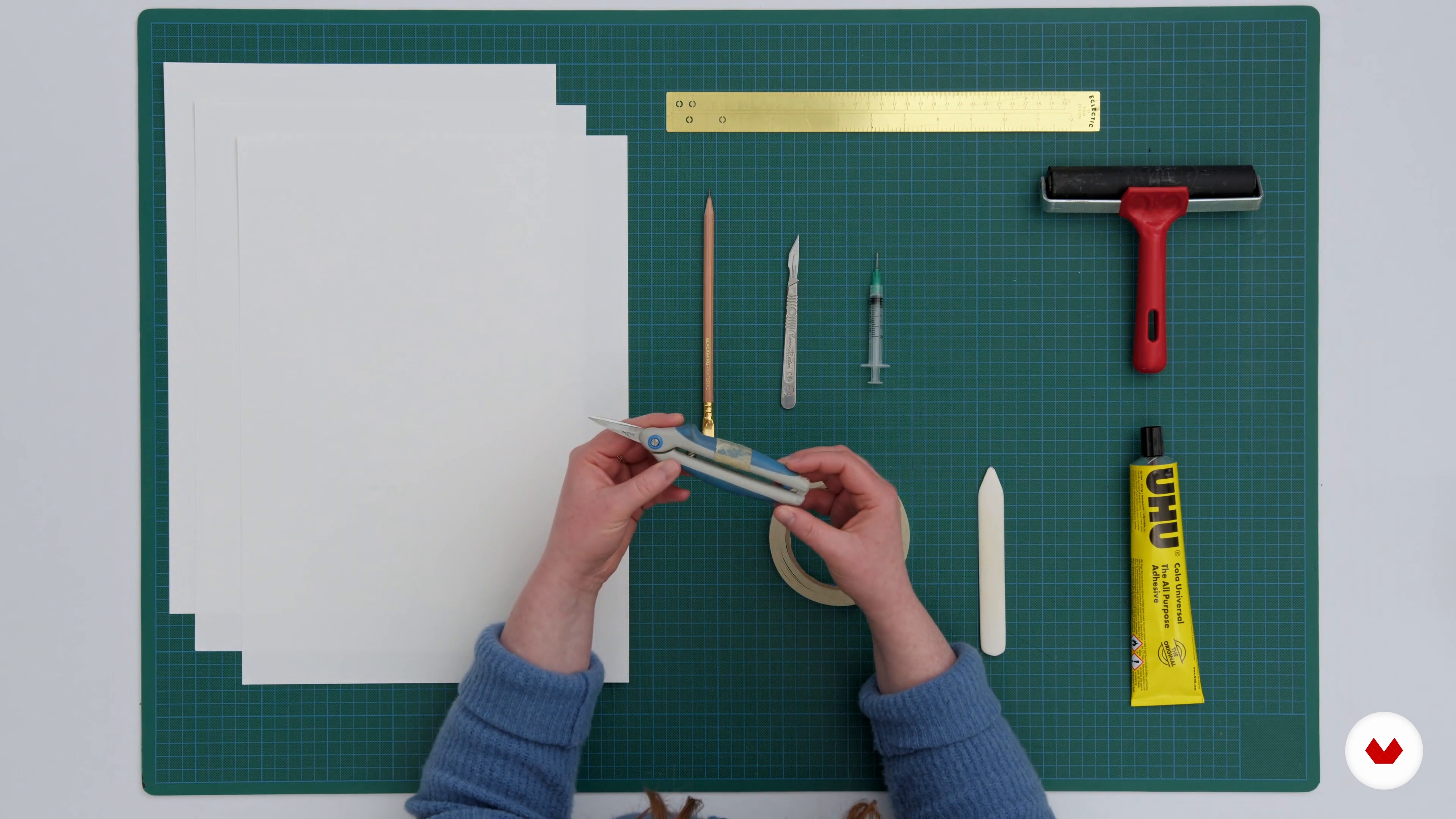

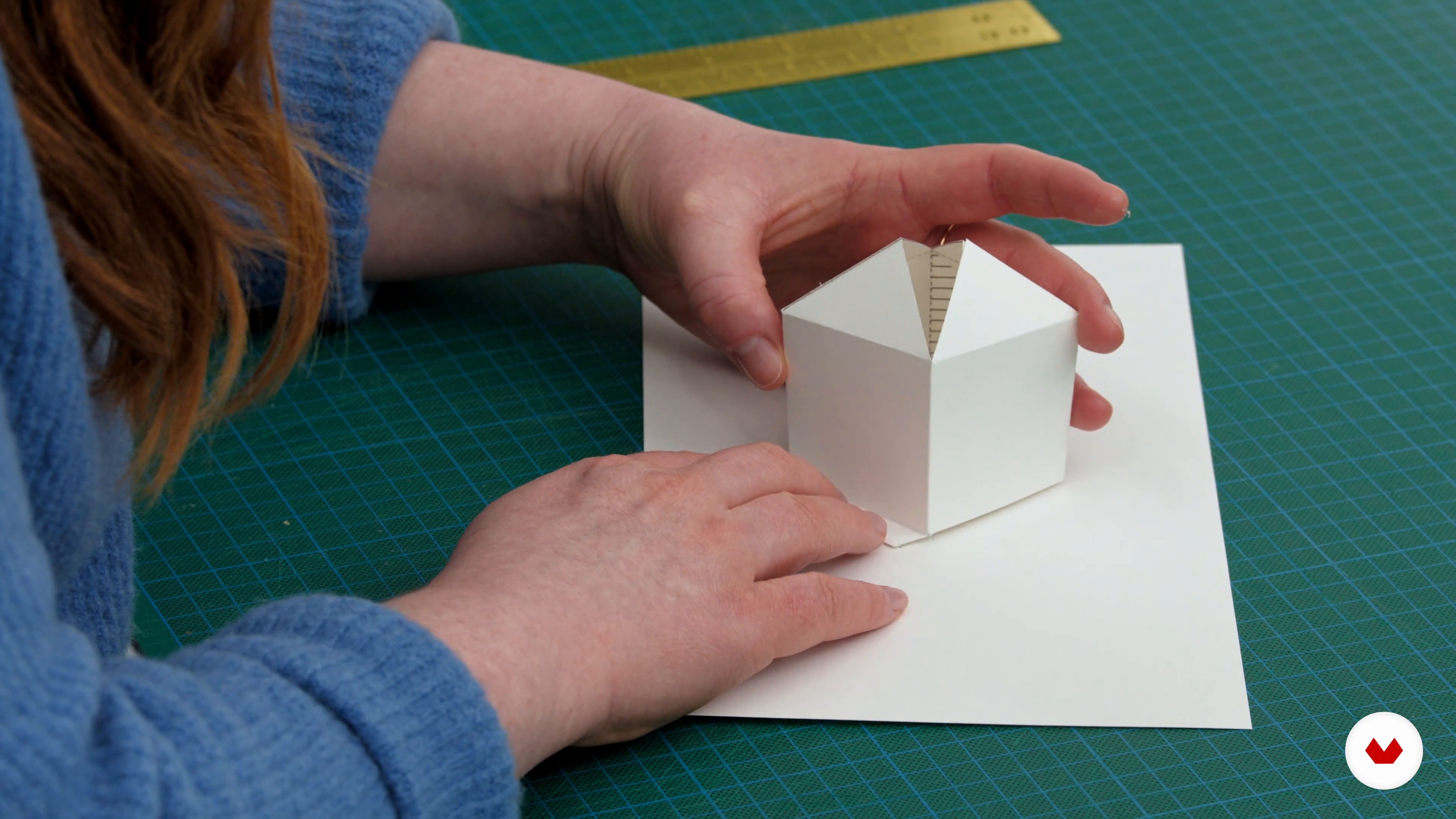
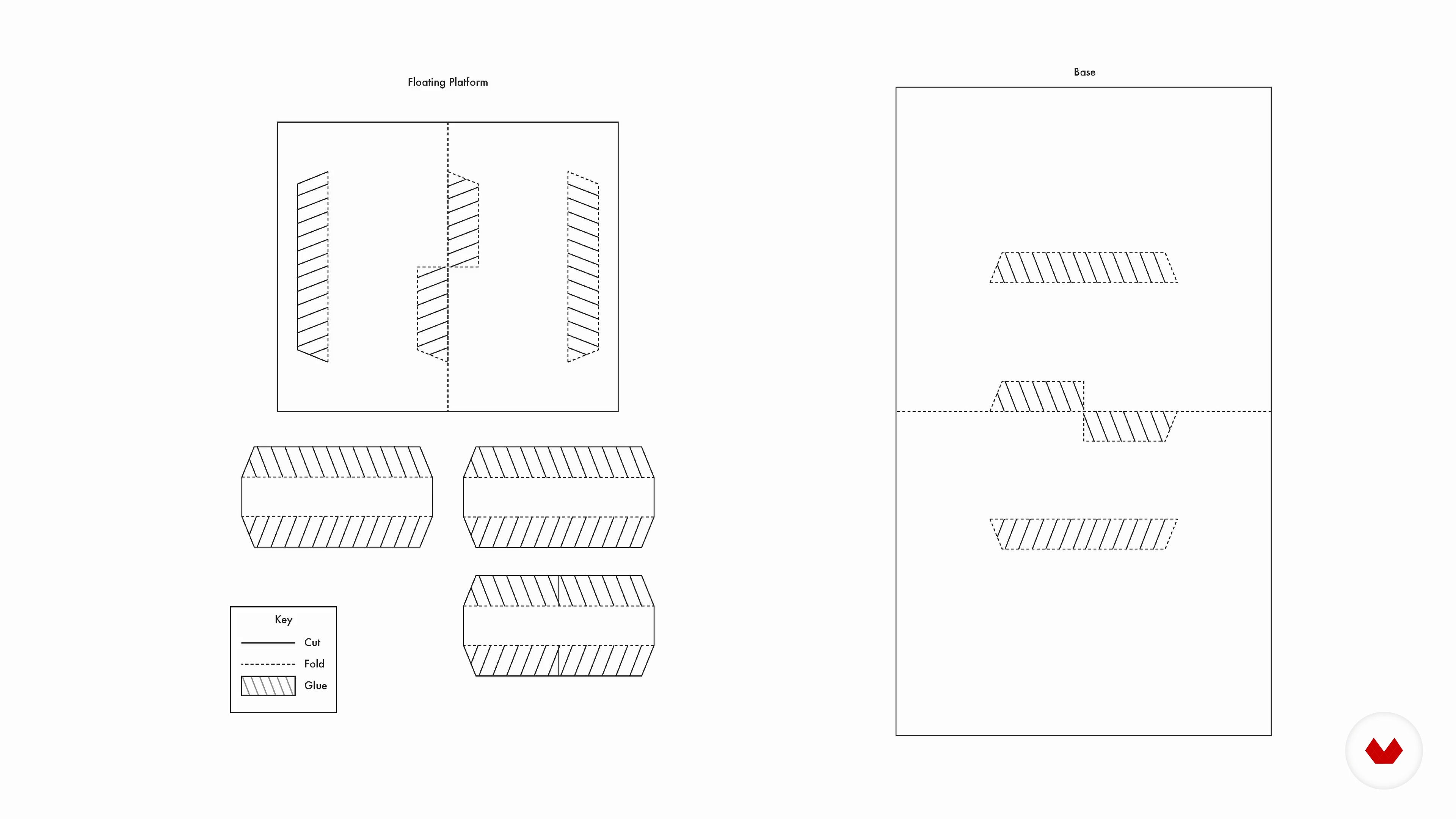

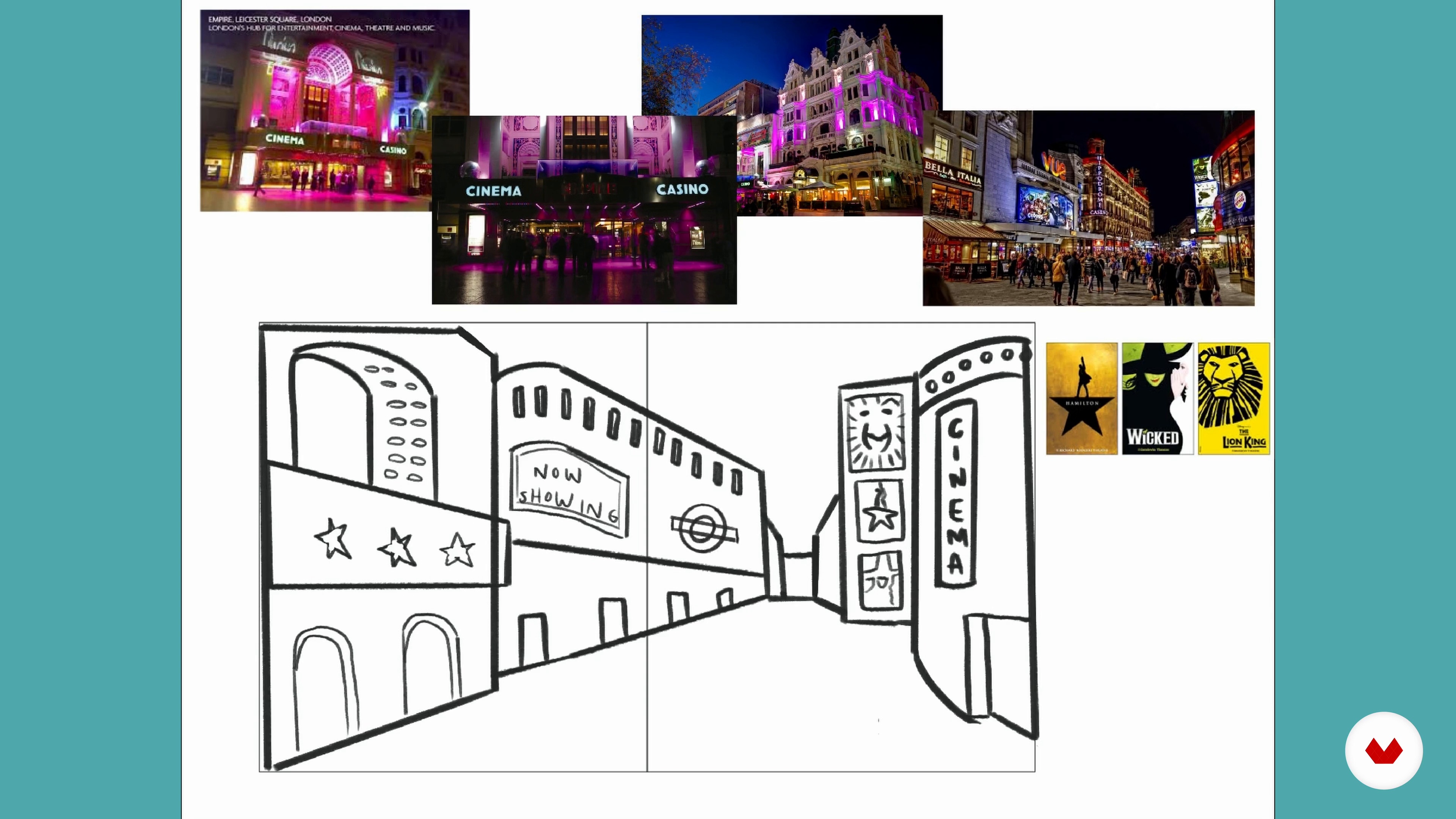

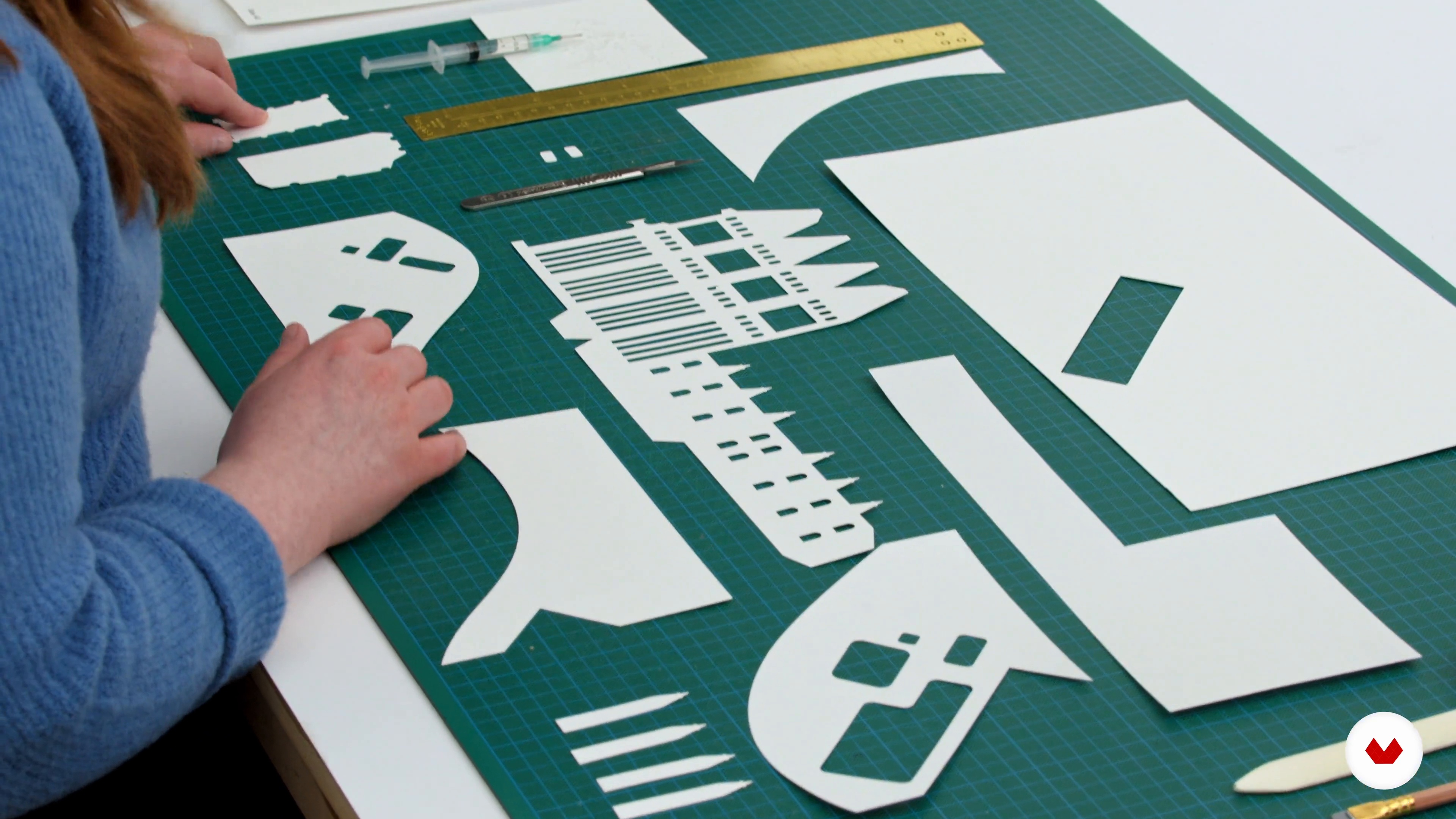


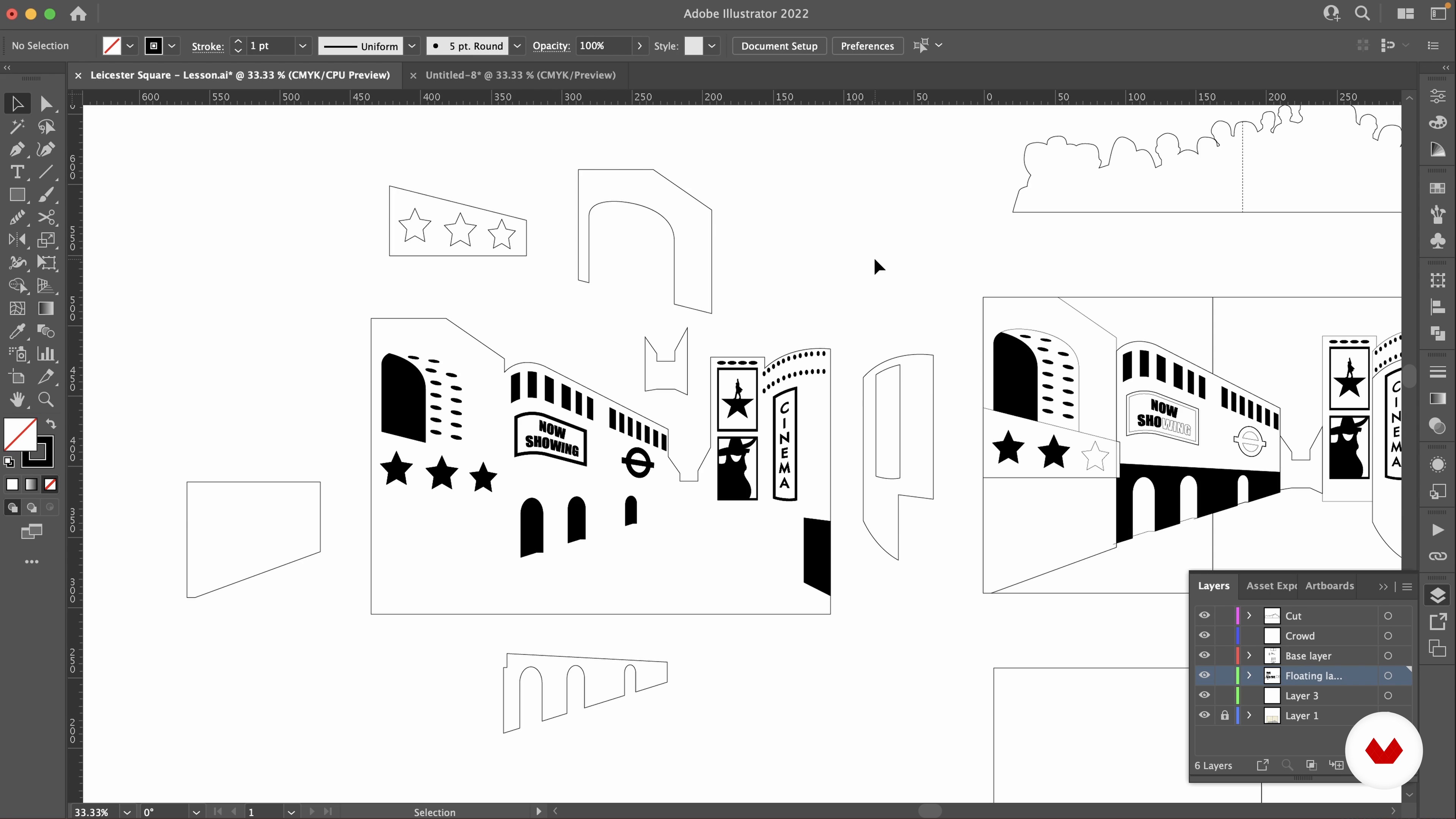
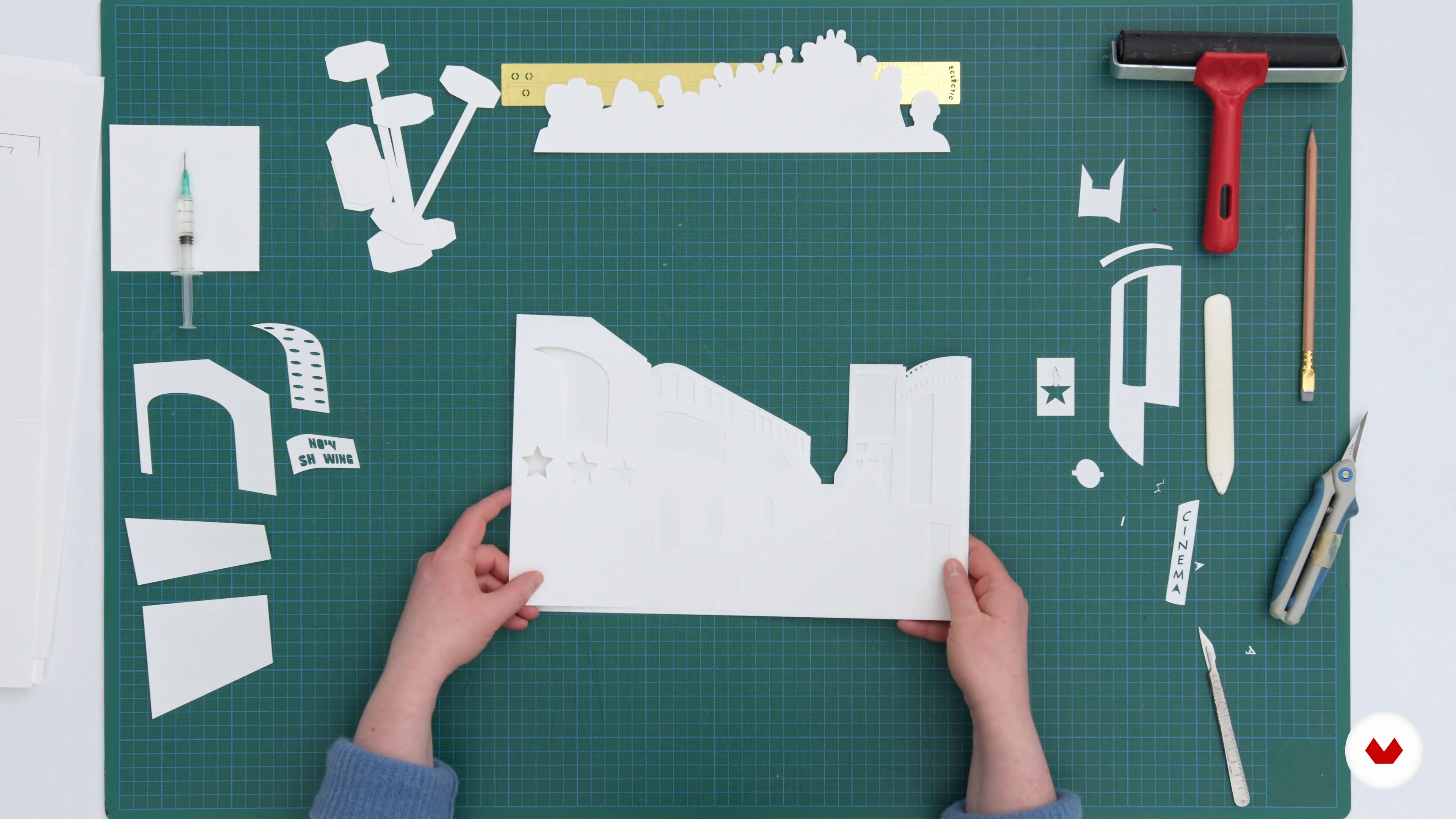
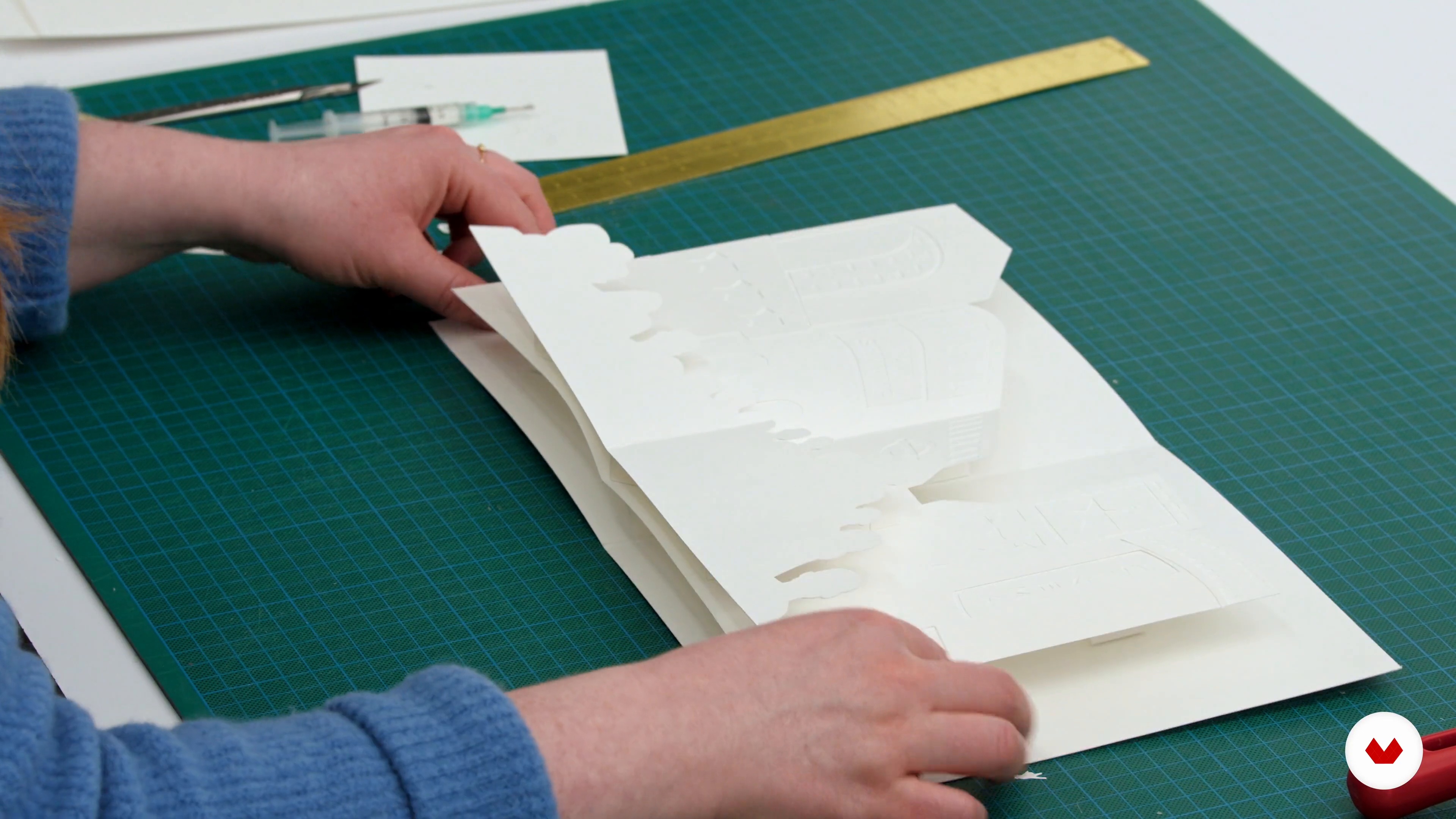

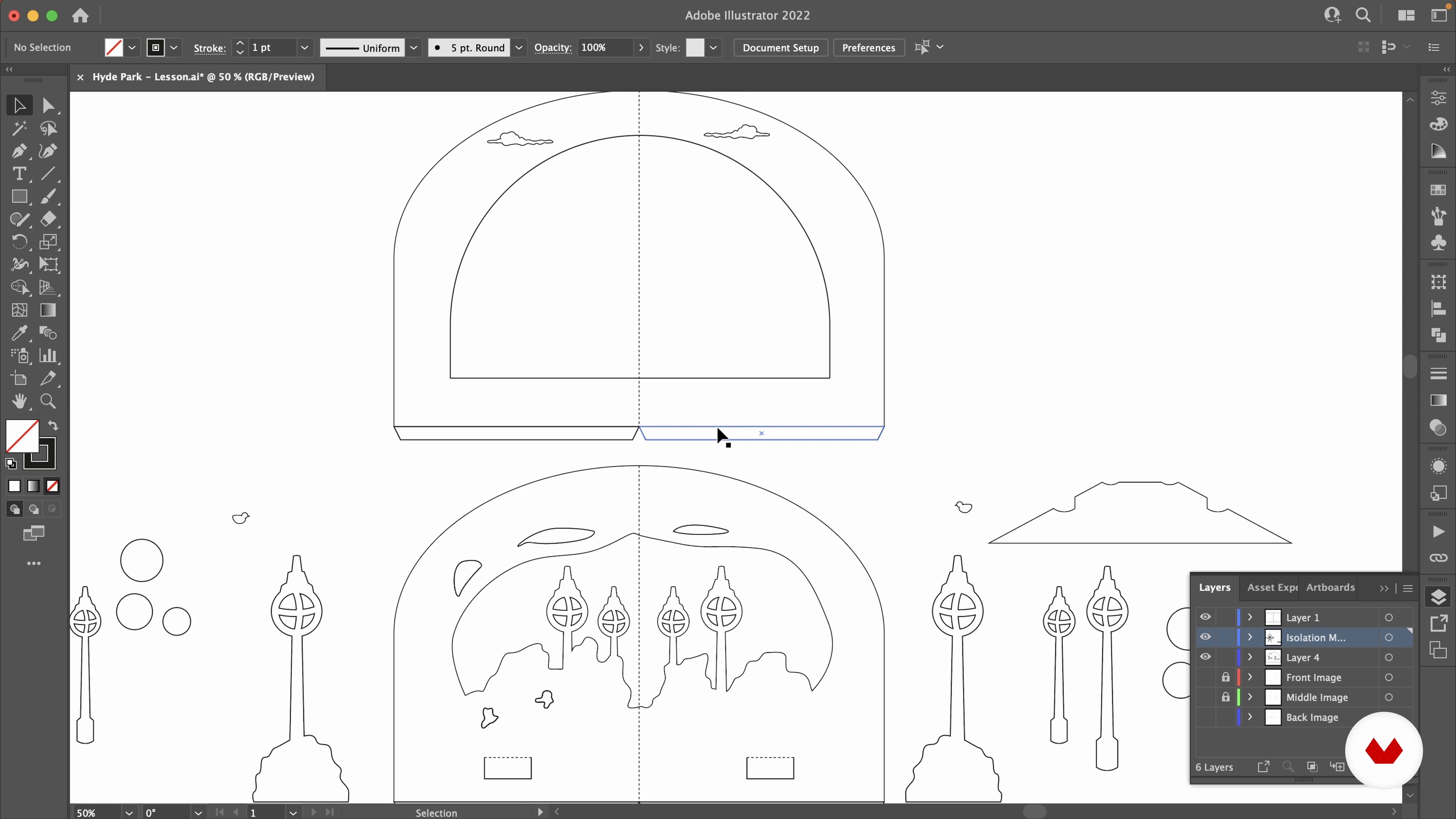
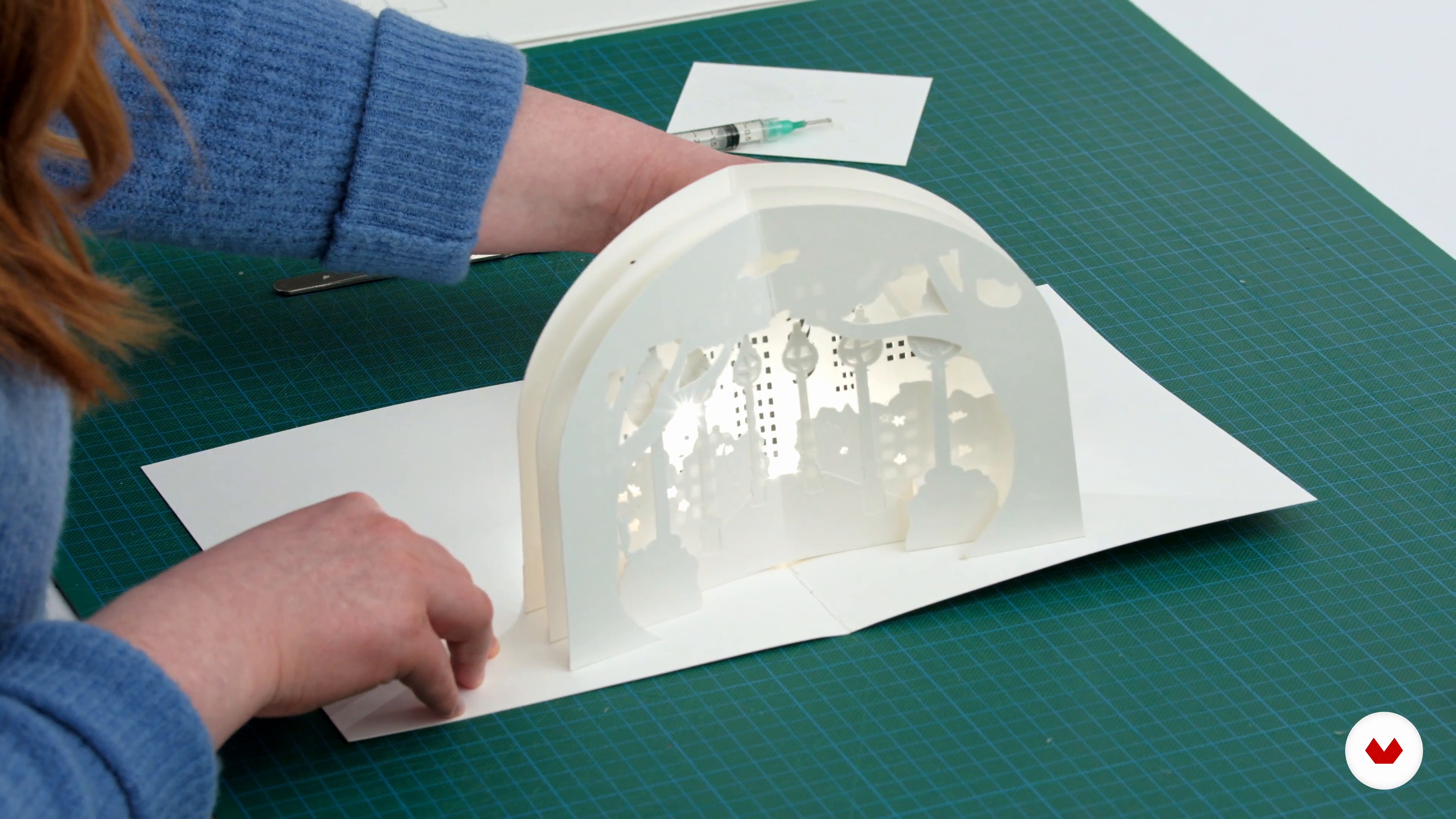
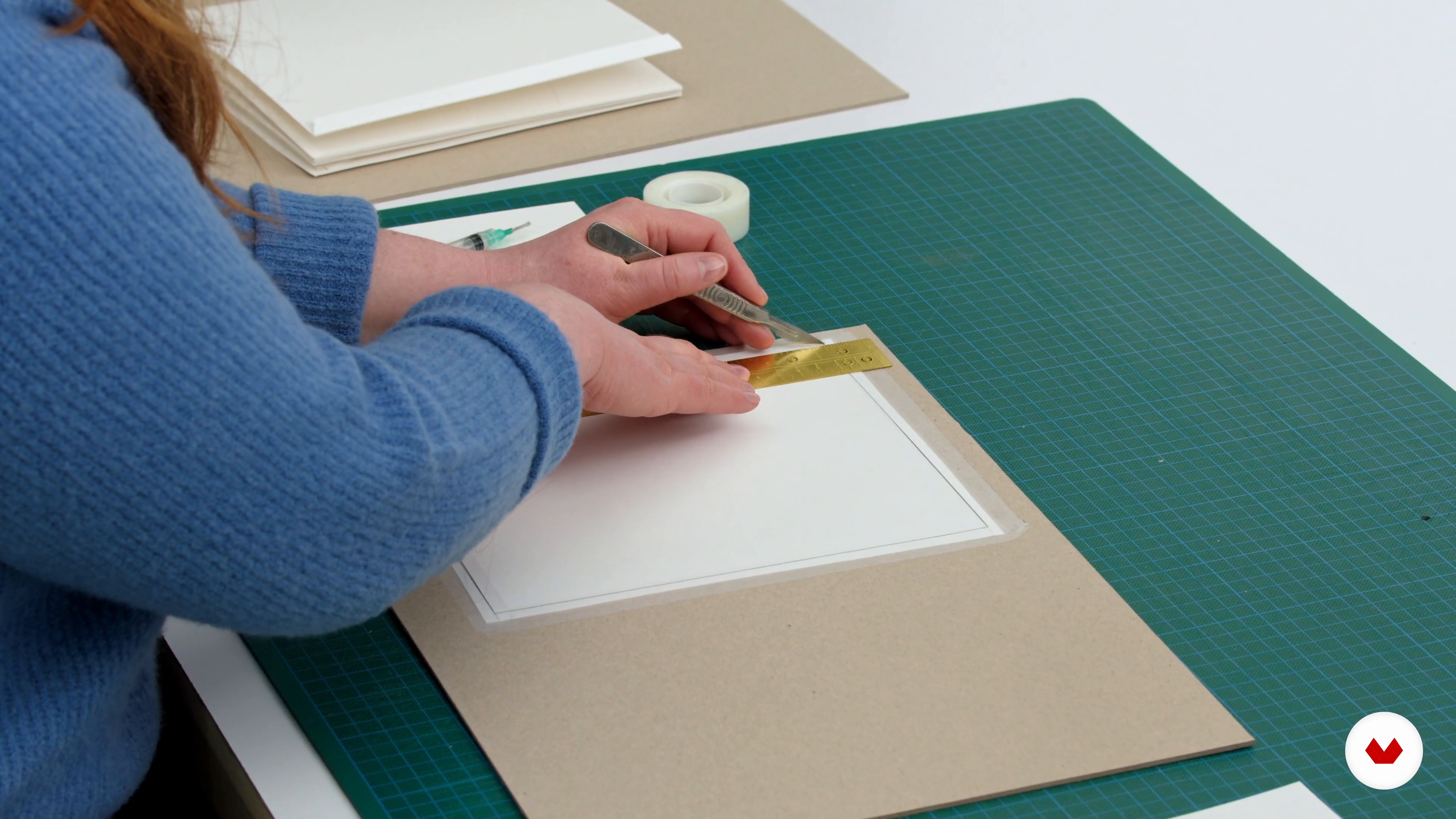
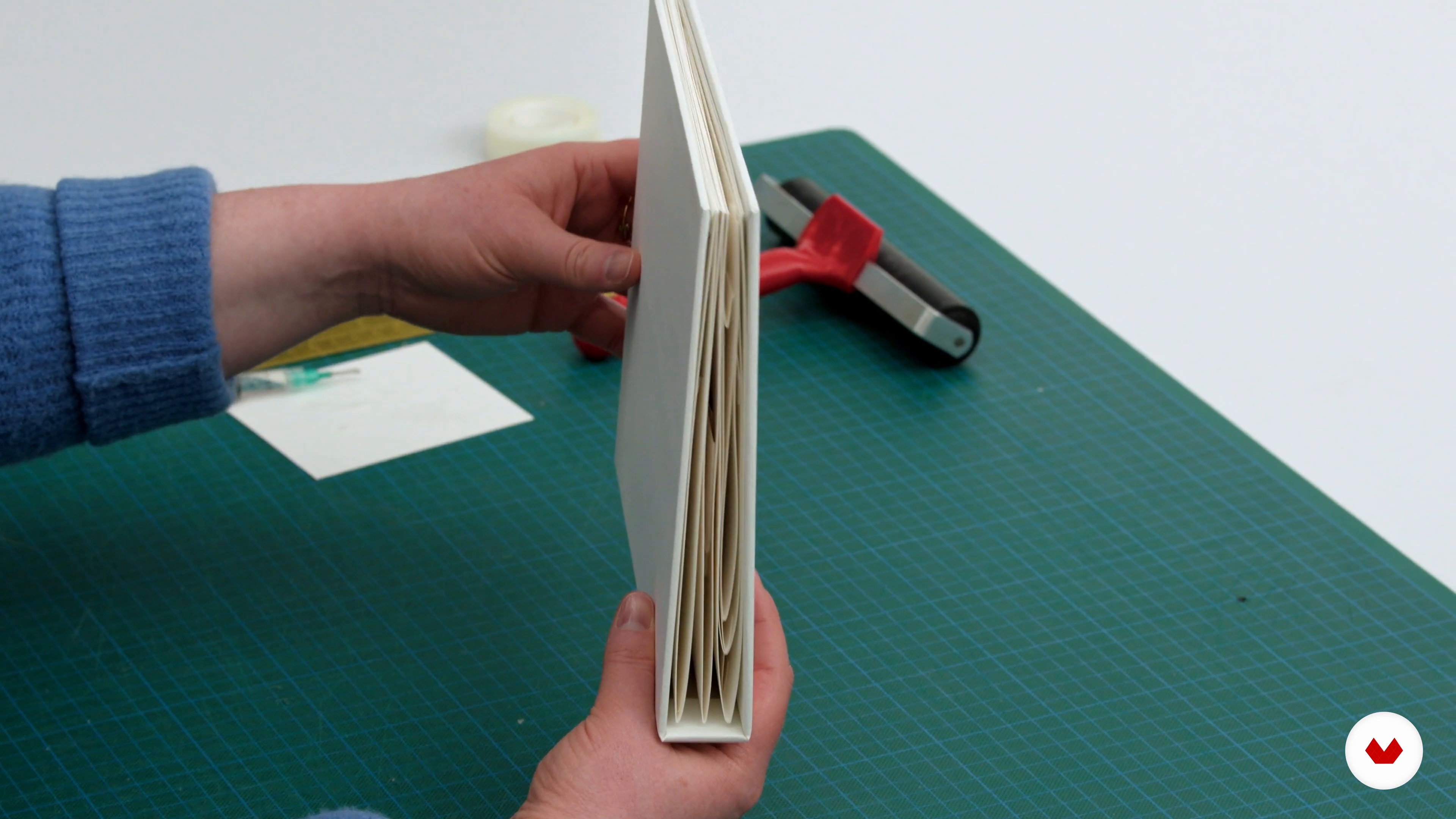
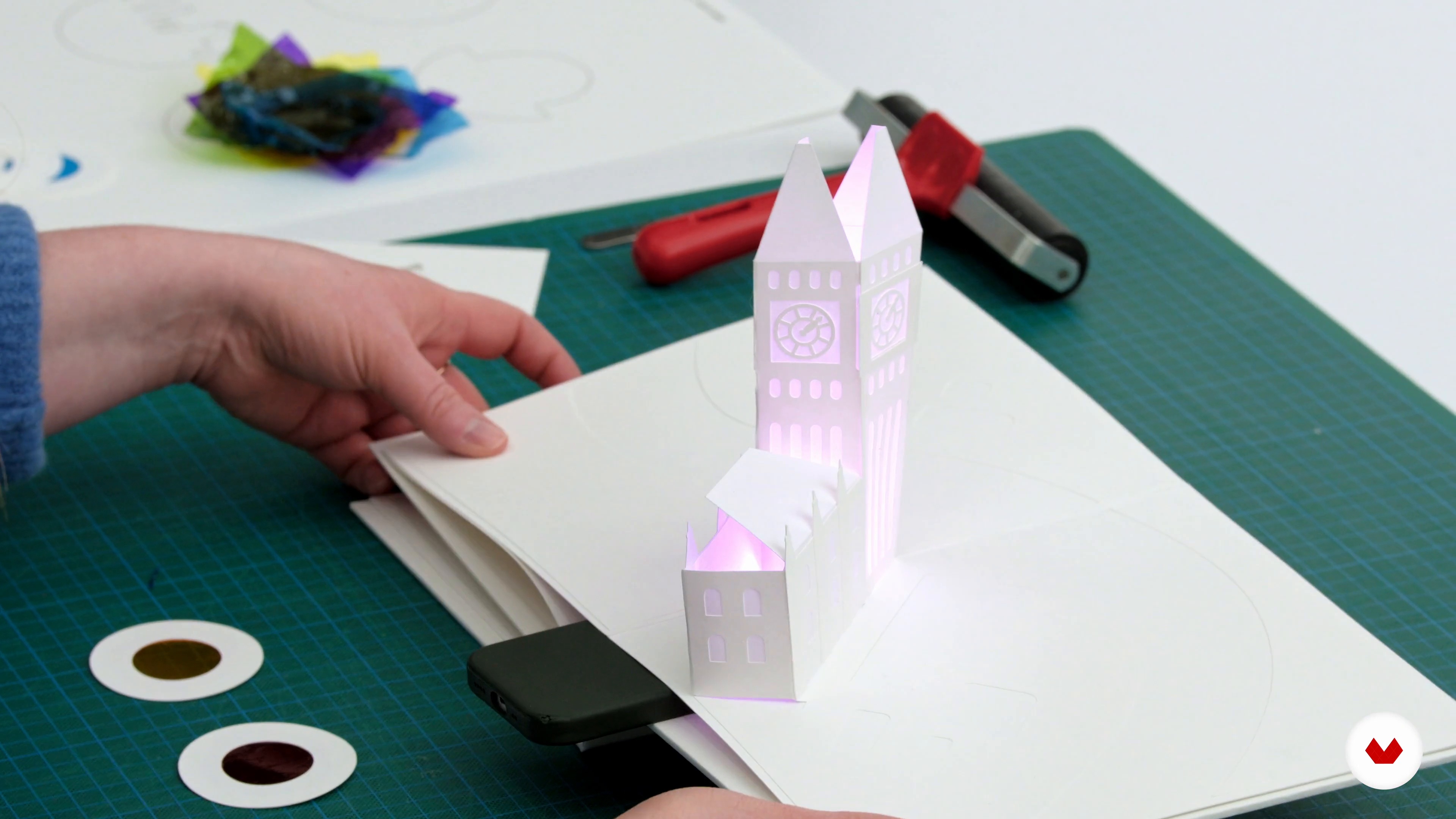
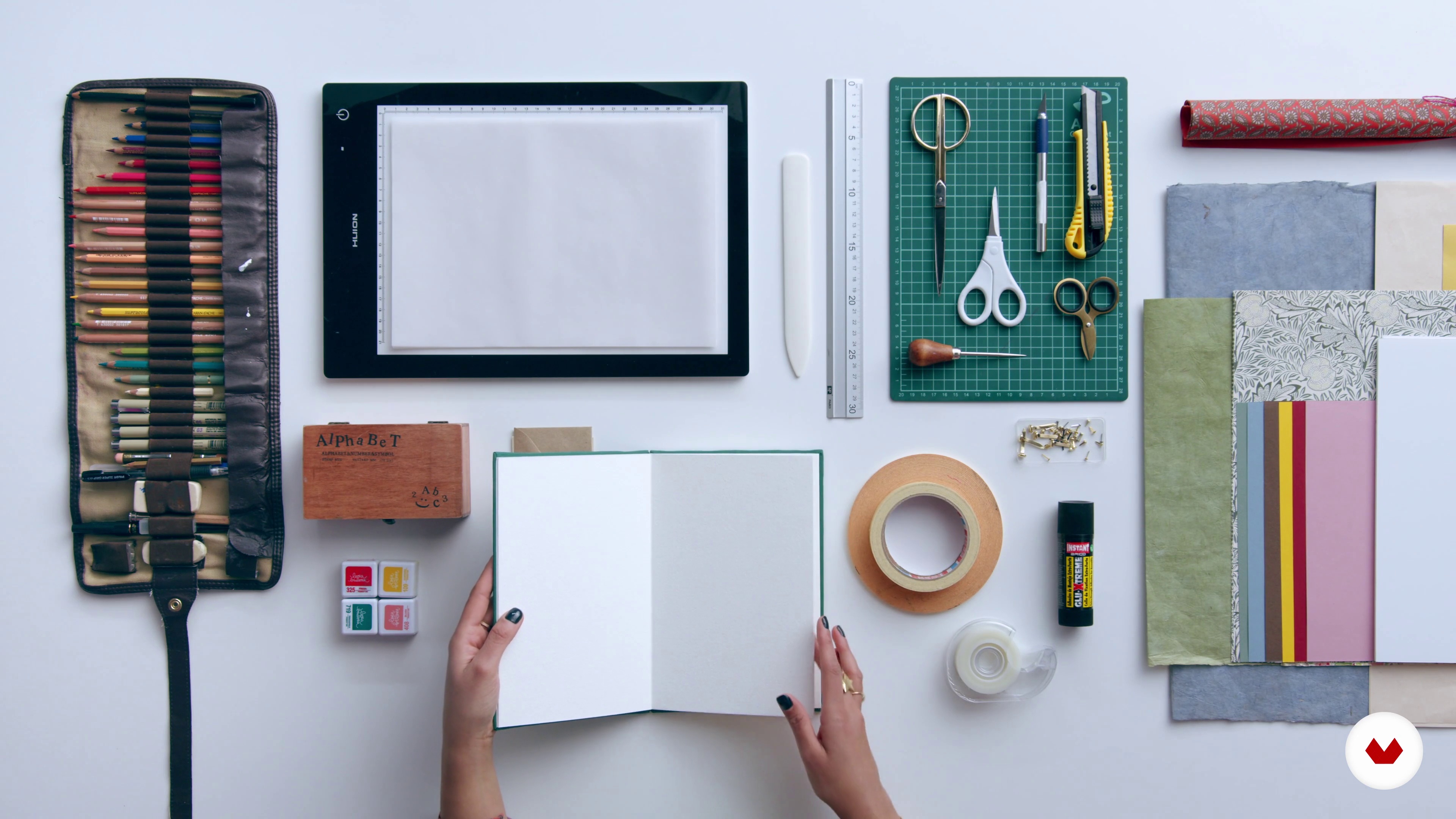

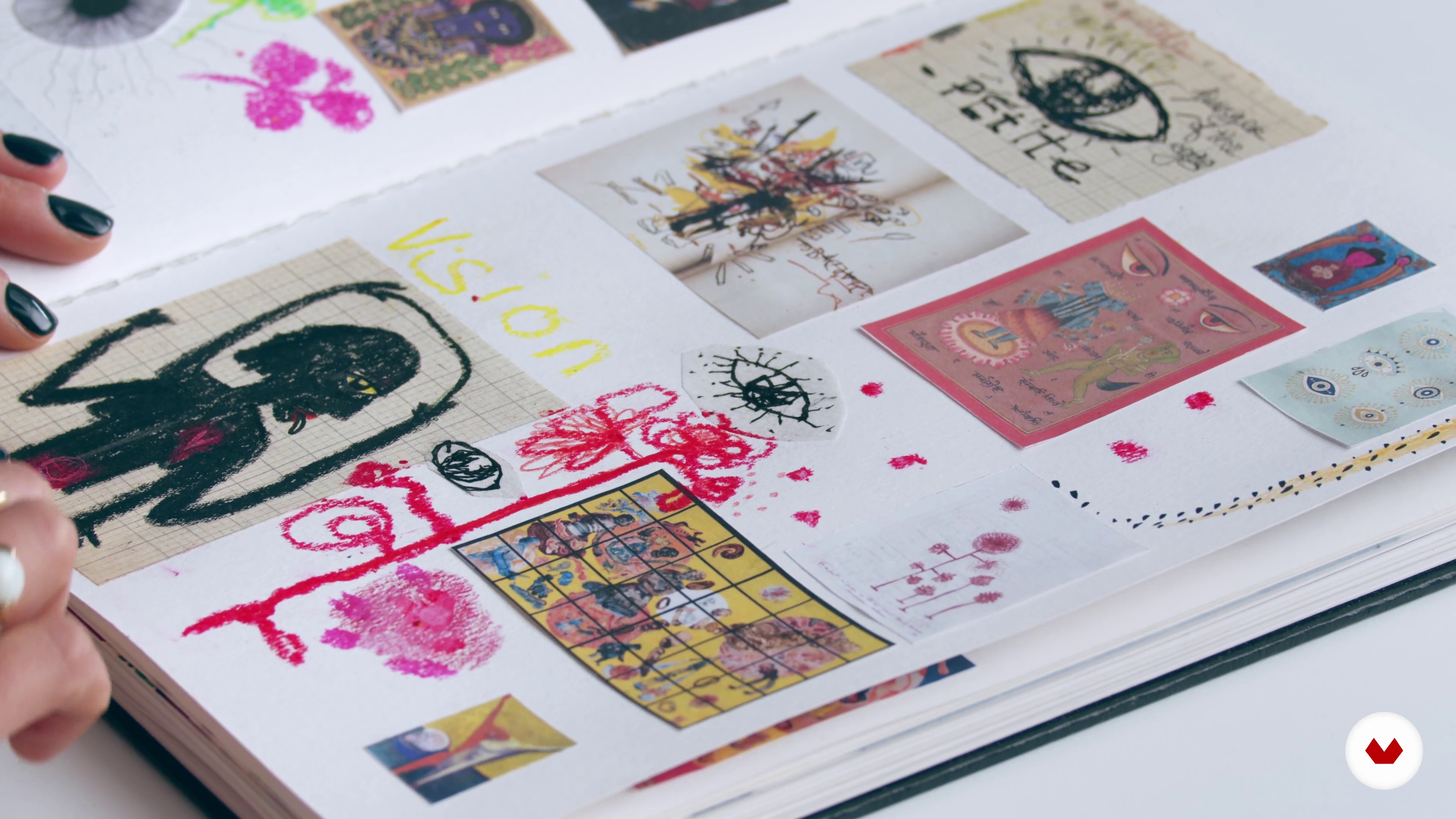
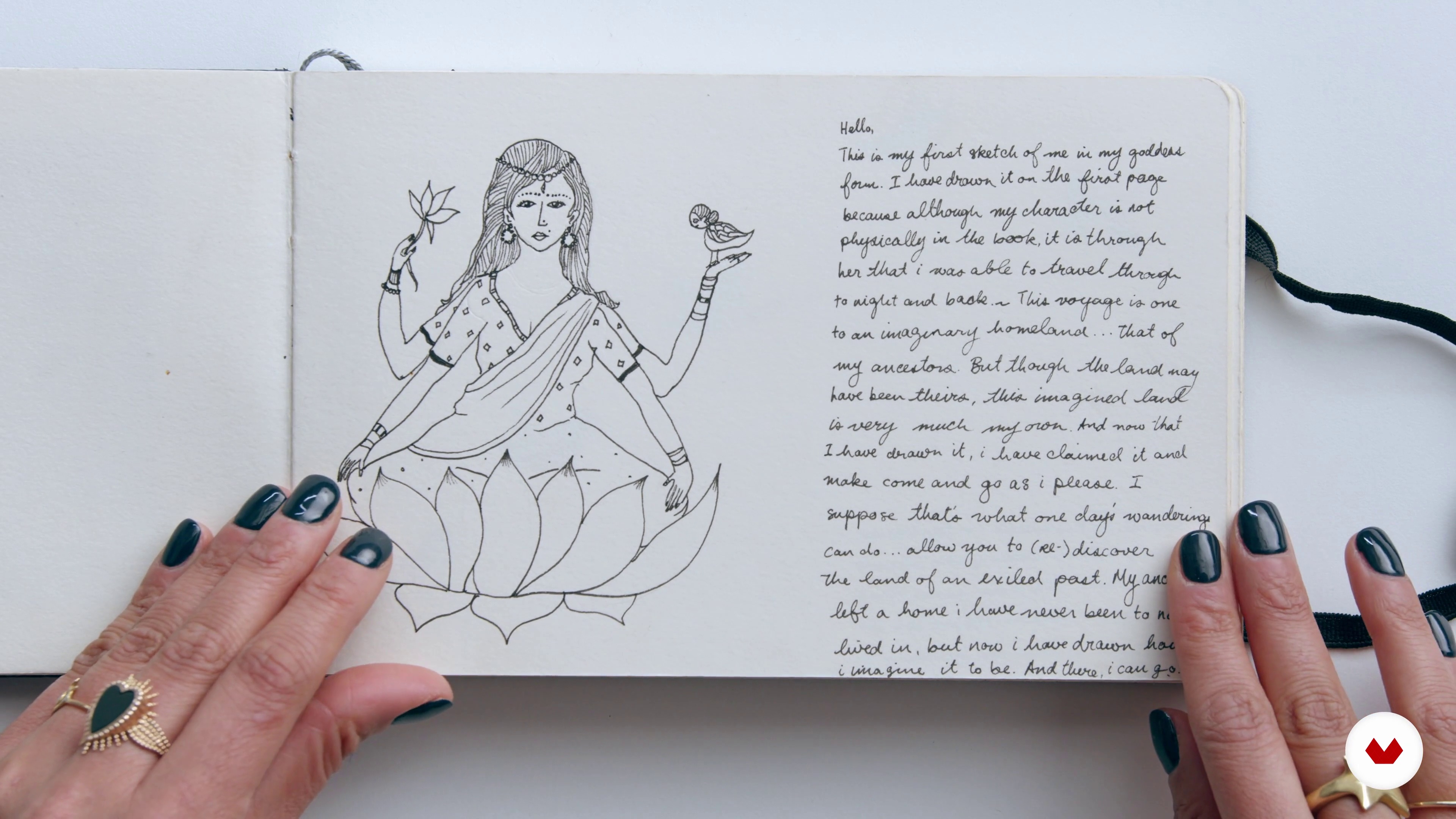
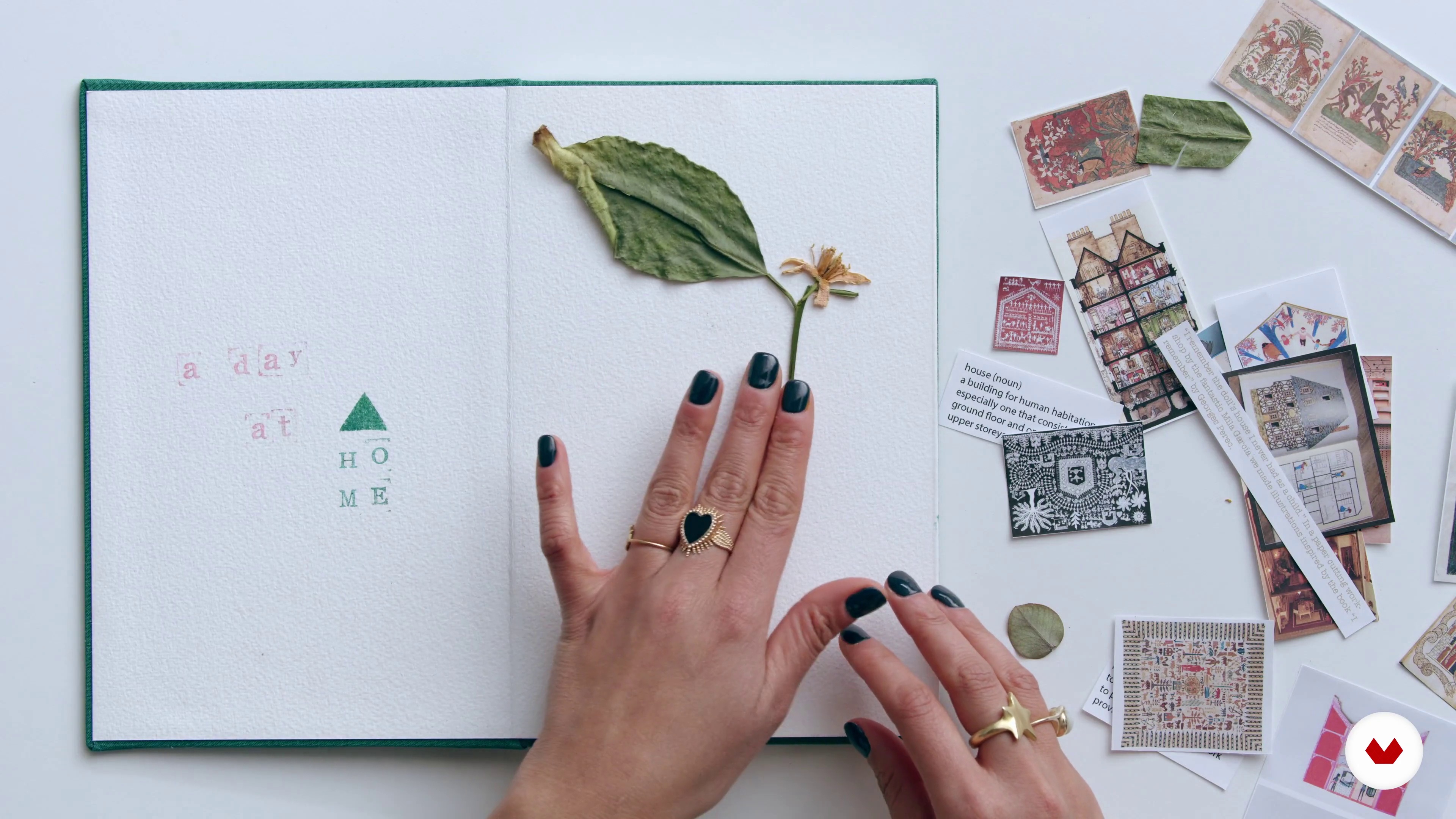
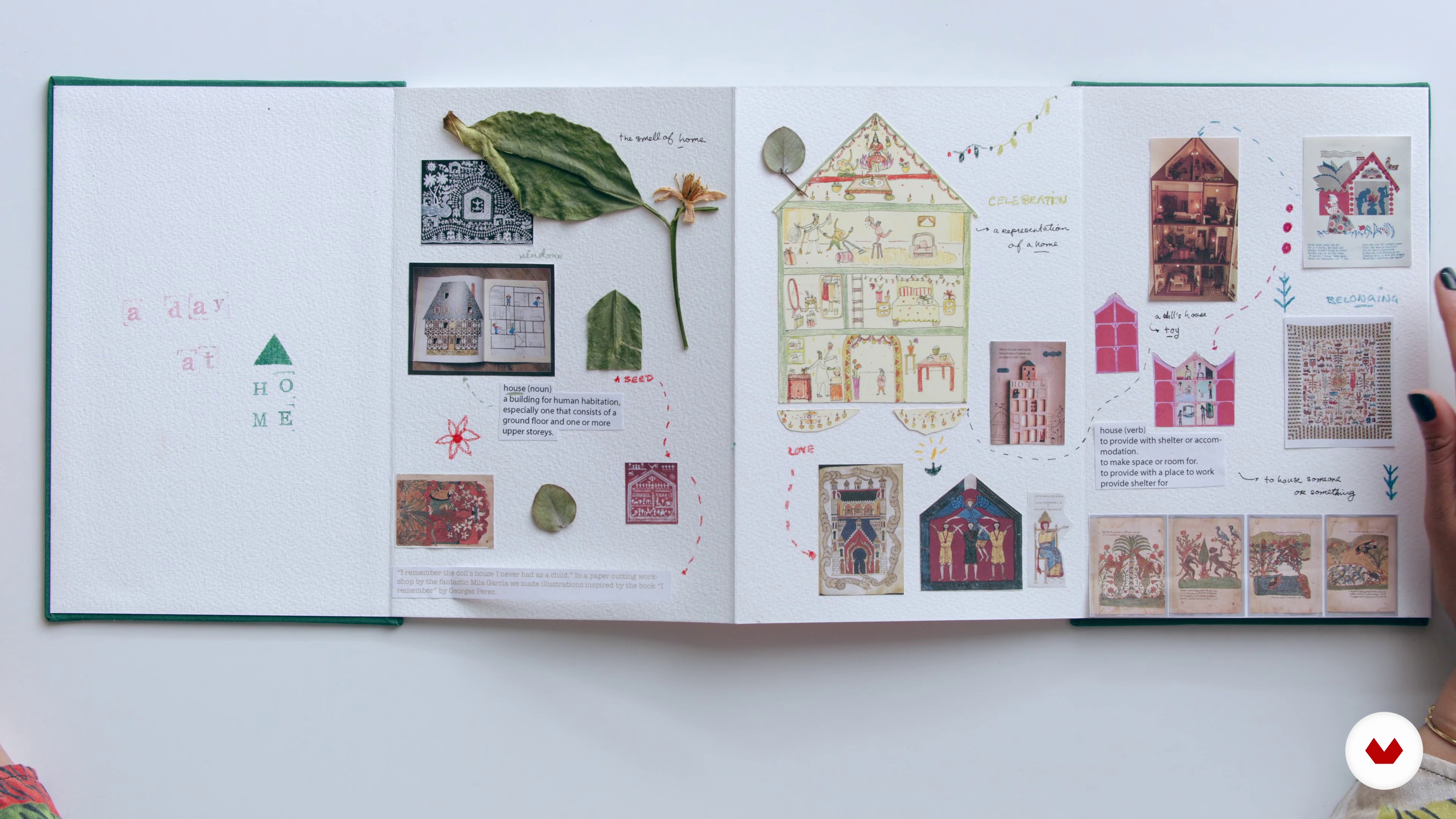
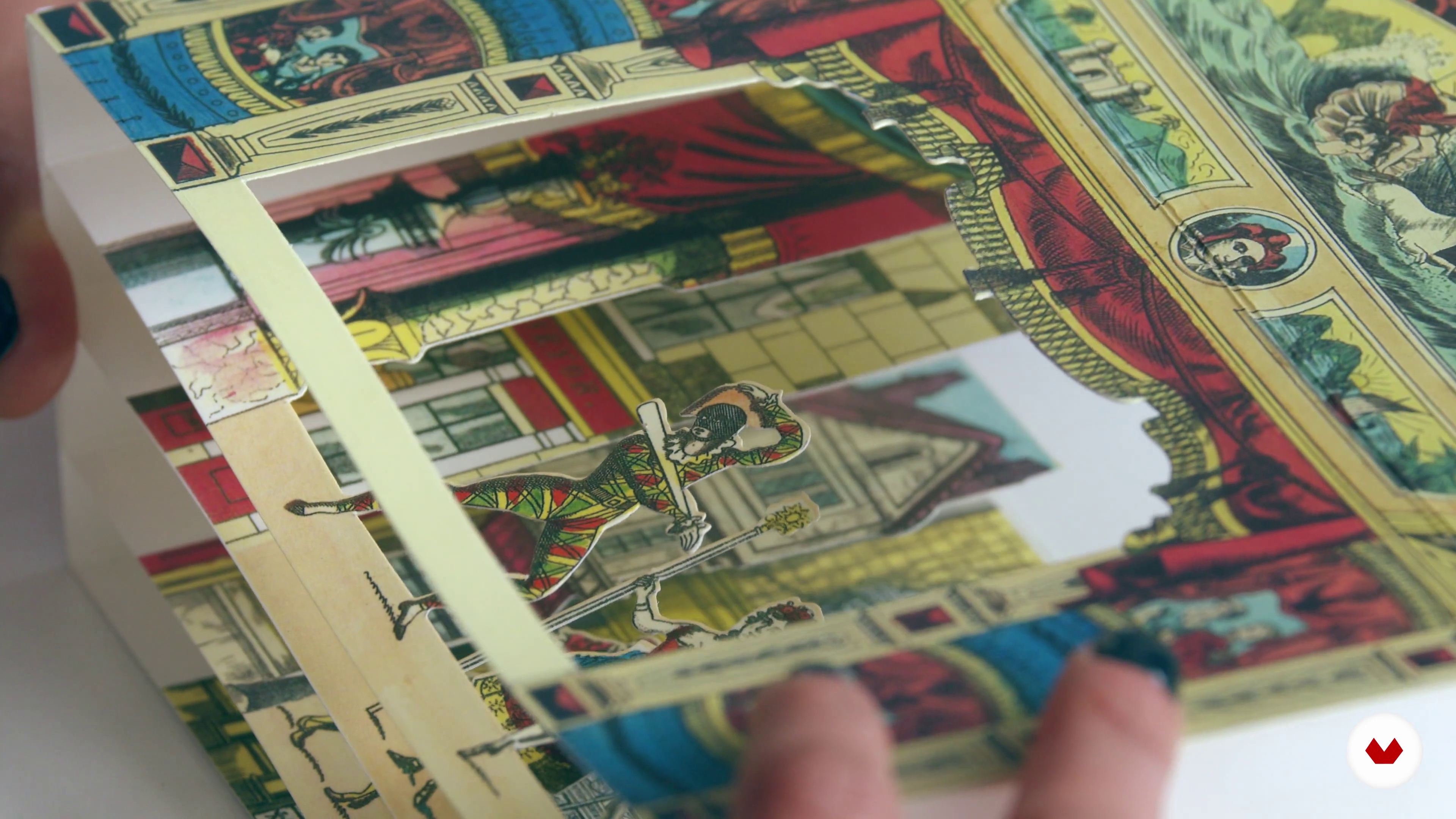


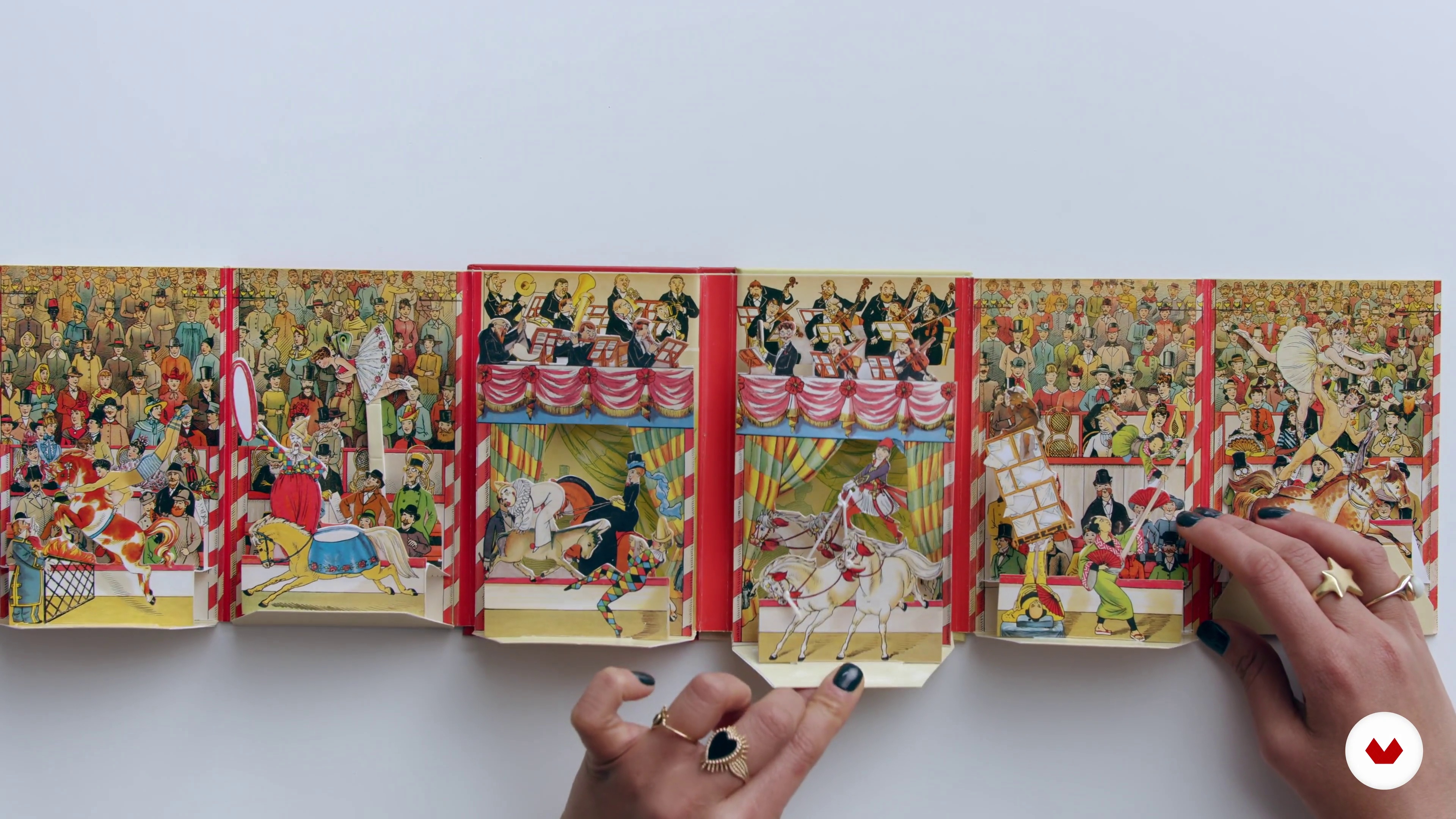

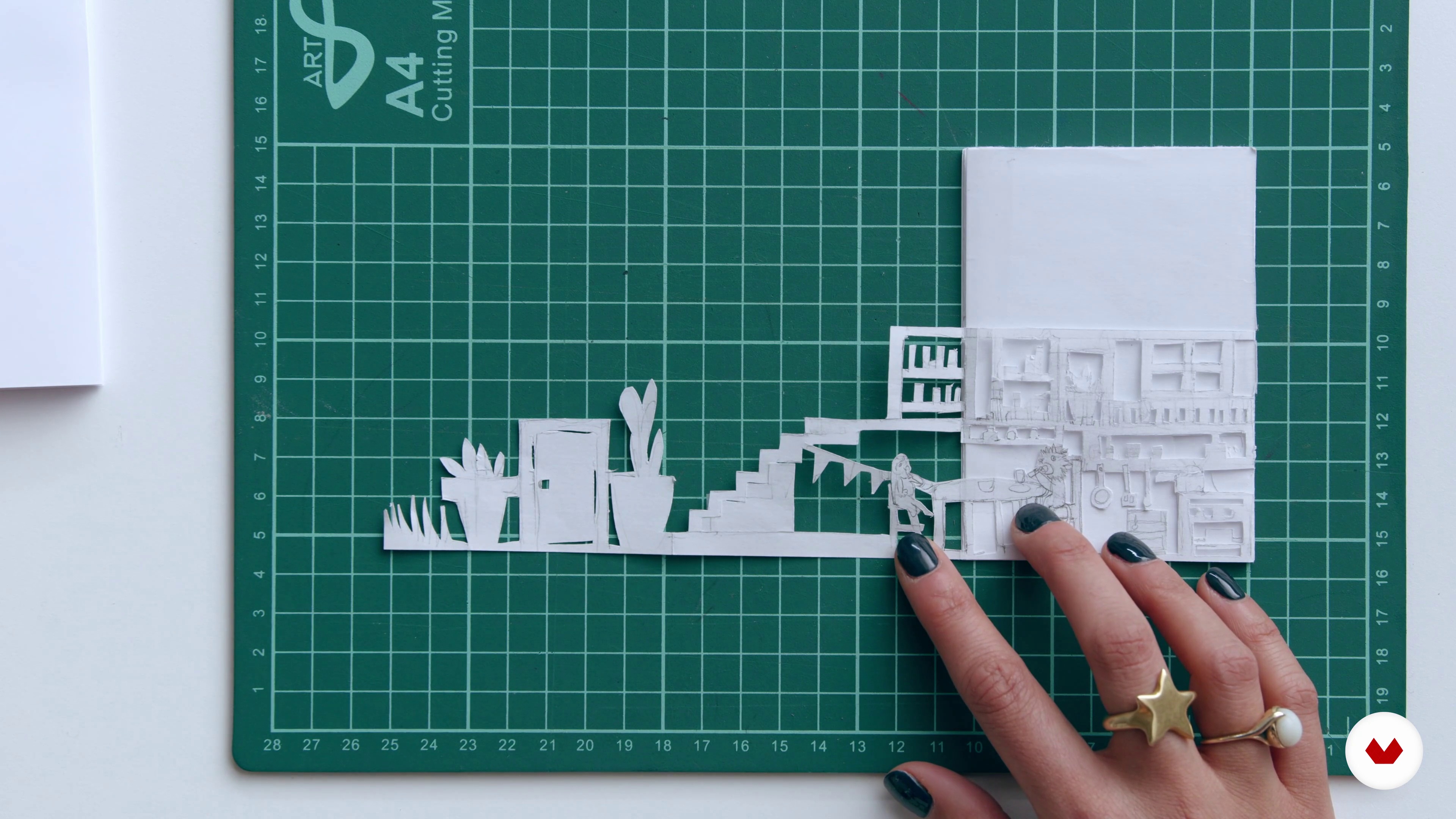
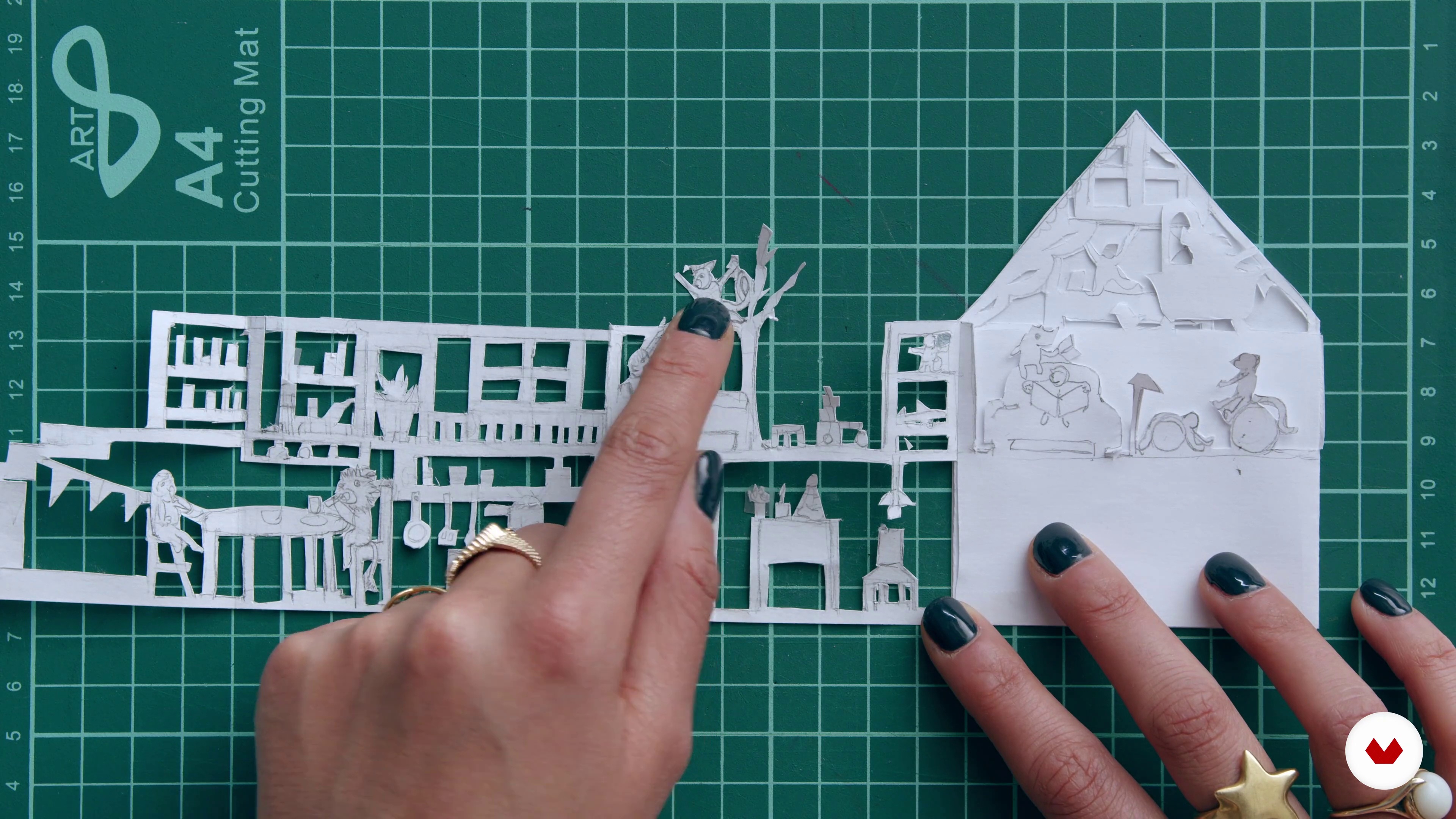

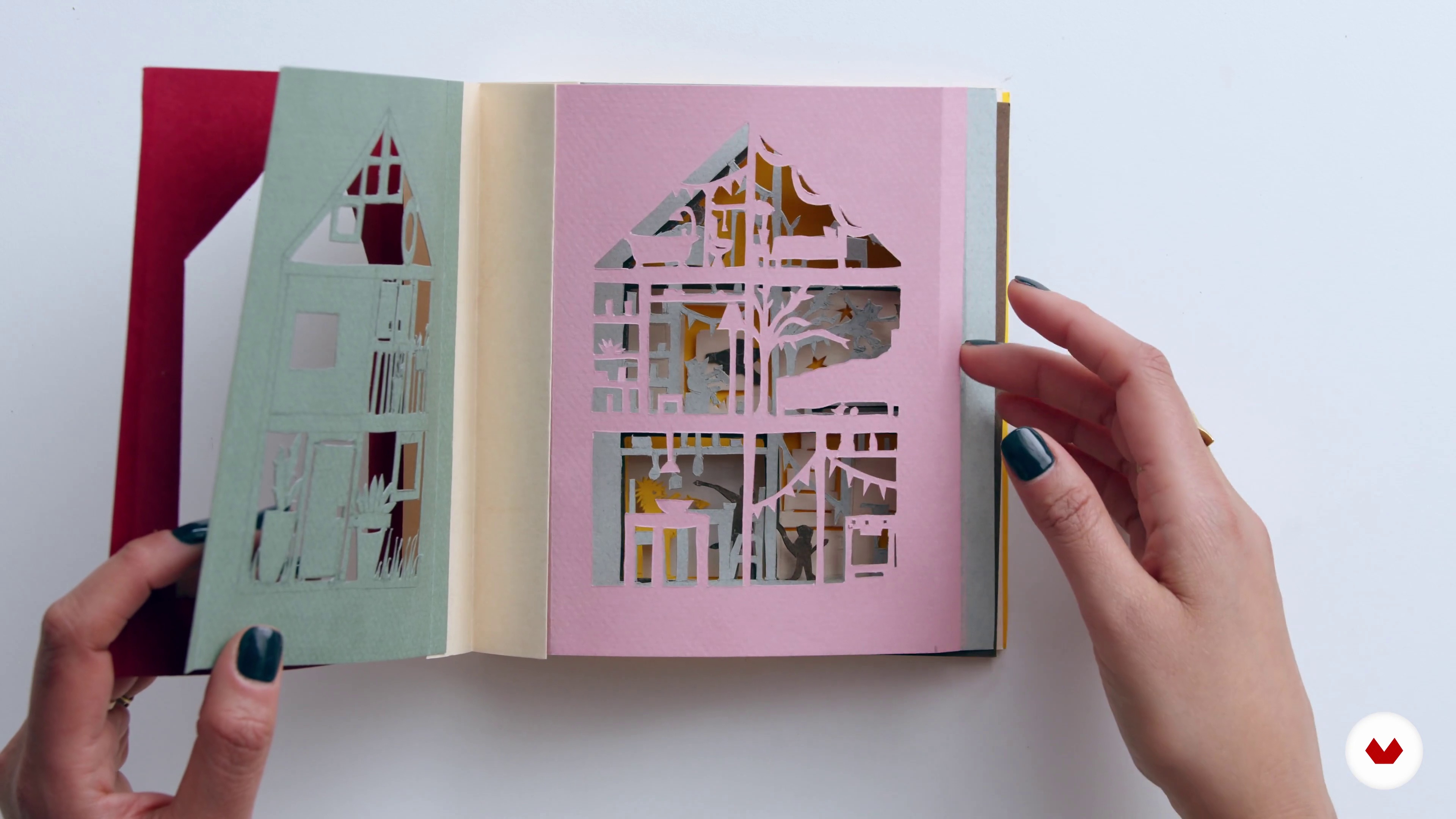
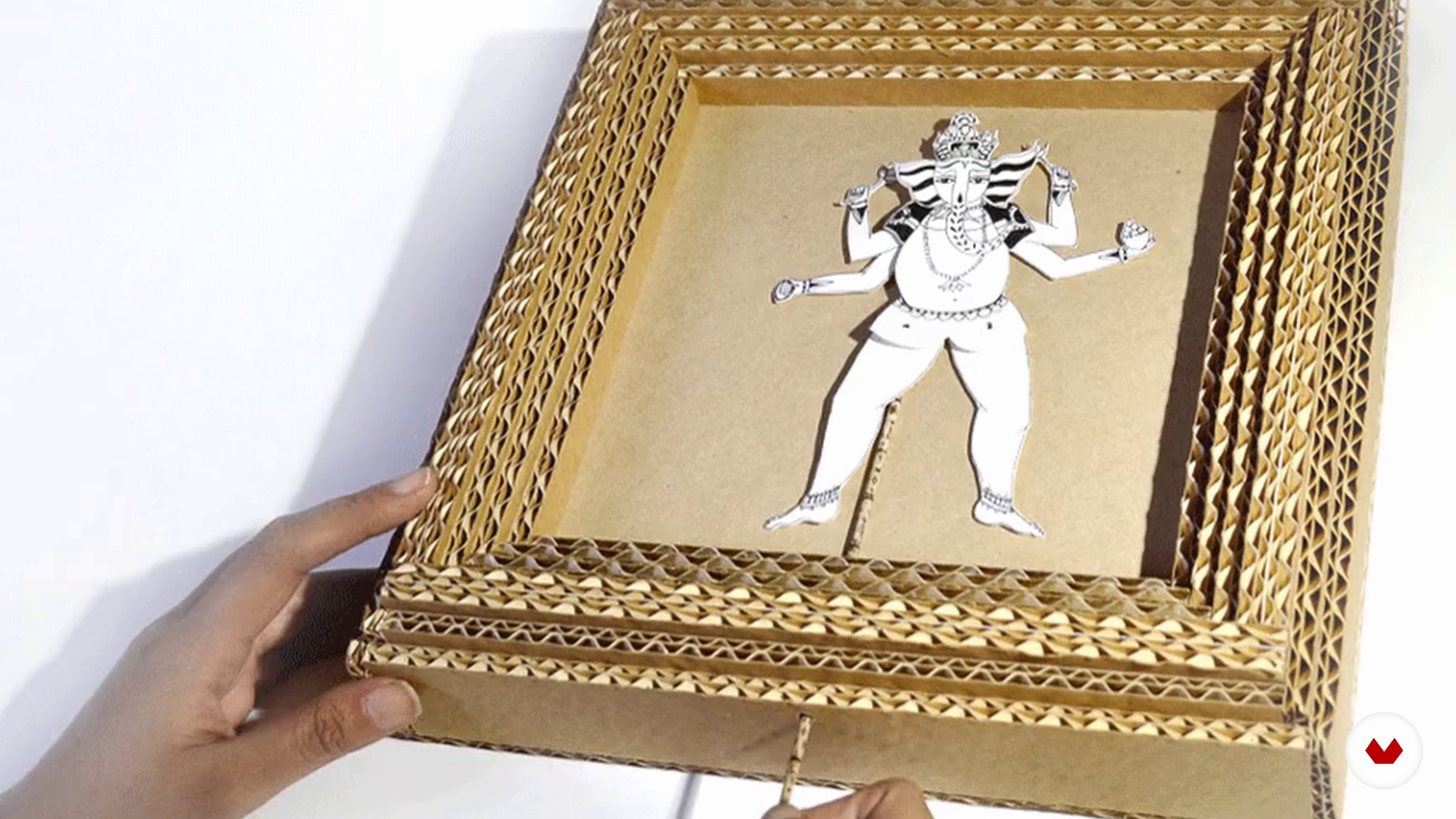
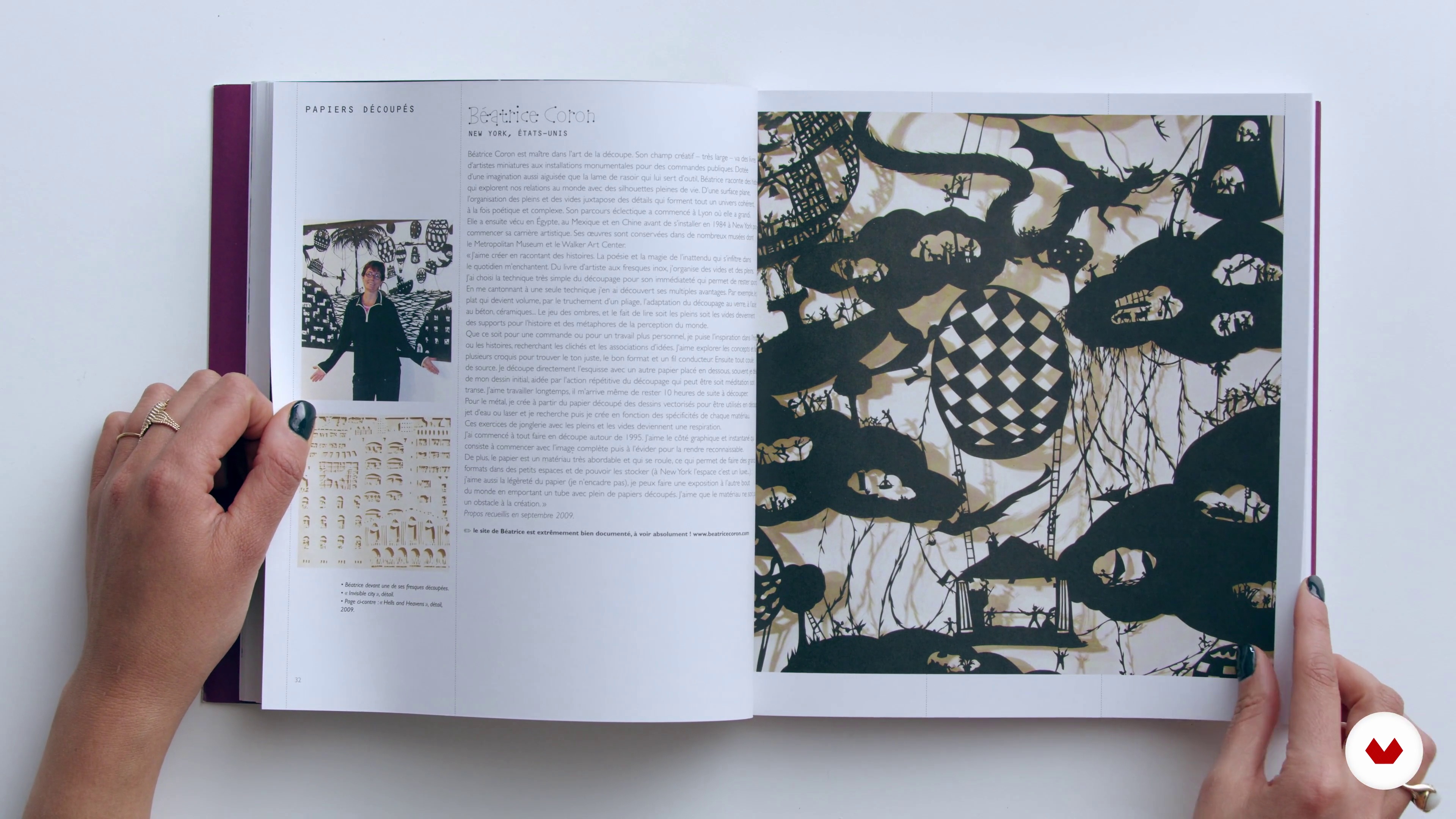
- 100% positive reviews (2)
- 344 students
- 107 lessons (22h 6m)
- 149 additional resources (52 files)
- Online and at your own pace
- Audio: English, Spanish
- Spanish · English · Portuguese · German · French · Italian · Polish · Dutch · Turkish · Romanian · Indonesian
- Level: Beginner
- Unlimited access forever
What is this course's project?
Students will master paper sculpting techniques to create a dimensional paper sculpture inspired by nature or architecture. The final project involves designing and building a visually impactful piece, showcasing advanced skills in layering, shaping, and volumetric design.
Who is this specialization for?
Artists, illustrators, crafters, and visual storytellers seeking to explore the creative possibilities of paper will find this course ideal. Perfect for those wanting to learn techniques for constructing three-dimensional artworks, installations, and decorative compositions using paper.
Requirements and materials
No extensive prior knowledge is needed, just a passion for creativity. Basic materials include various types of paper, cutting tools, adhesives, and optional specialty papers or lighting elements. A workspace to explore paper manipulation techniques is recommended.

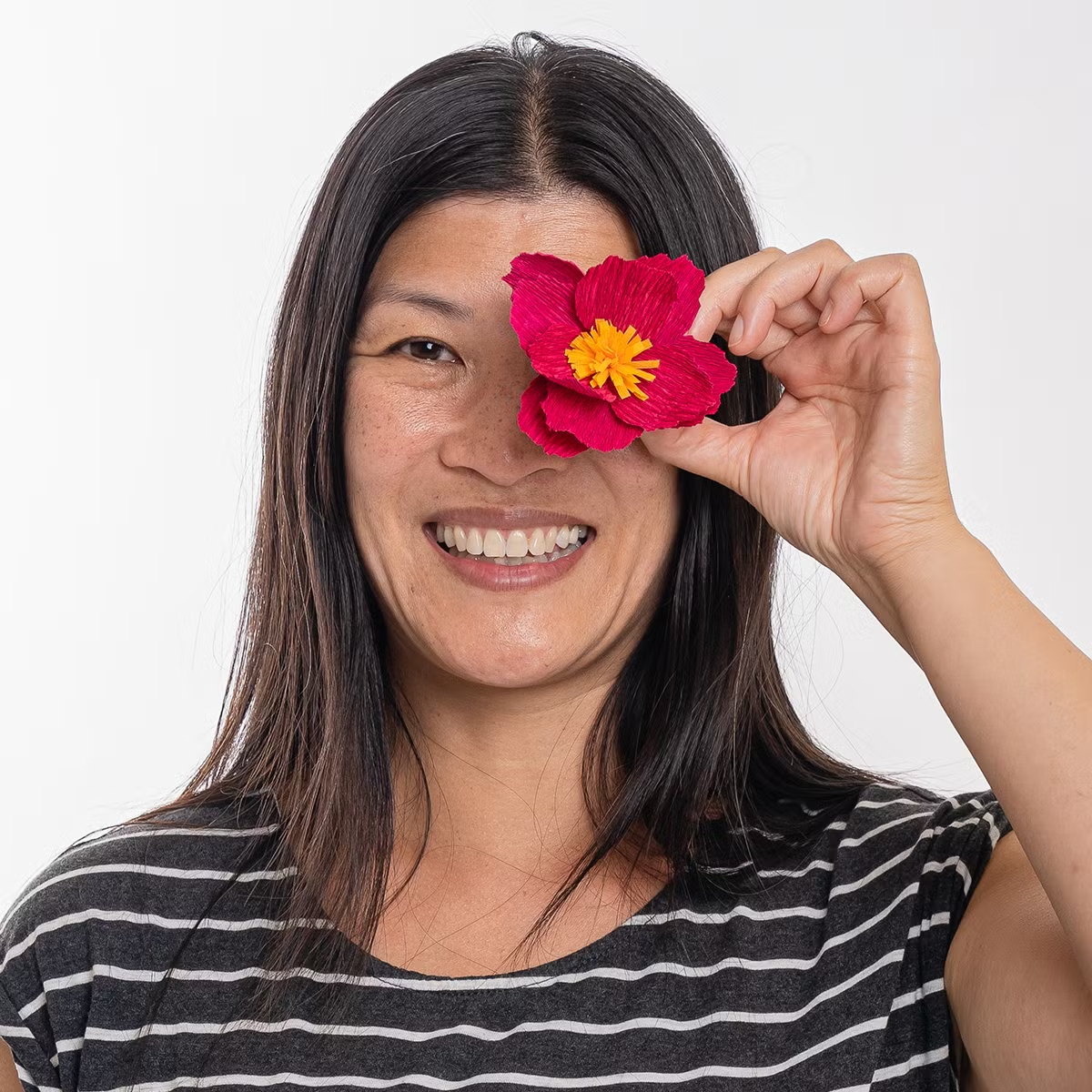
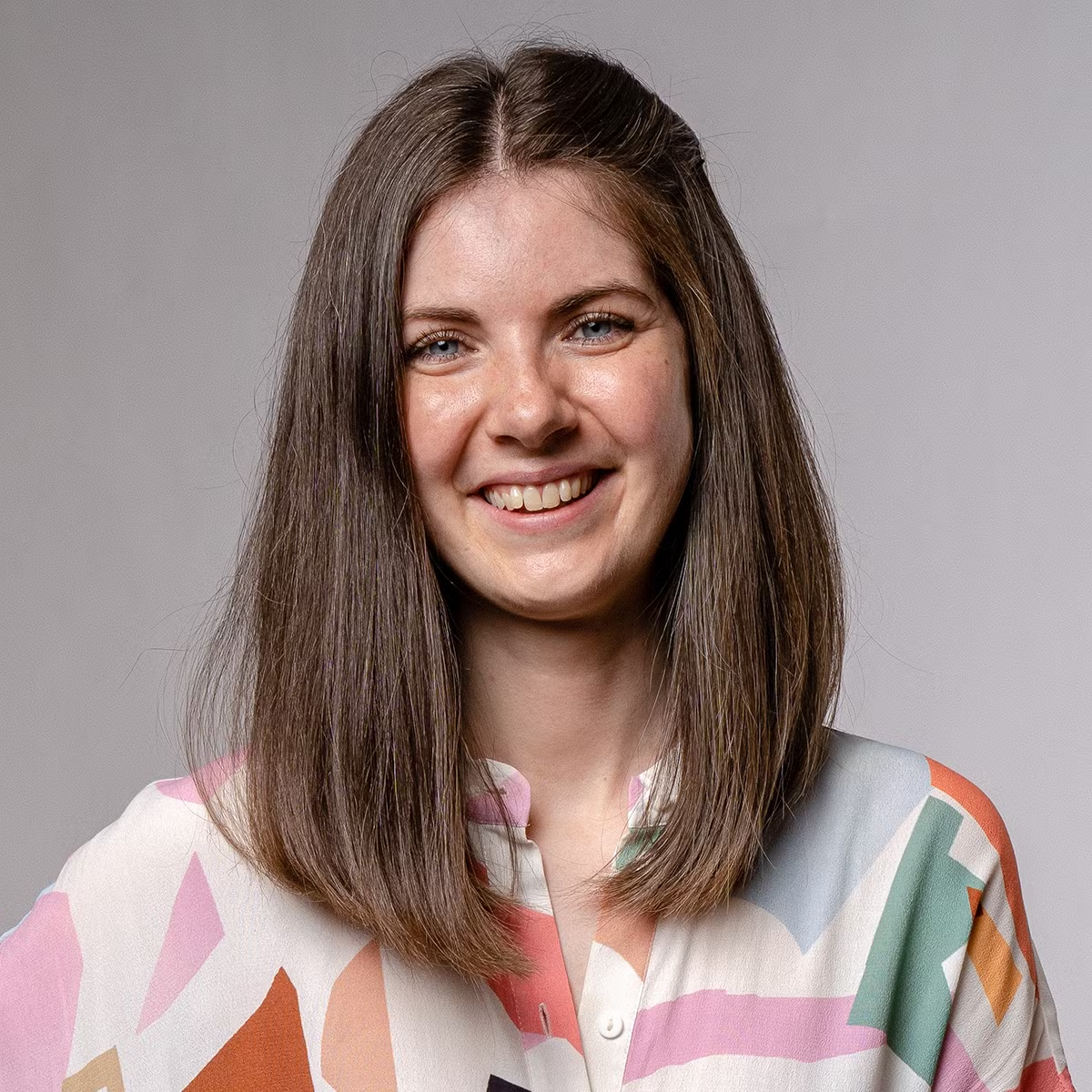
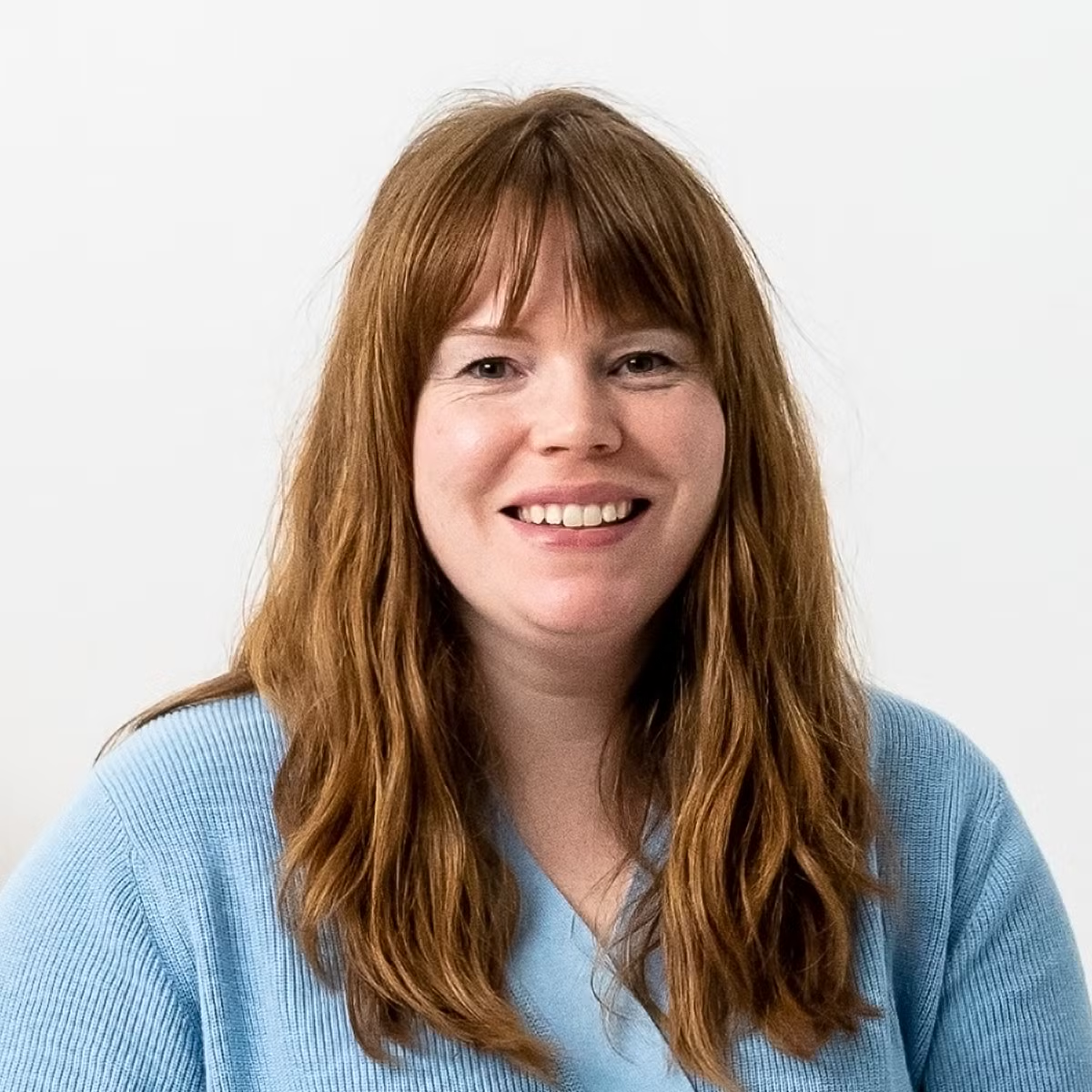
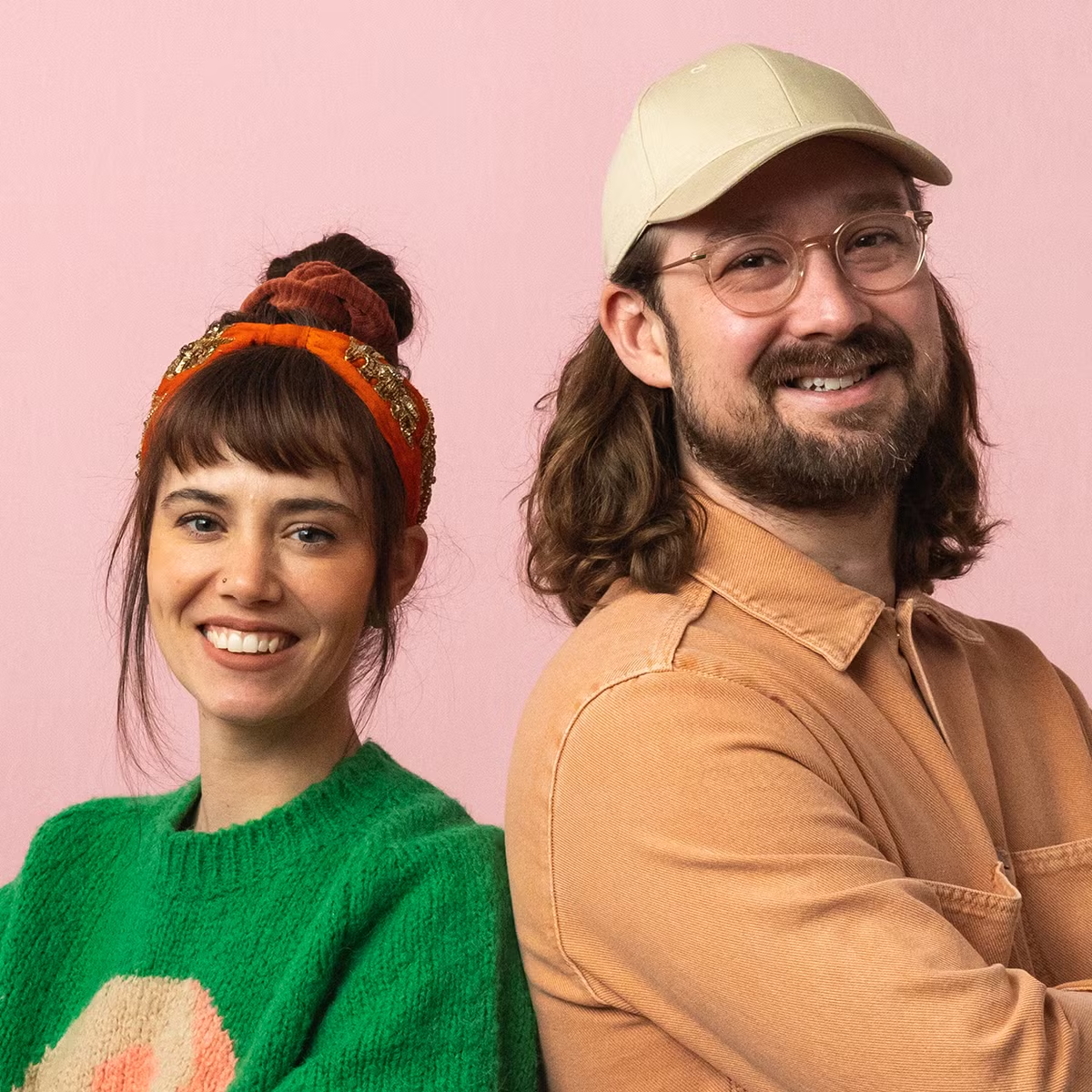

Reviews
What to expect from this specialization course
-
Learn at your own pace
Enjoy learning from home without a set schedule and with an easy-to-follow method. You set your own pace.
-
Learn from the best professionals
Learn valuable methods and techniques explained by top experts in the creative sector.
-
Meet expert teachers
Each expert teaches what they do best, with clear guidelines, true passion, and professional insight in every lesson.
-
Certificates
PlusIf you're a Plus member, get a custom certificate for every specialization course. Share it on your portfolio, social media, or wherever you like.
-
Get front-row seats
Videos of the highest quality, so you don't miss a single detail. With unlimited access, you can watch them as many times as you need to perfect your technique.
-
Share knowledge and ideas
Ask questions, request feedback, or offer solutions. Share your learning experience with other students in the community who are as passionate about creativity as you are.
-
Connect with a global creative community
The community is home to millions of people from around the world who are curious and passionate about exploring and expressing their creativity.
-
Watch professionally produced courses
Domestika curates its teacher roster and produces every course in-house to ensure a high-quality online learning experience.
FAQs
What are Domestika's online courses?
Domestika courses are online classes that allow you to learn new skills and create incredible projects. All our courses include the opportunity to share your work with other students and/or teachers, creating an active learning community. We offer different formats:
Original Courses: Complete classes that combine videos, texts, and educational materials to complete a specific project from start to finish.
Basics Courses: Specialized training where you master specific software tools step by step.
Specialization Courses: Learning paths with various expert teachers on the same topic, perfect for becoming a specialist by learning from different approaches.
Guided Courses: Practical experiences ideal for directly acquiring specific skills.
Intensive Courses (Deep Dives): New creative processes based on artificial intelligence tools in an accessible format for in-depth and dynamic understanding.
When do the specialization courses start and when do they finish?
All specialization courses are 100% online, so once they're published, specialization courses start and finish whenever you want. You set the pace of the class. You can go back to review what interests you most and skip what you already know, ask questions, answer questions, share your projects, and more.
What do Domestika's specialization courses include?
The specialization courses are divided into different modules. Each one includes lessons, informational text, tasks, and practice exercises to help you carry out your project step by step, with additional complementary resources and downloads. You'll also have access to an exclusive forum where you can interact with other students, as well as share your work and your final project, creating a community around the specialization courses.
Have you been given a specialization courses?
You can redeem the specialization courses you received by accessing the redeeming page and entering your gift code.

I'm in the middle of the 'Paper Art Storytelling' course, and I already feel overflowing with excitement and ideas since the very first video. The lessons are packed with inspiration, knowledge, and hands-on practice. I can’t wait to see the masterpieces that will grow out of this journey!
sporo materiałów i sporo zabawy